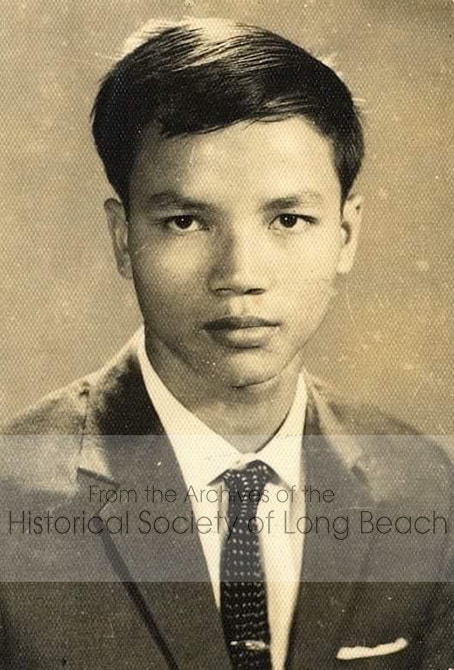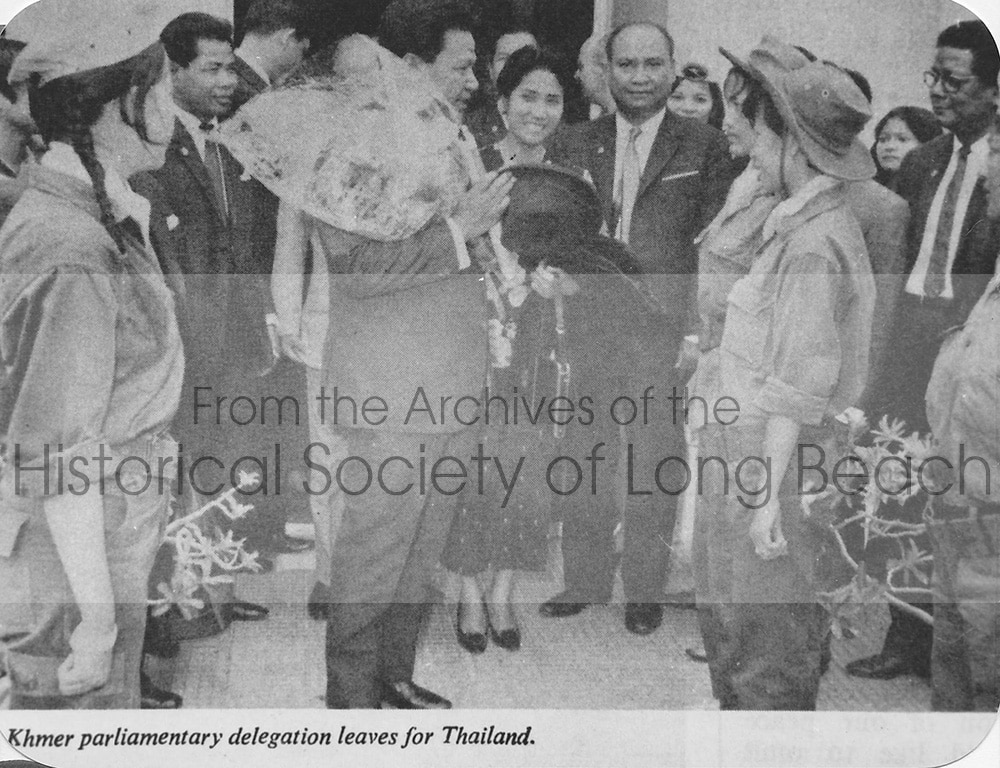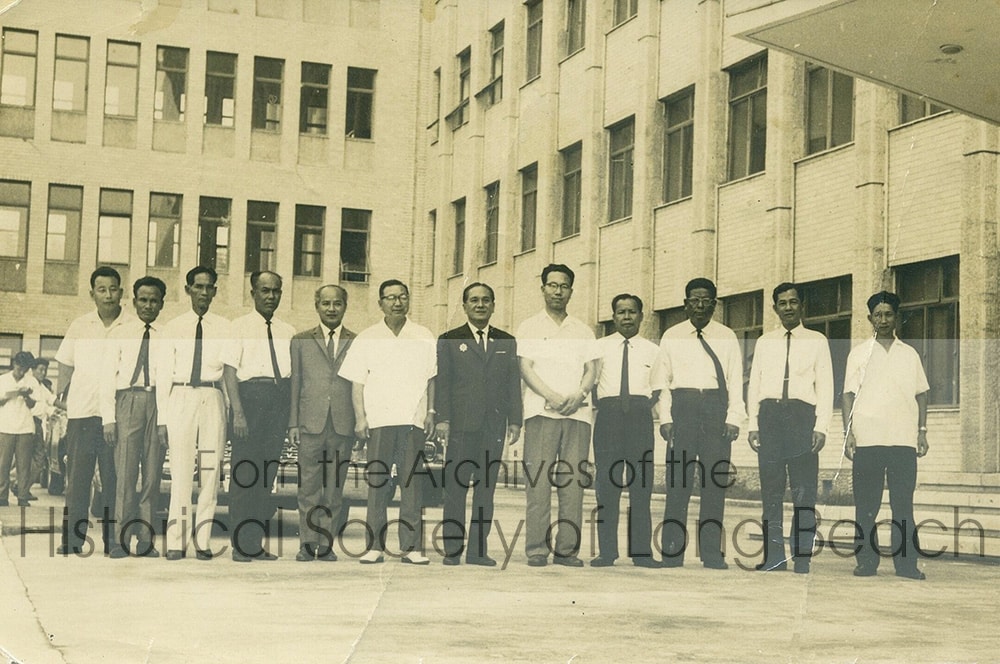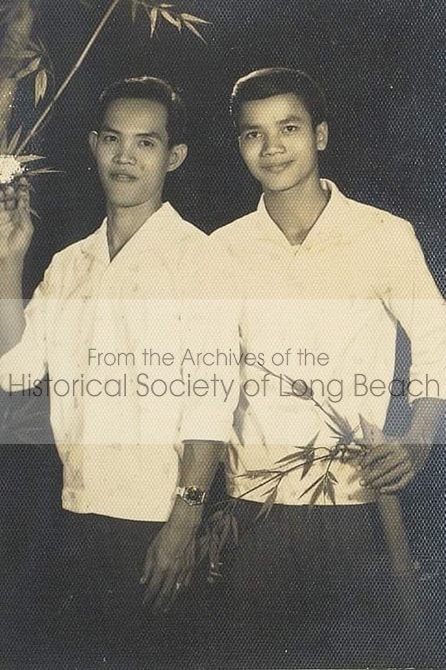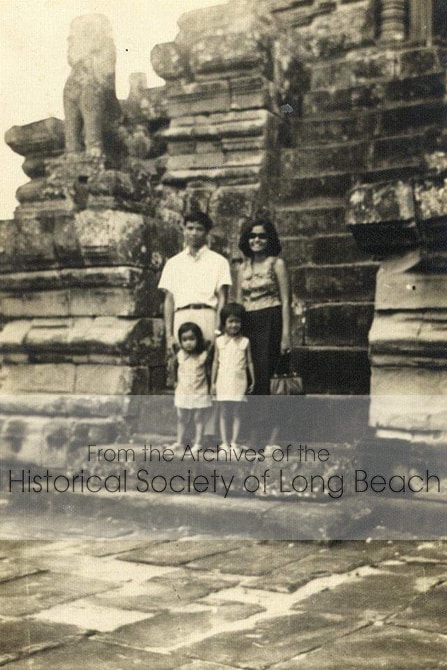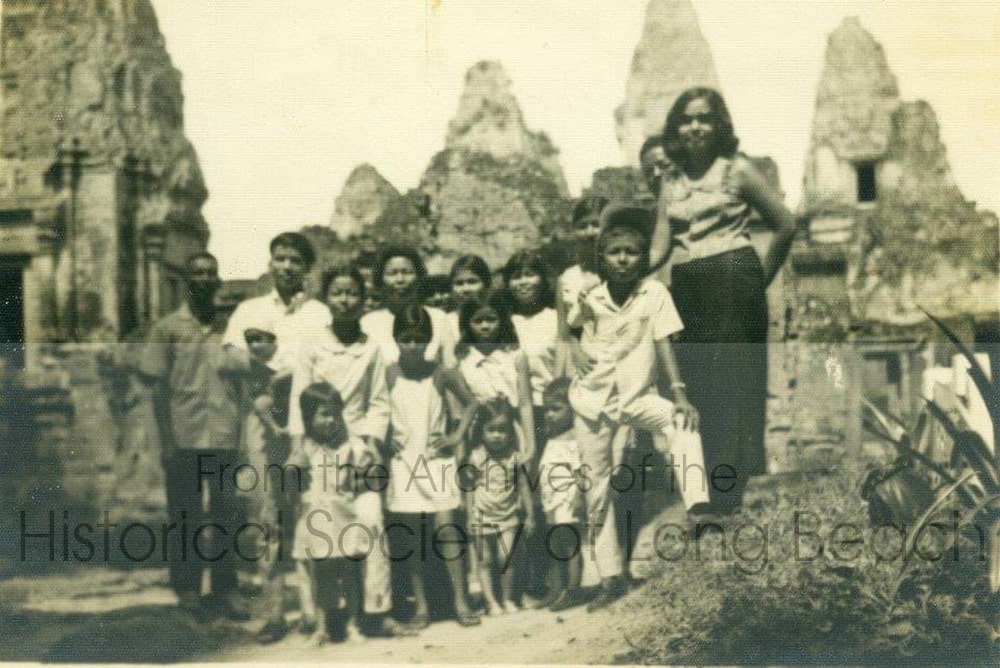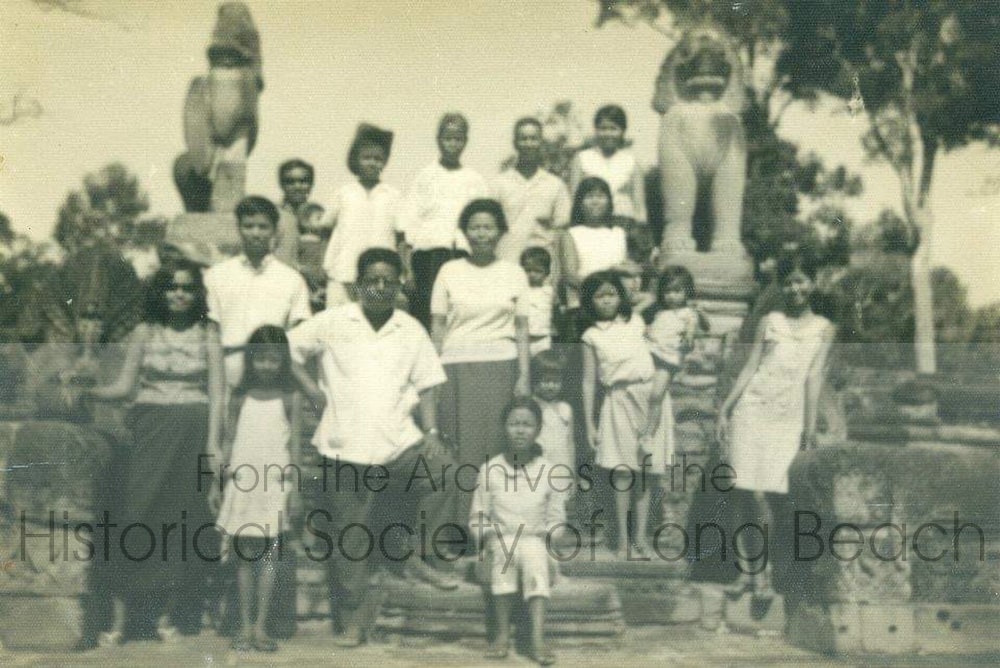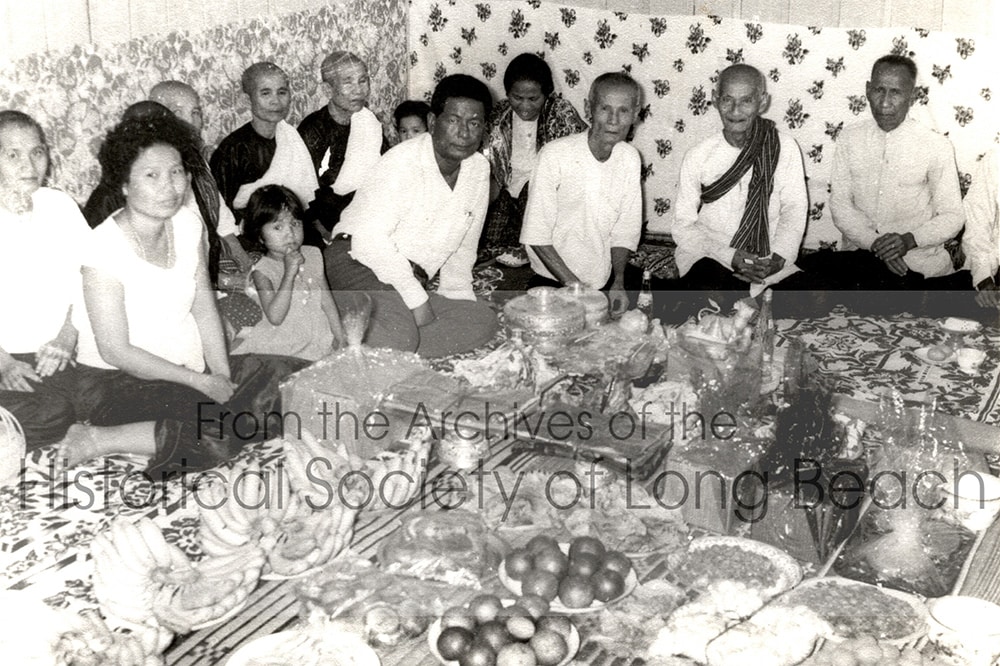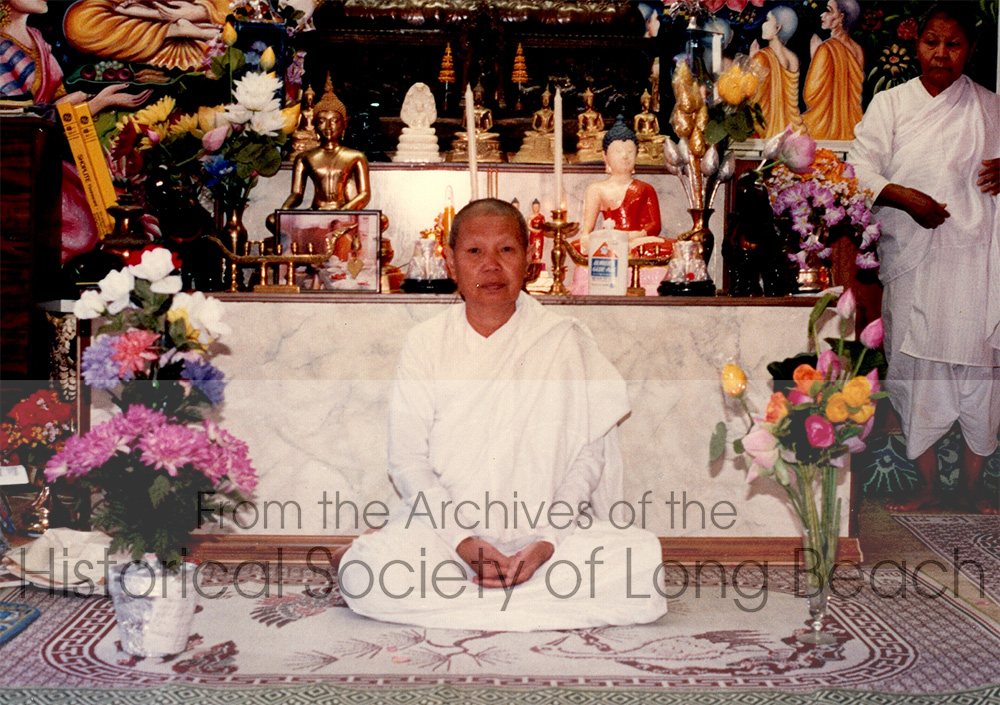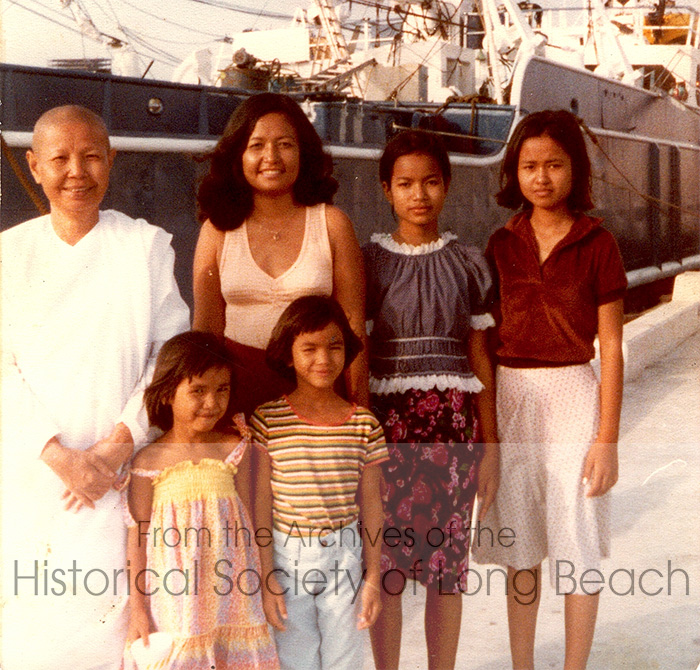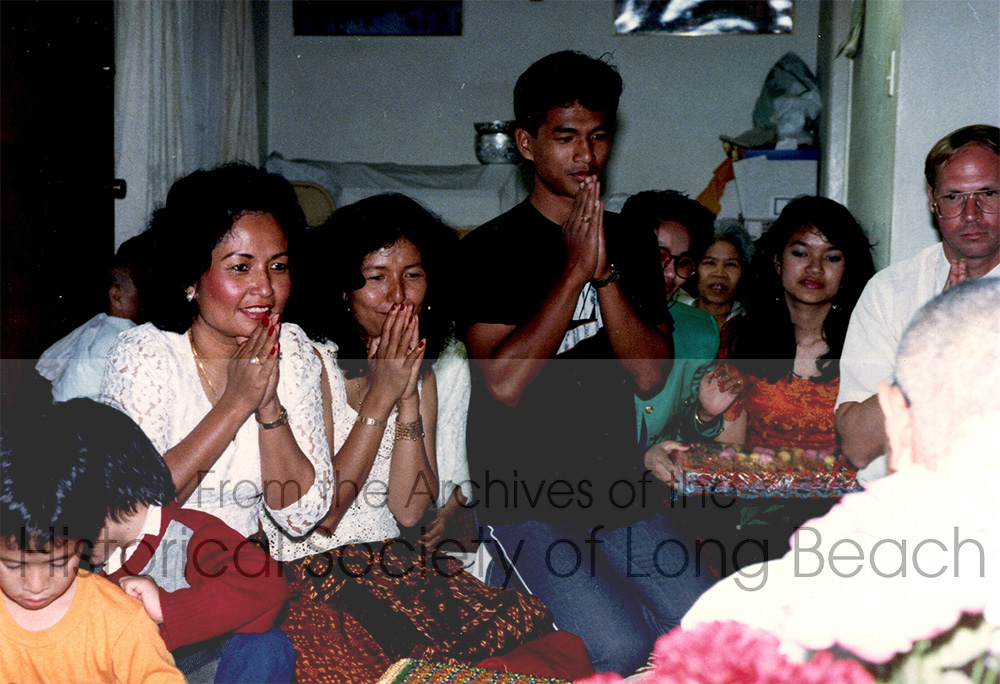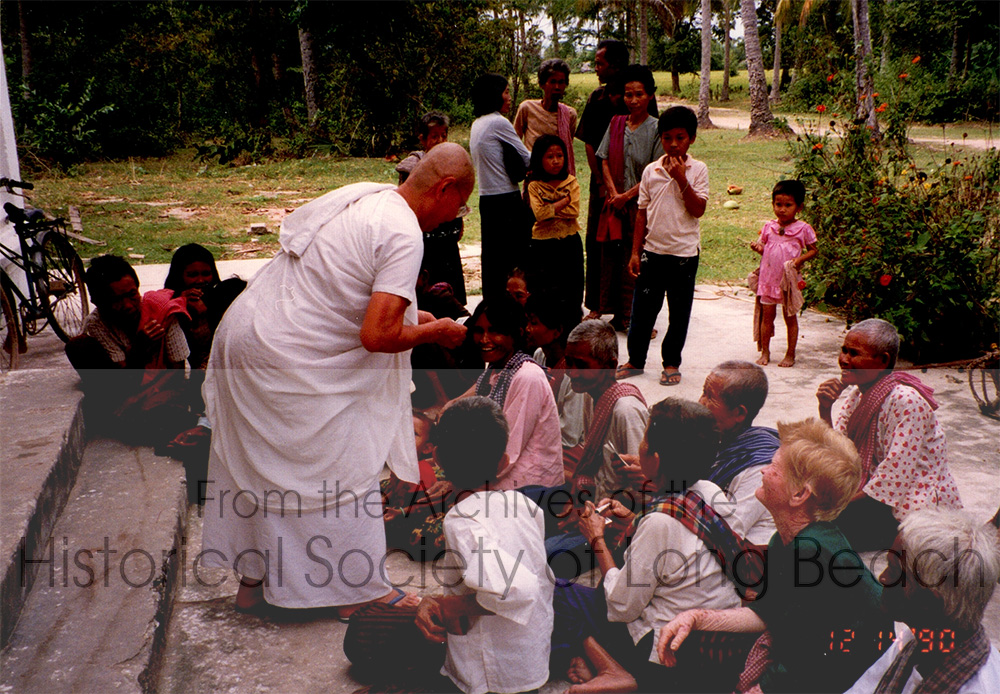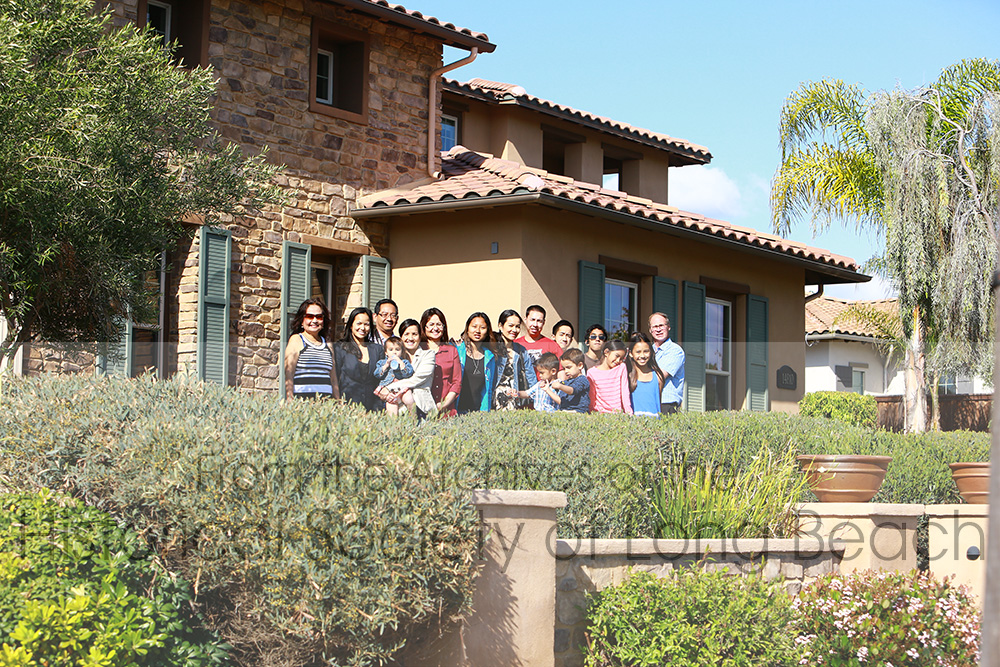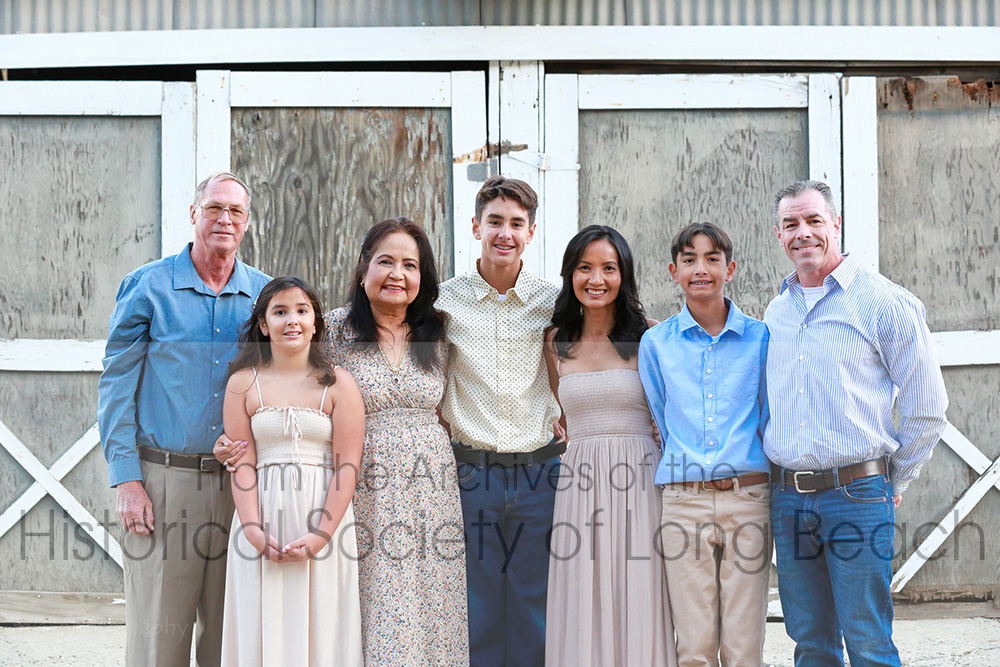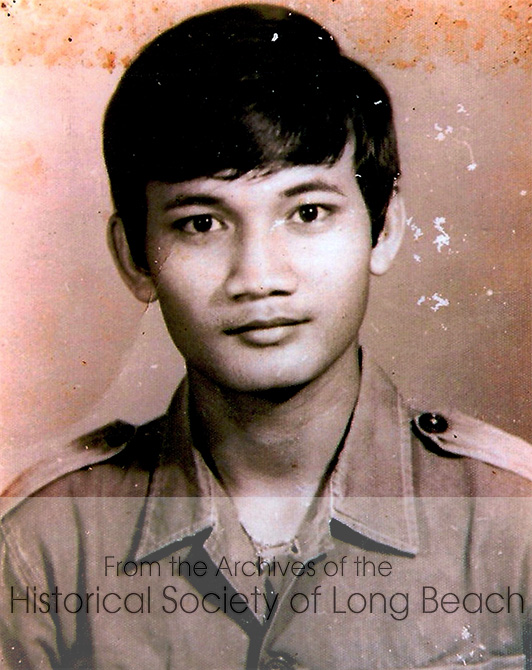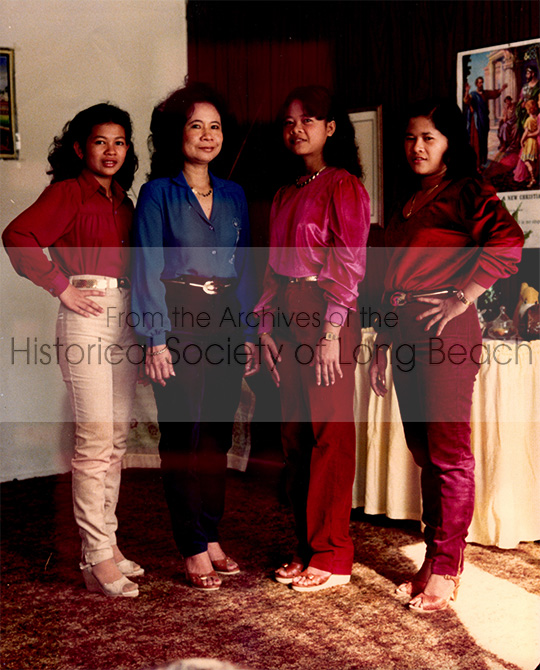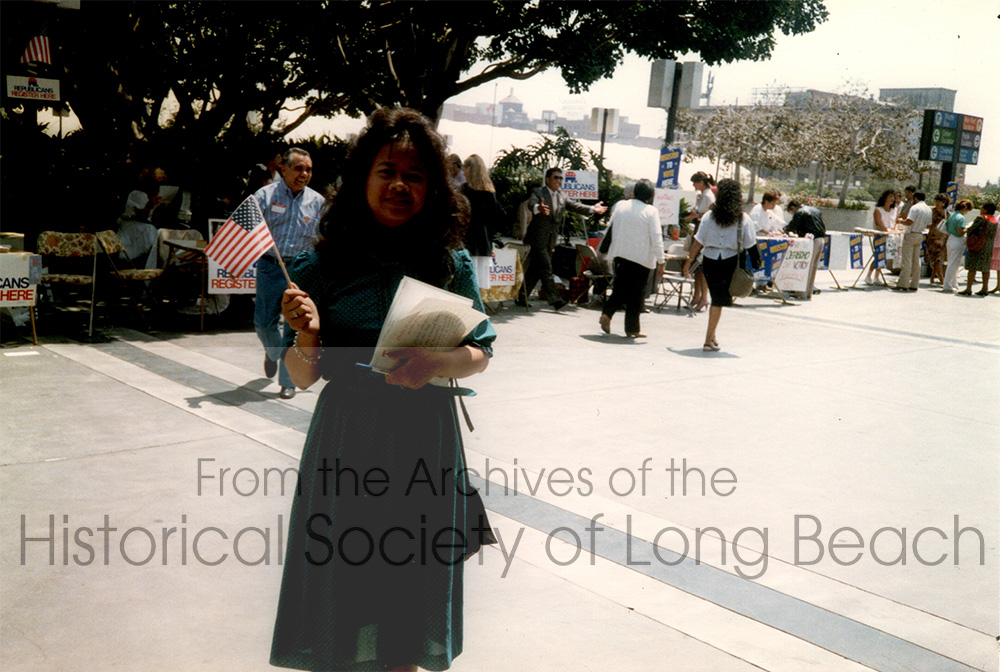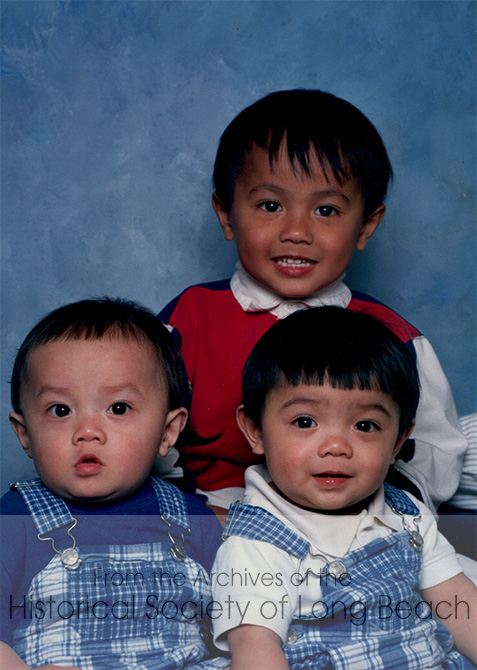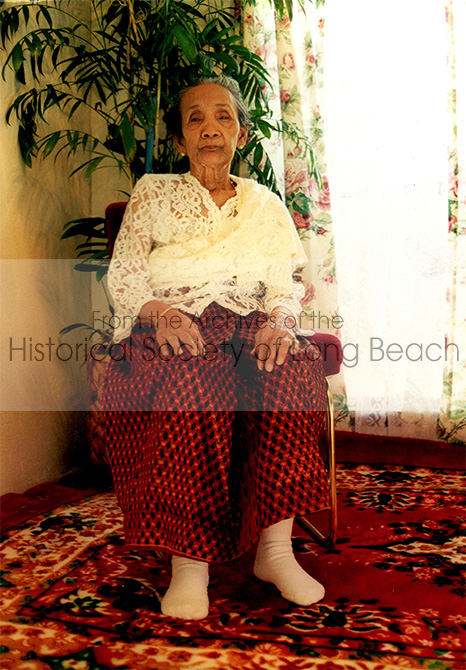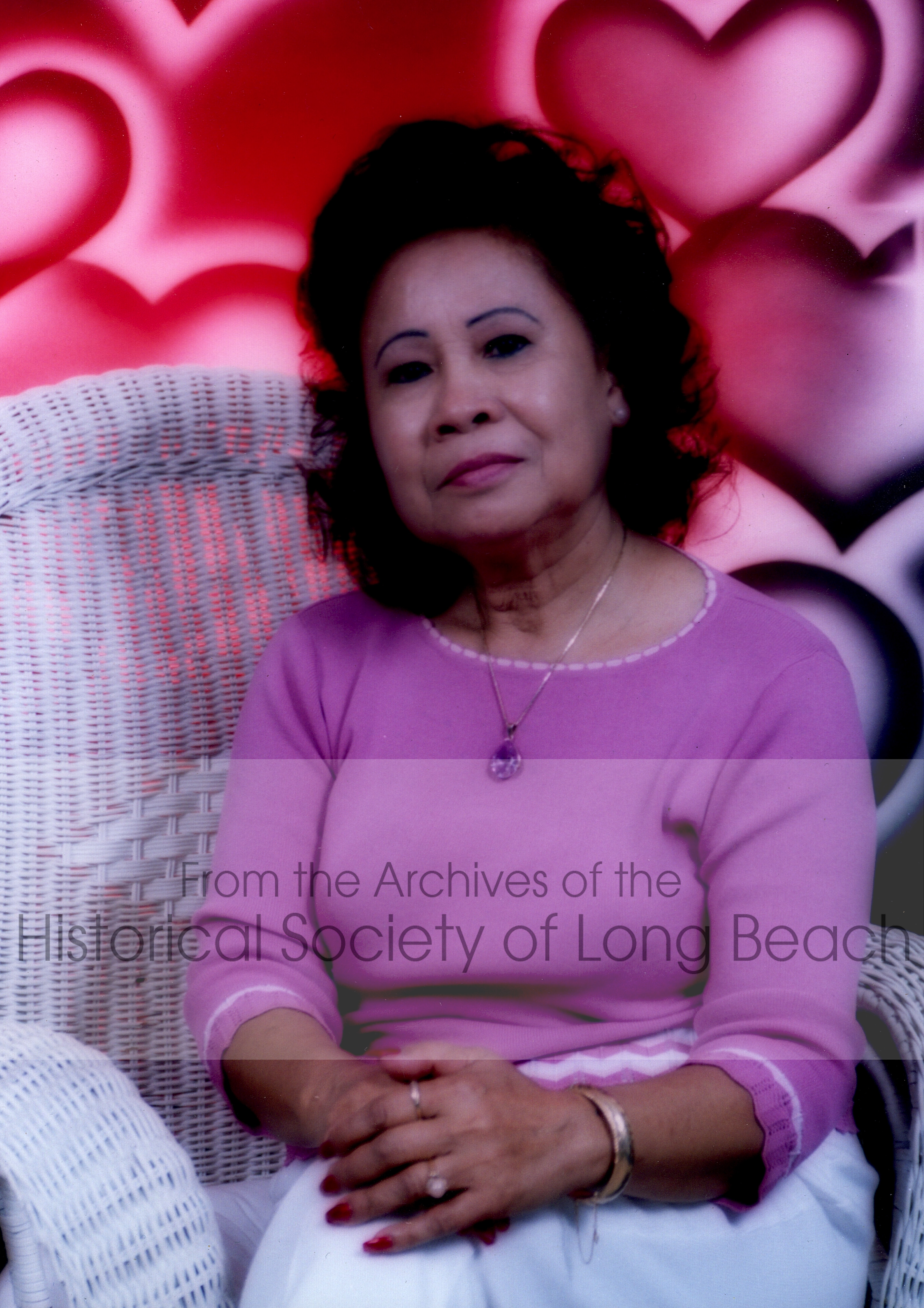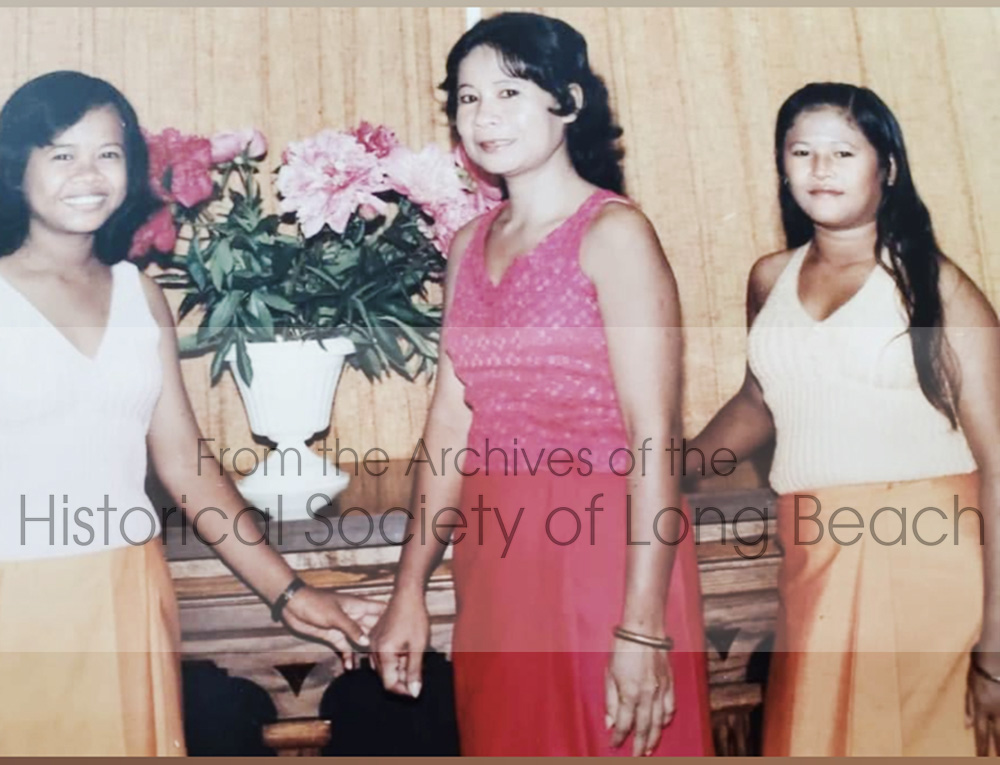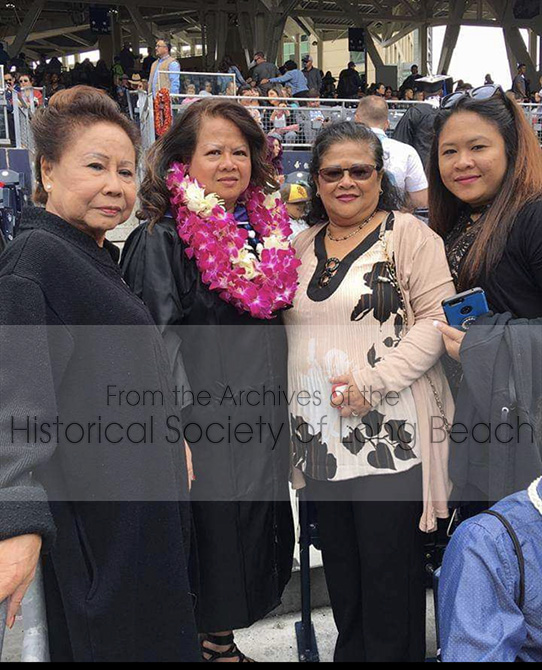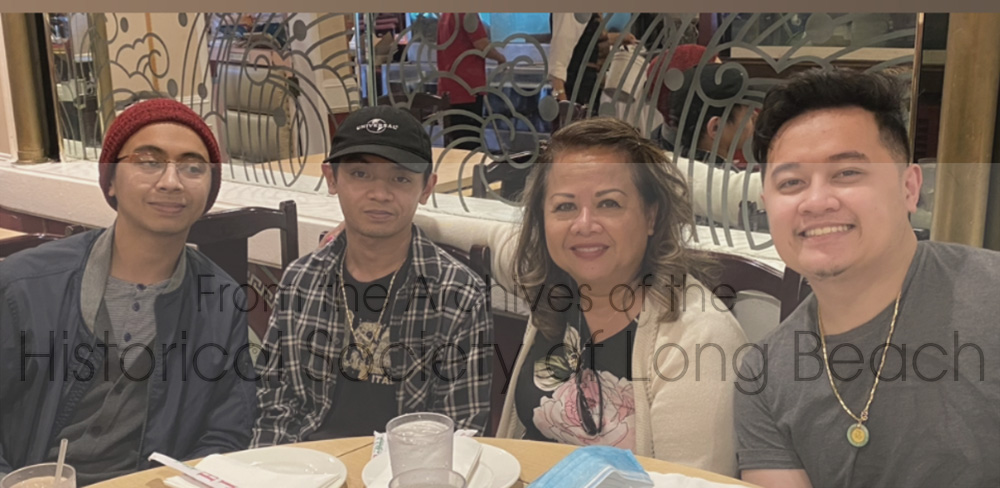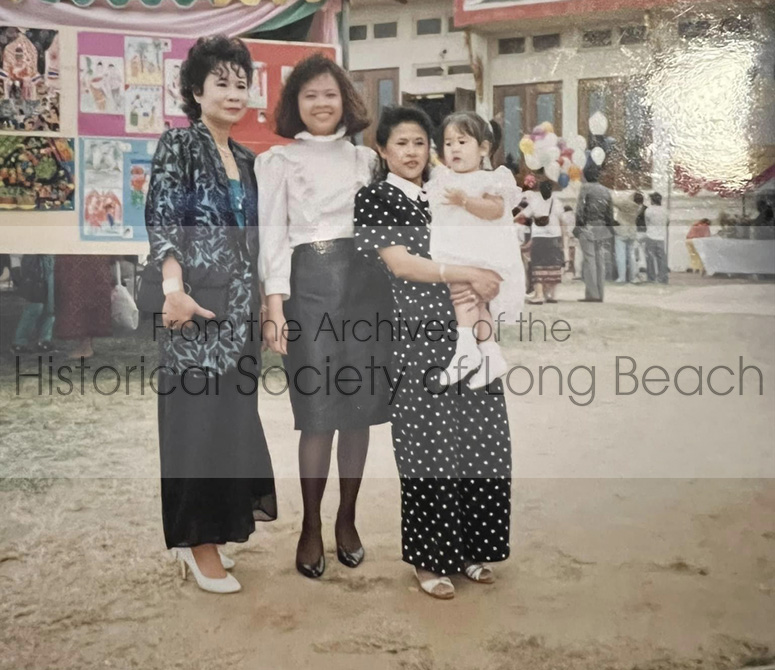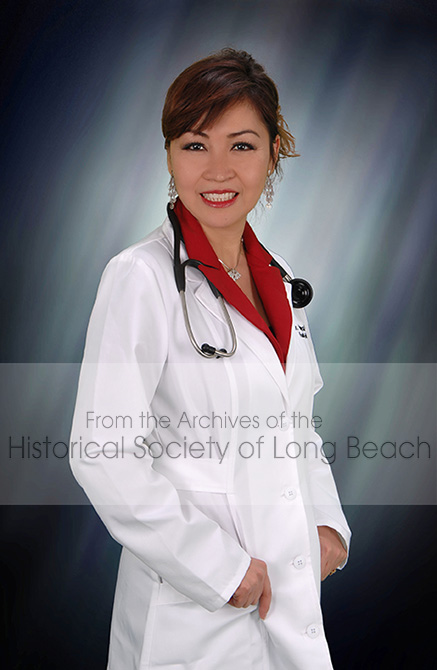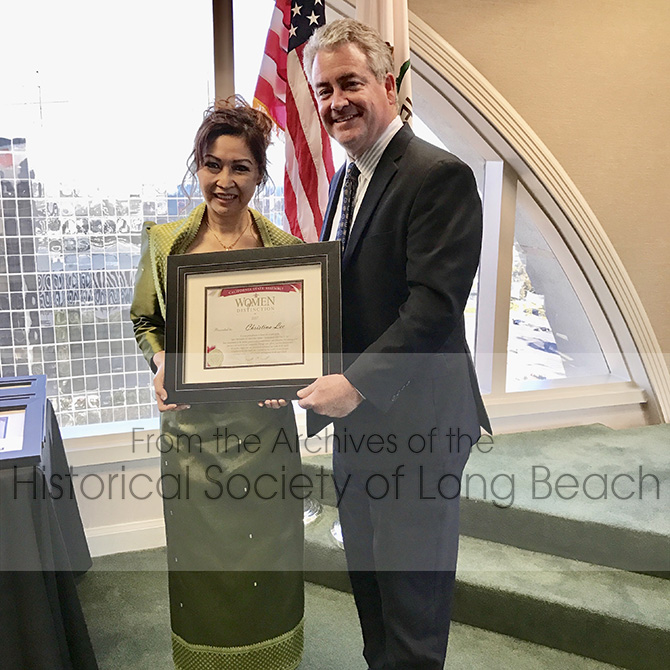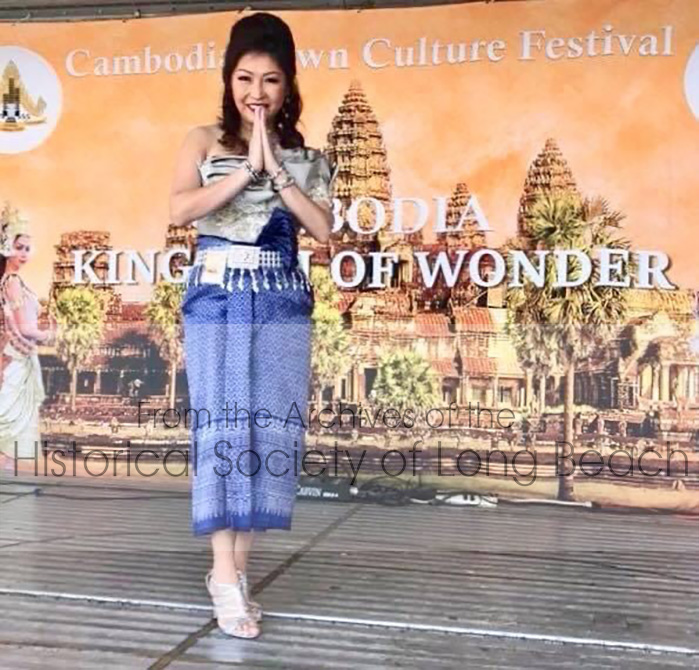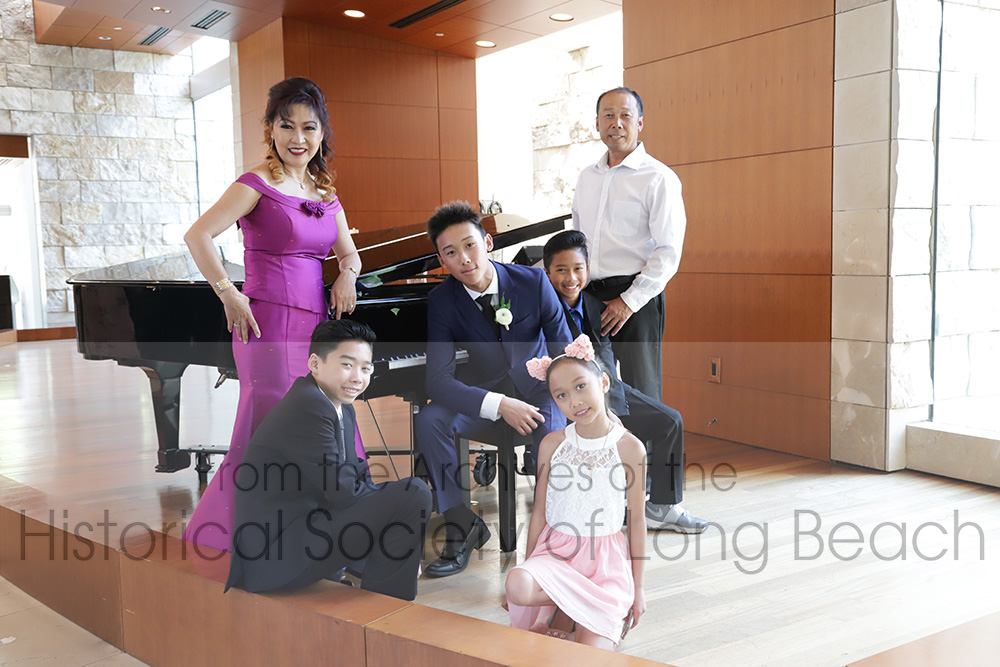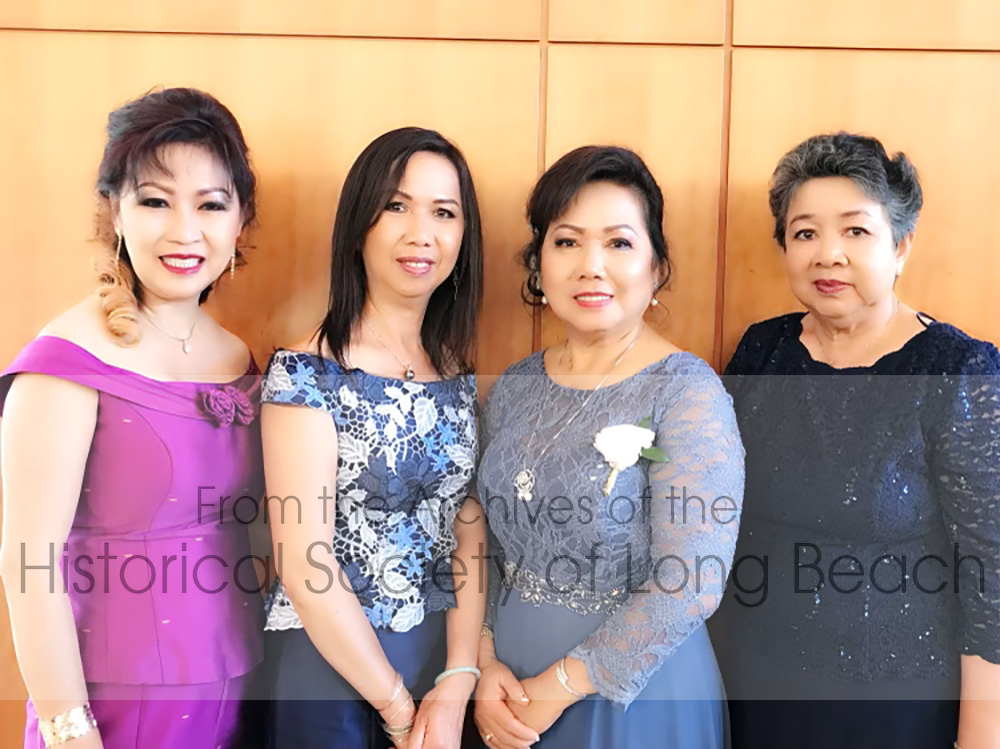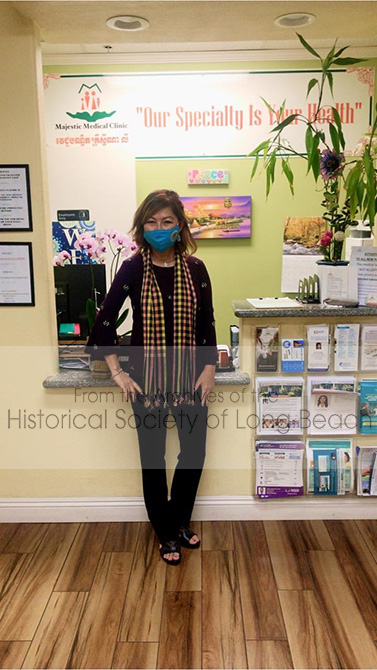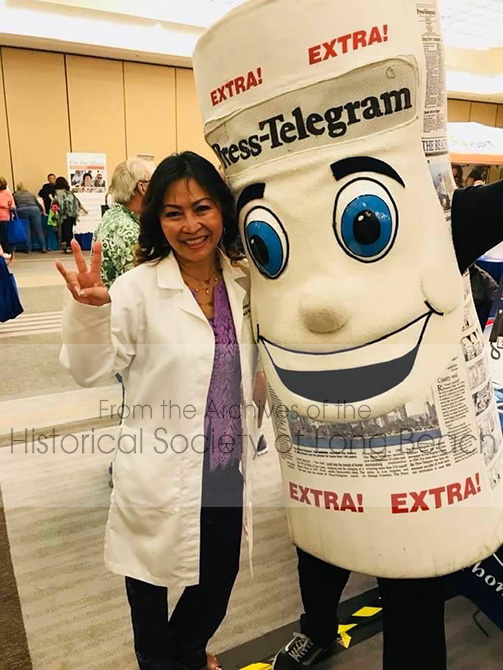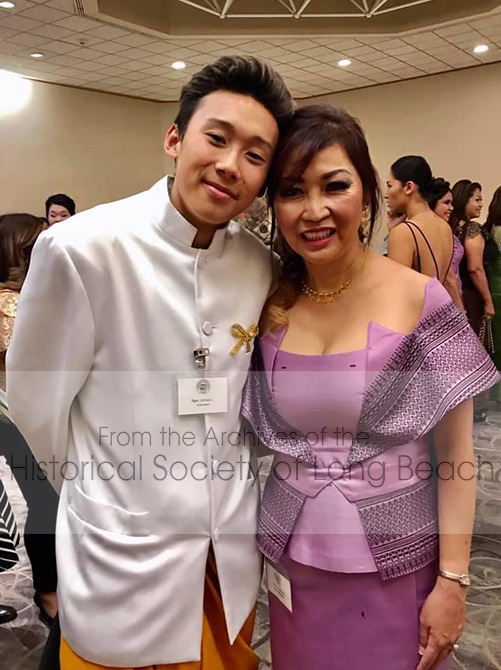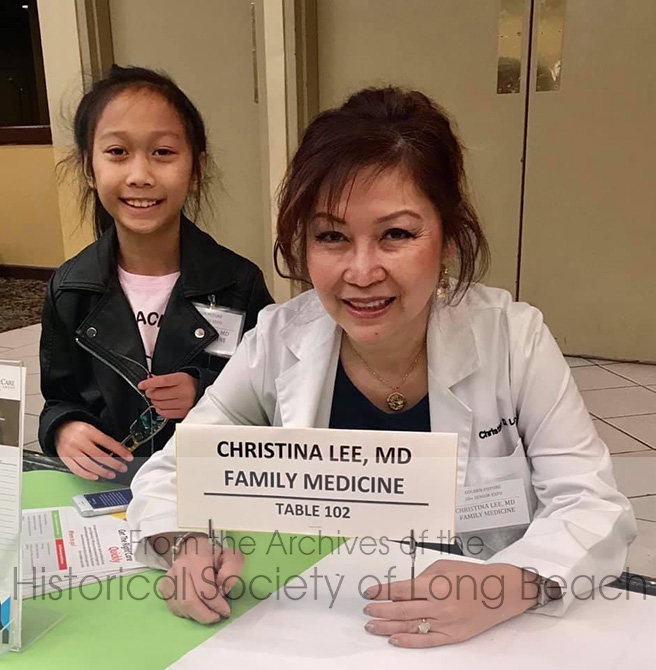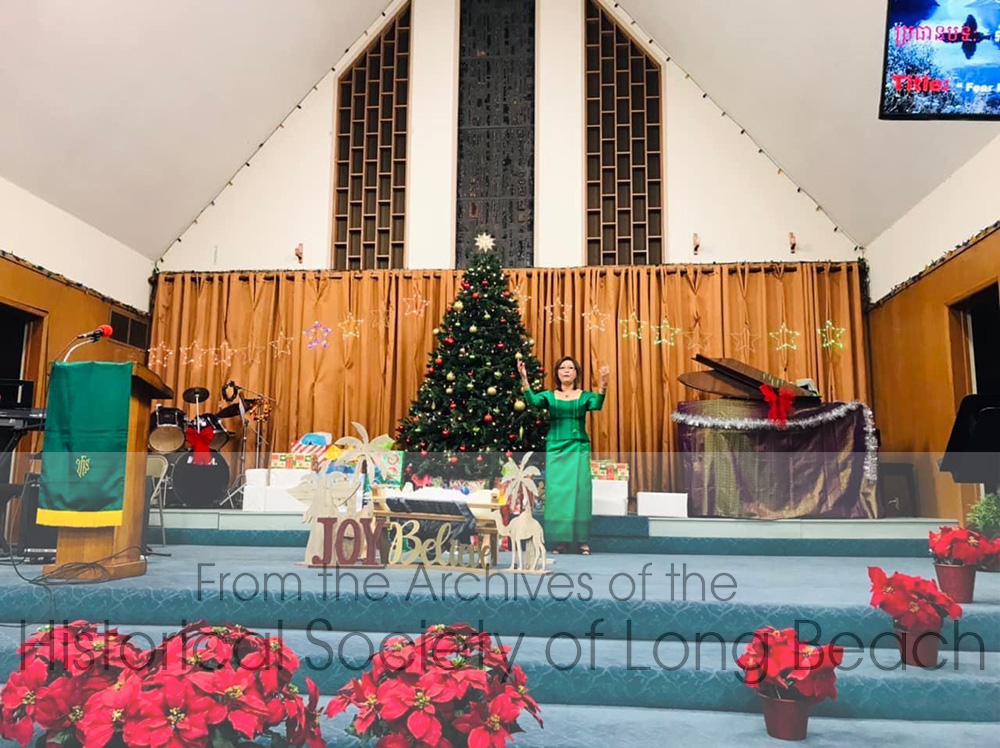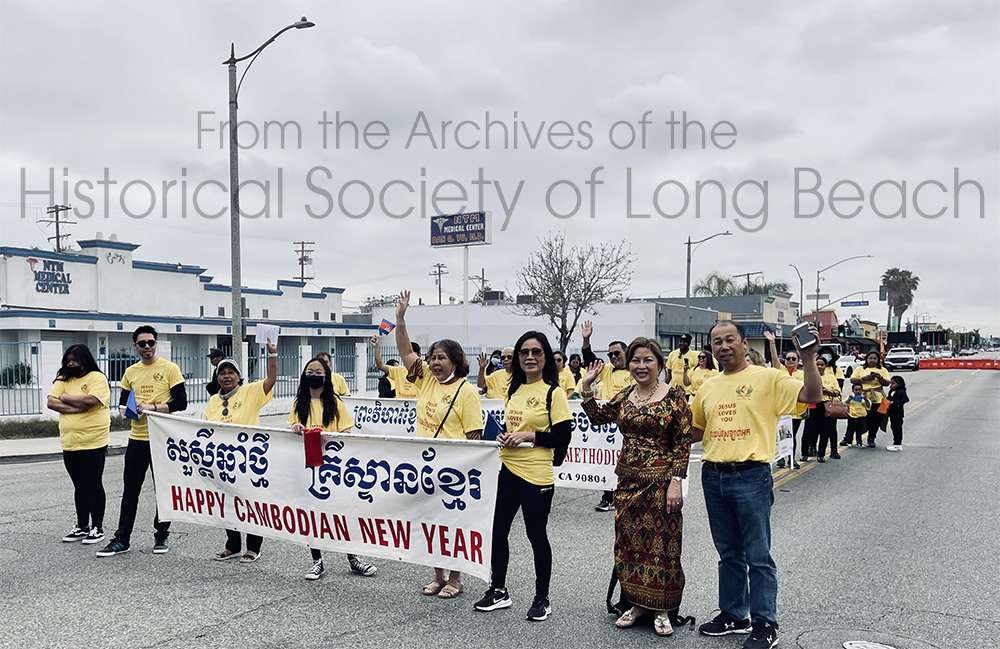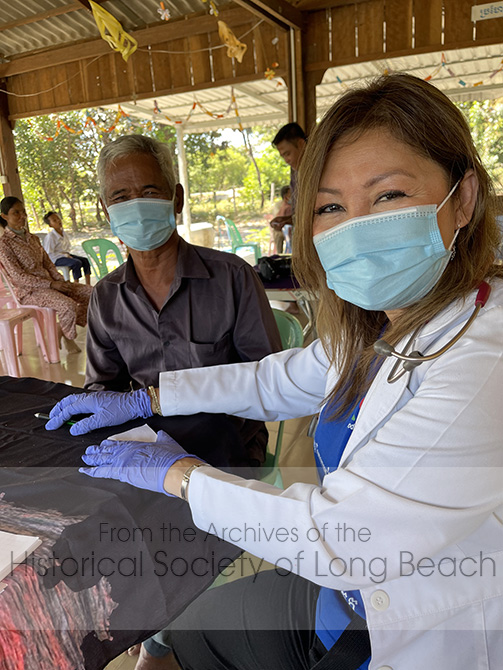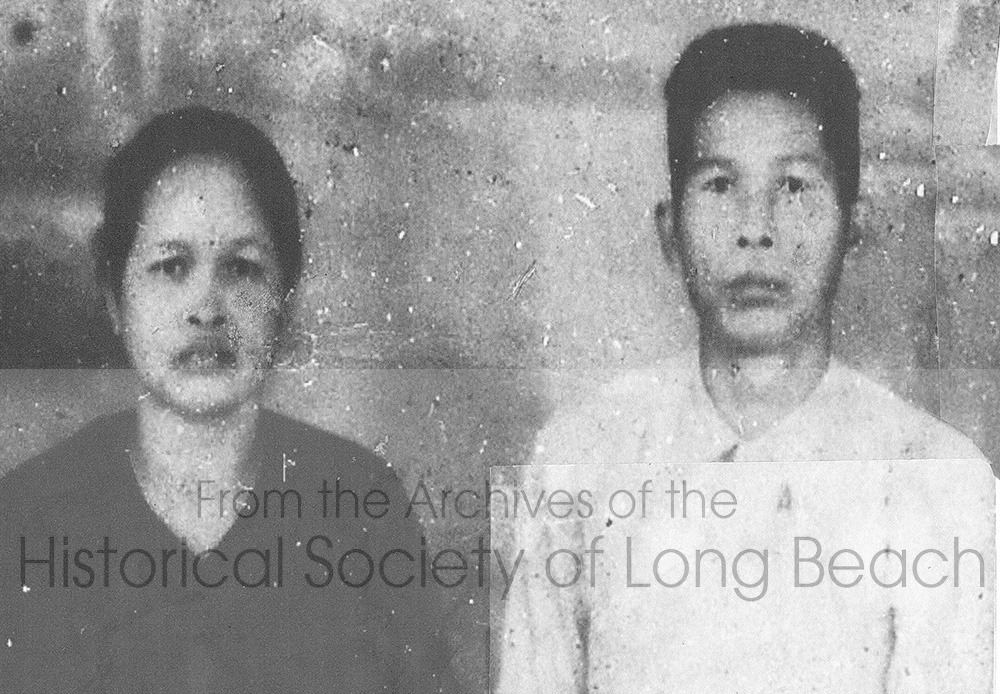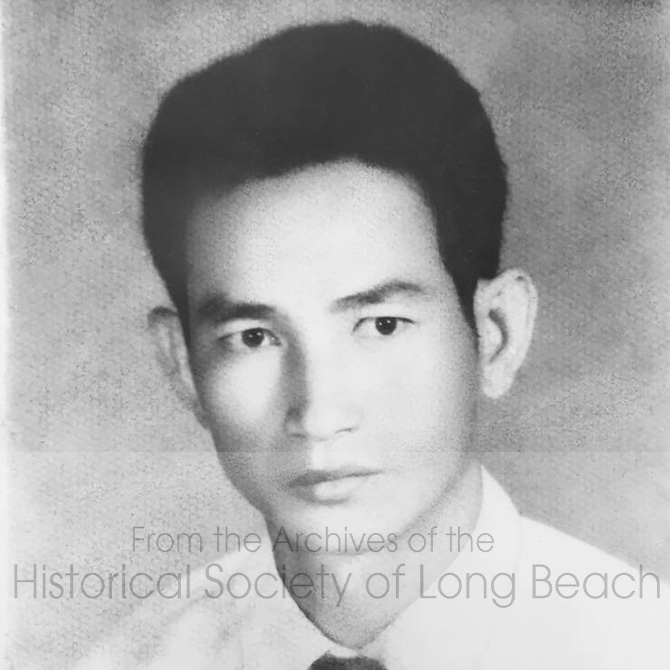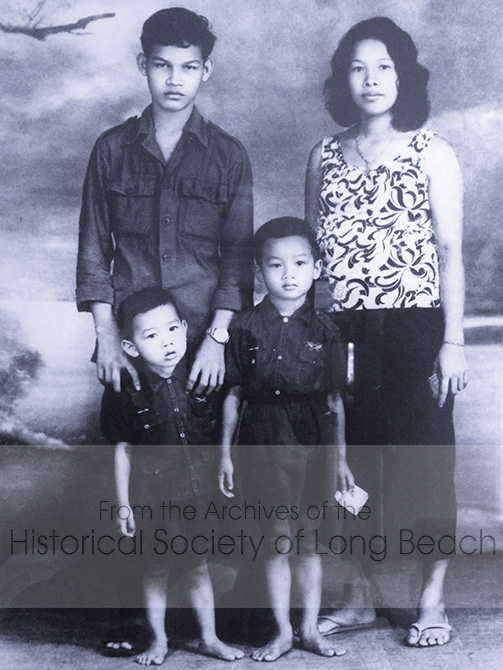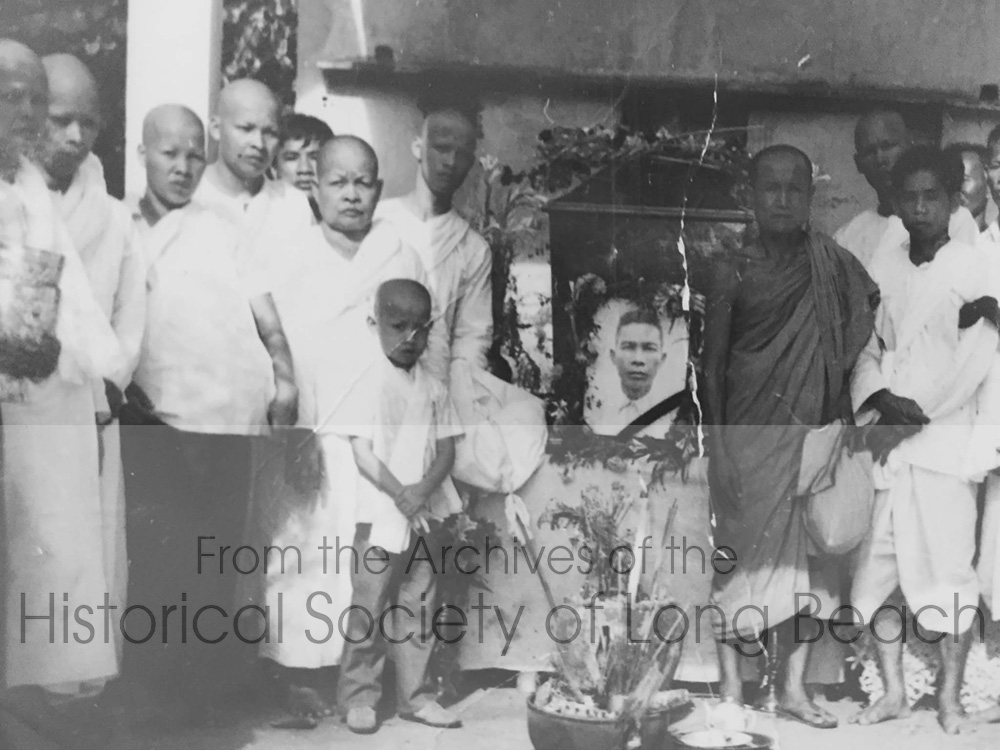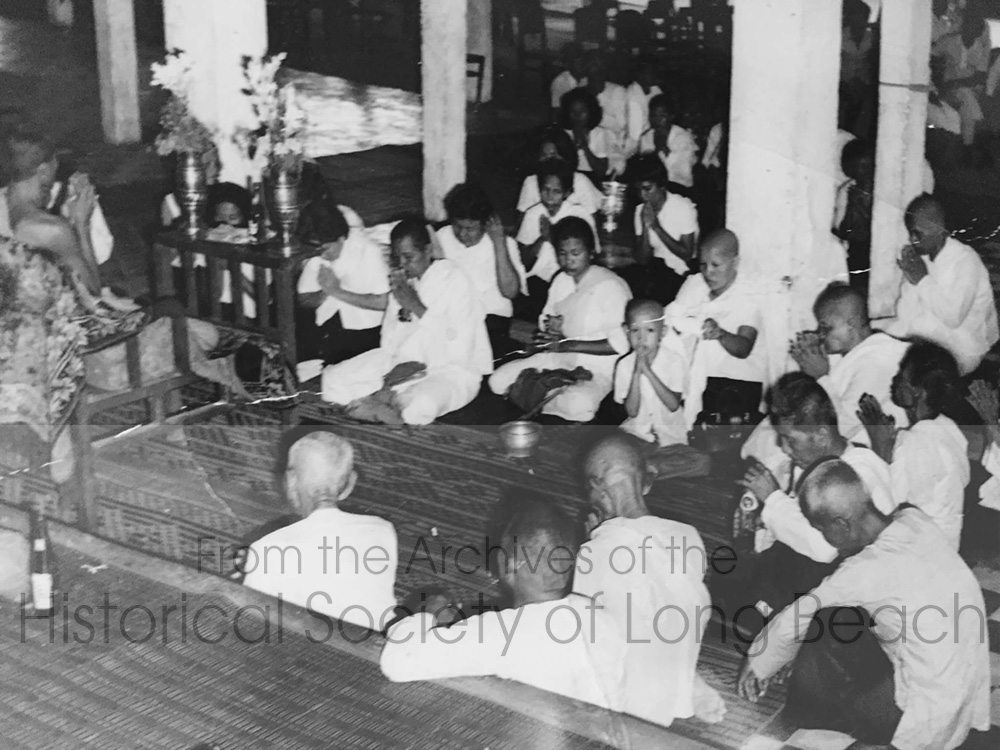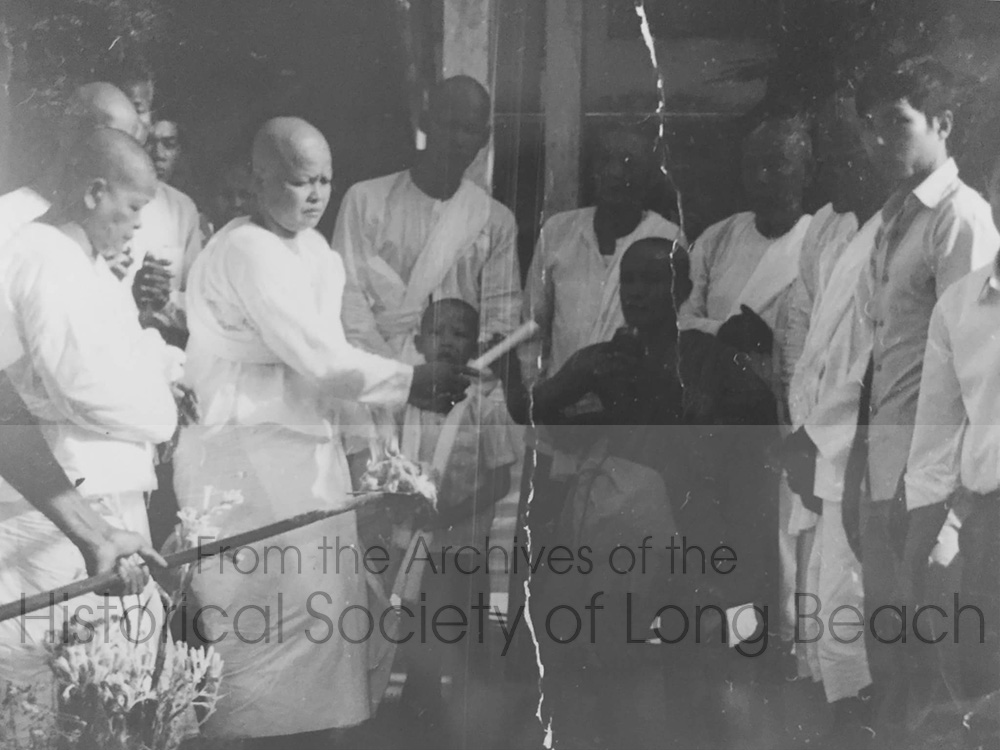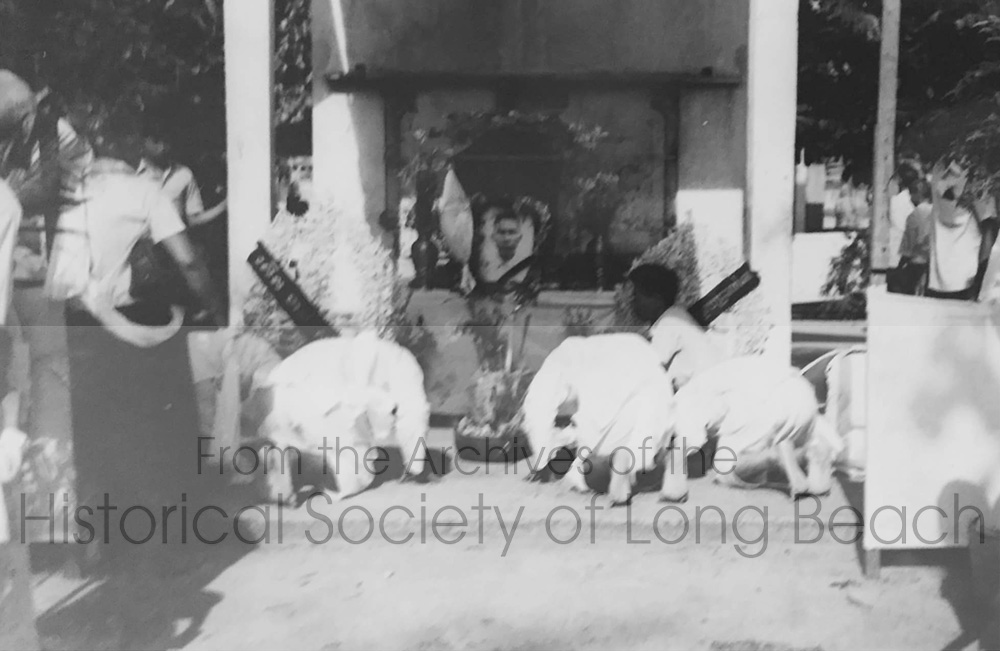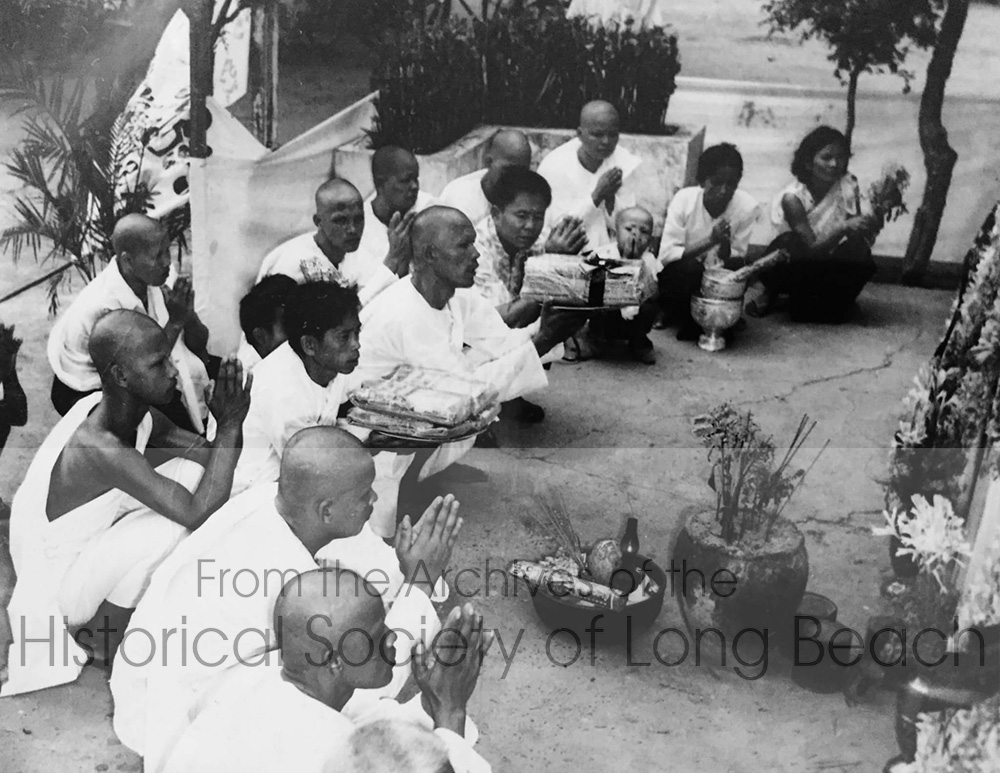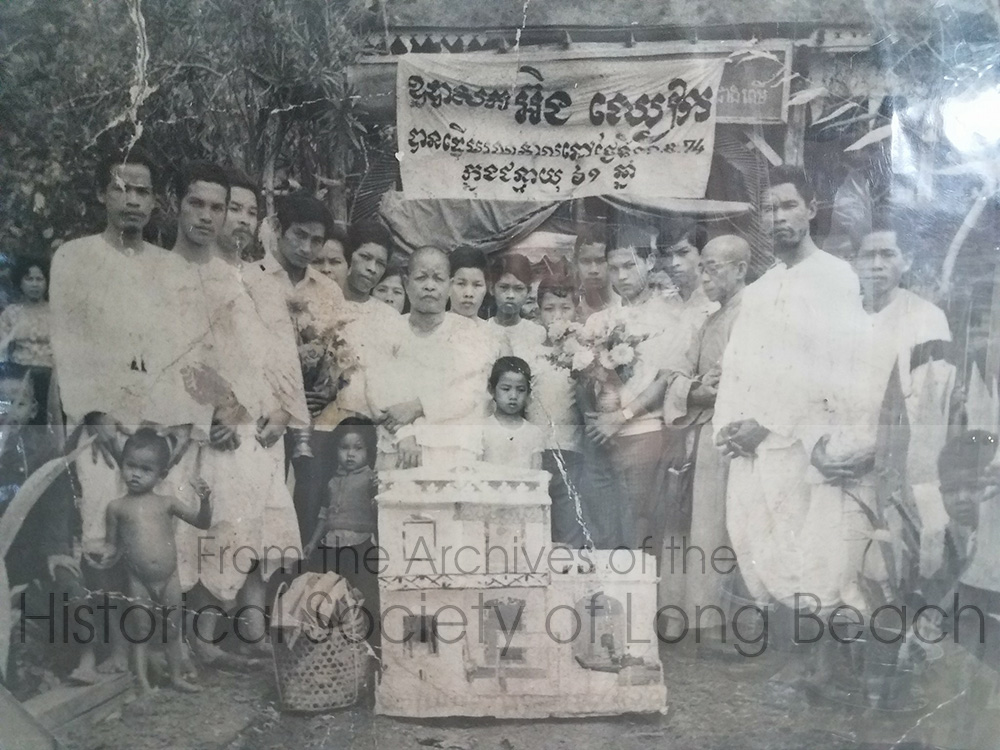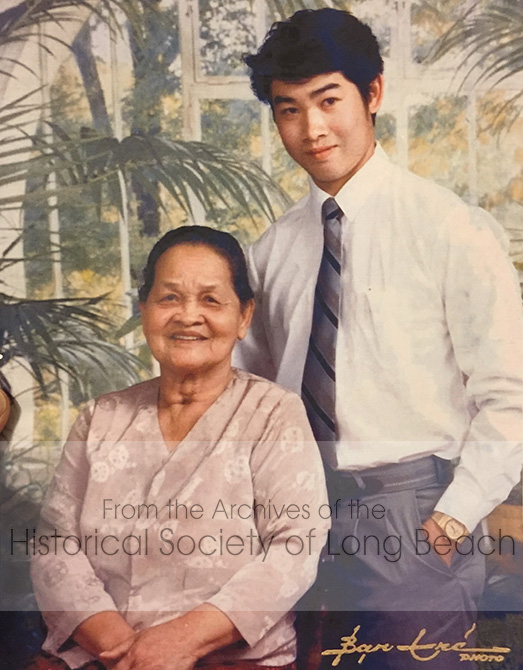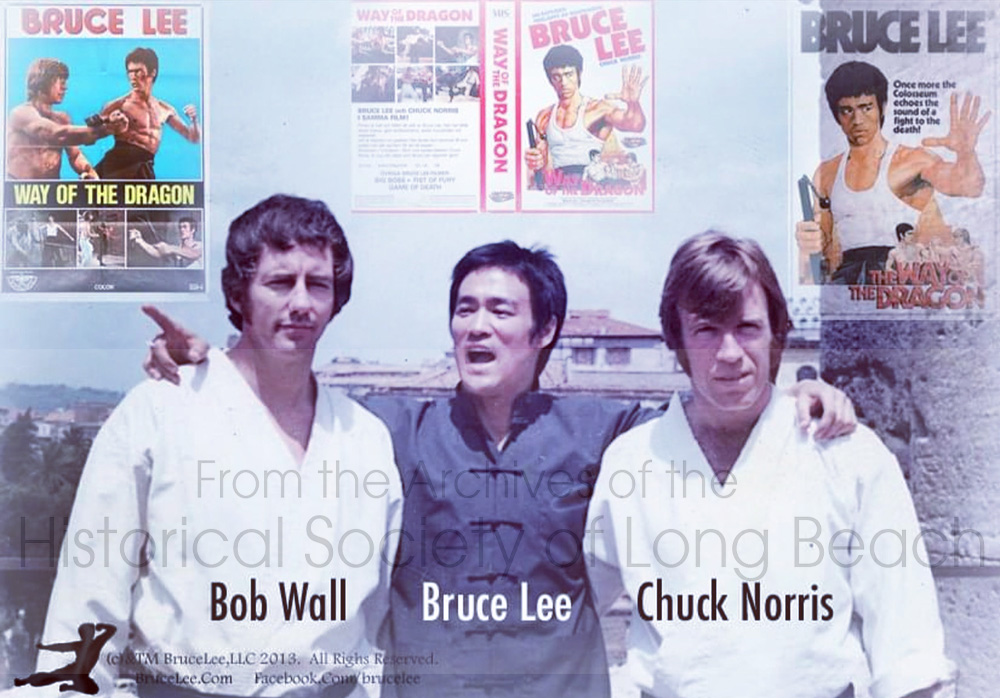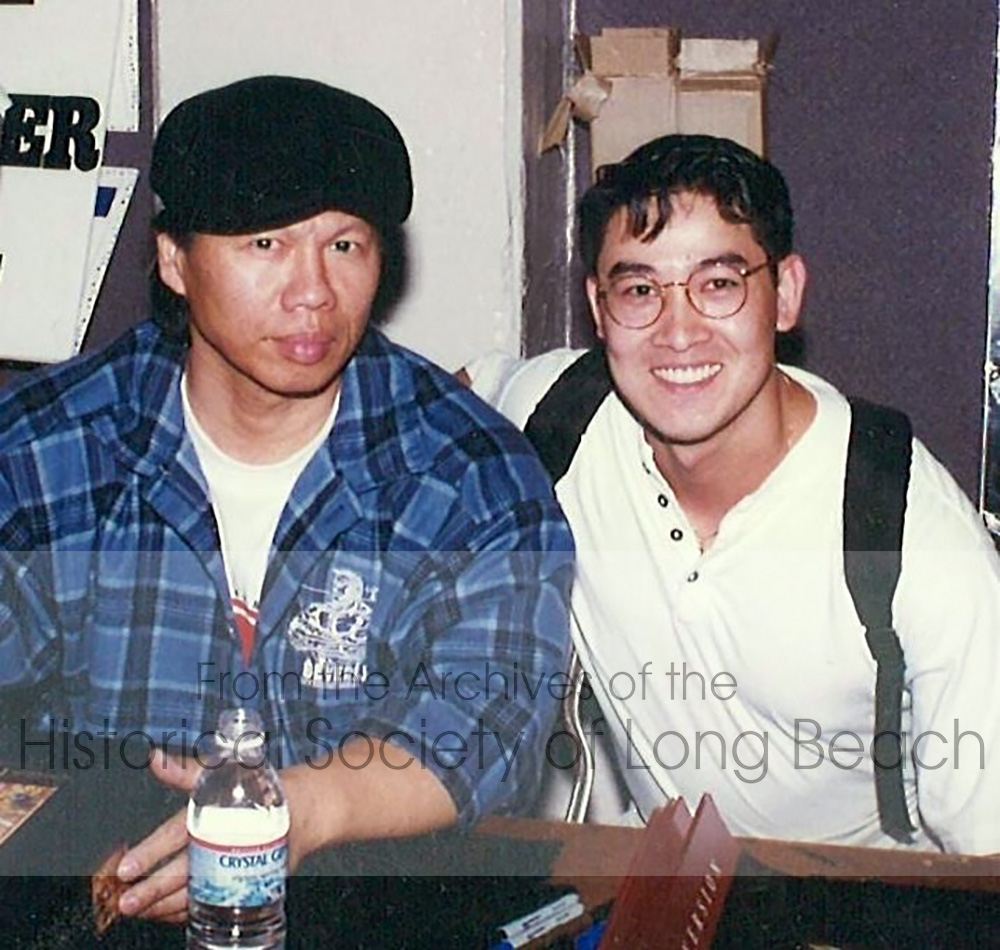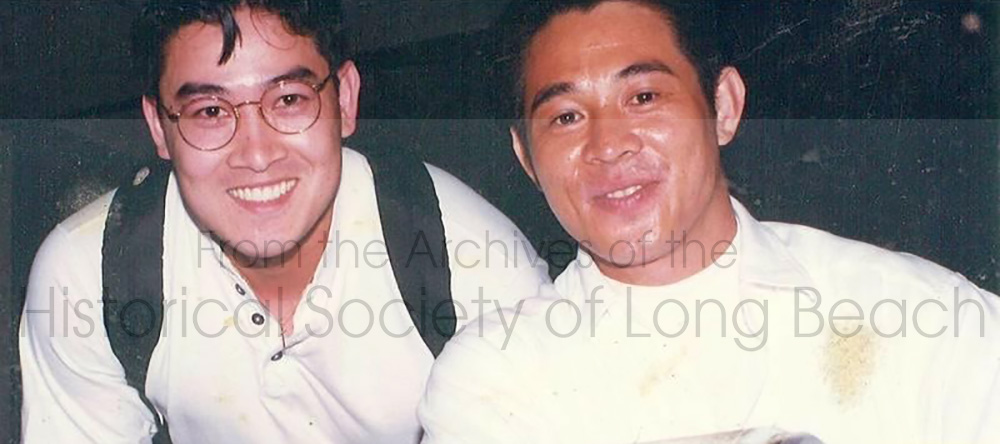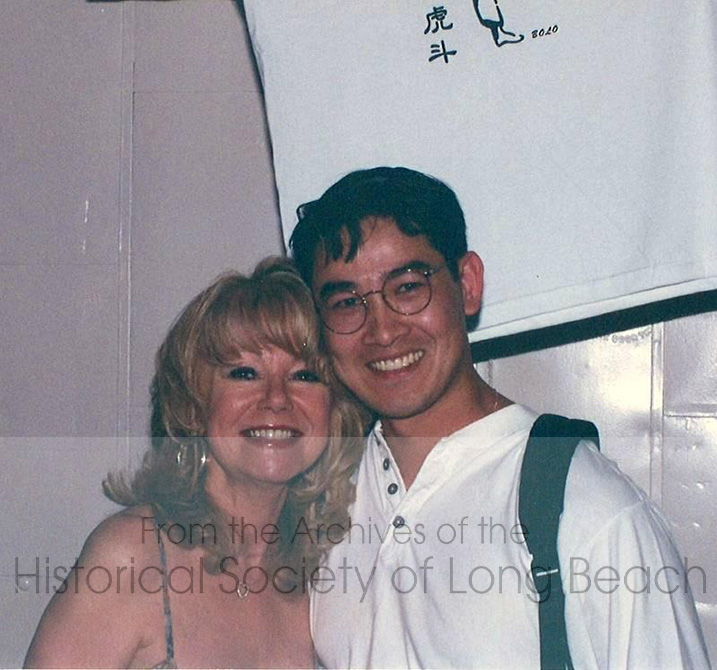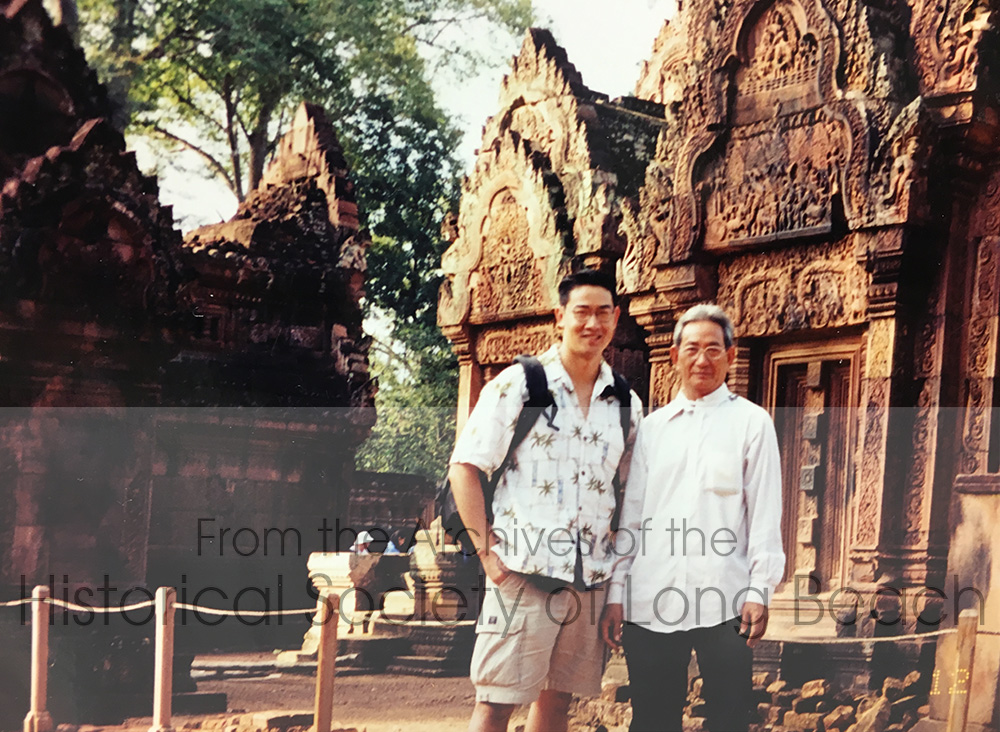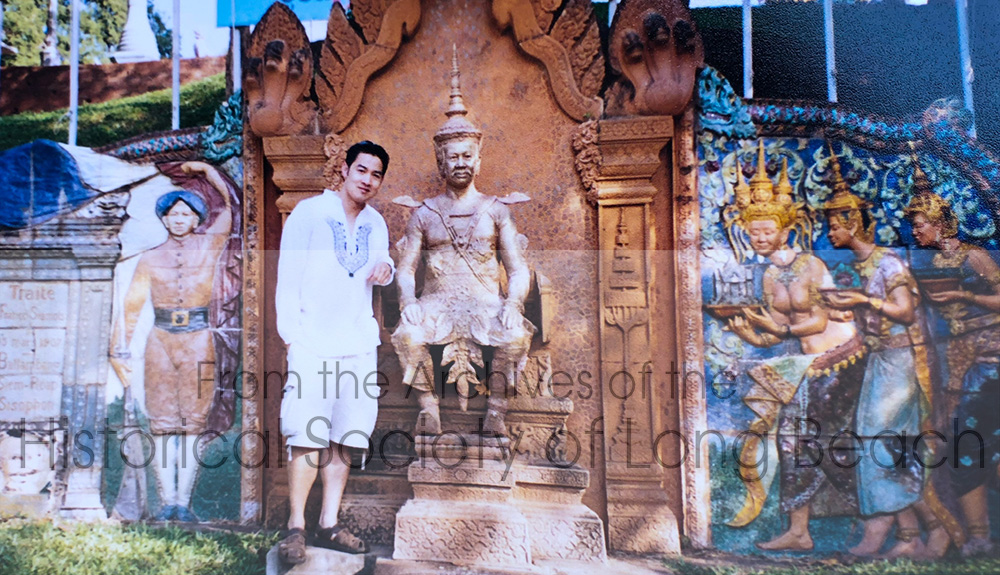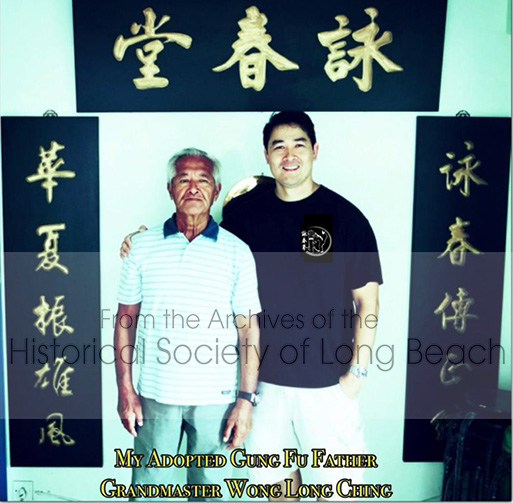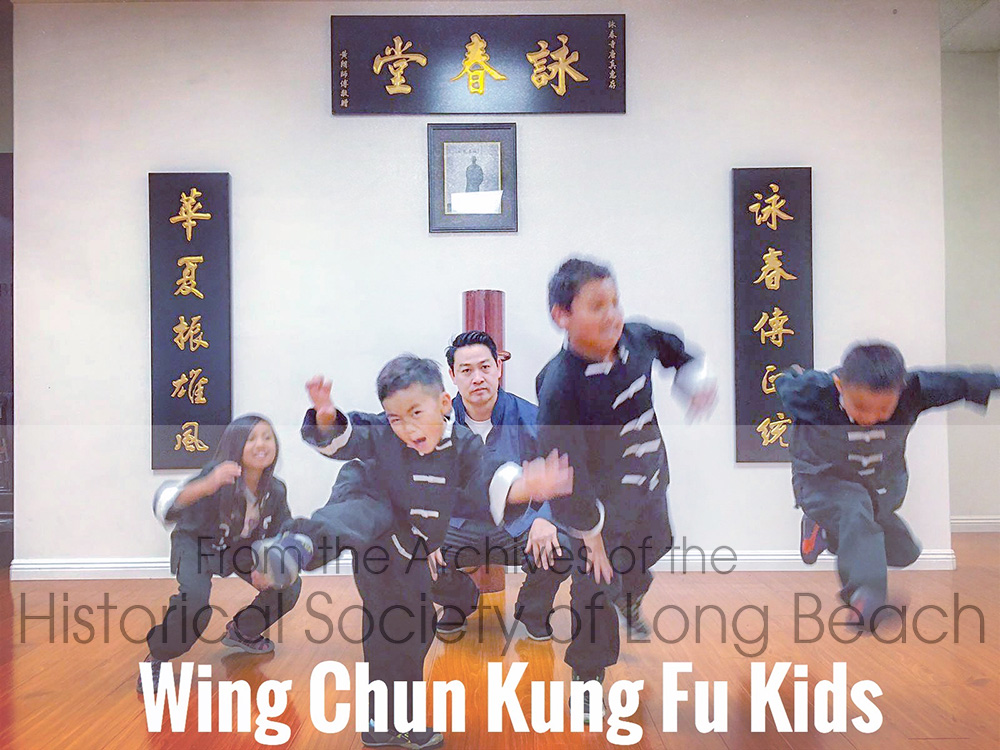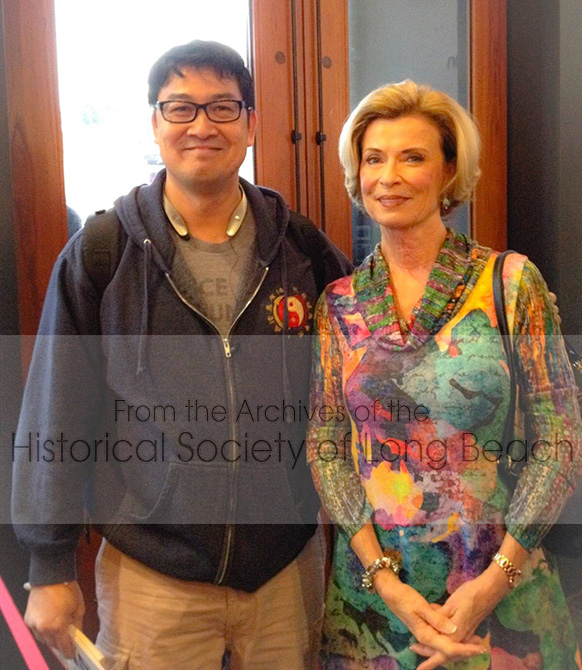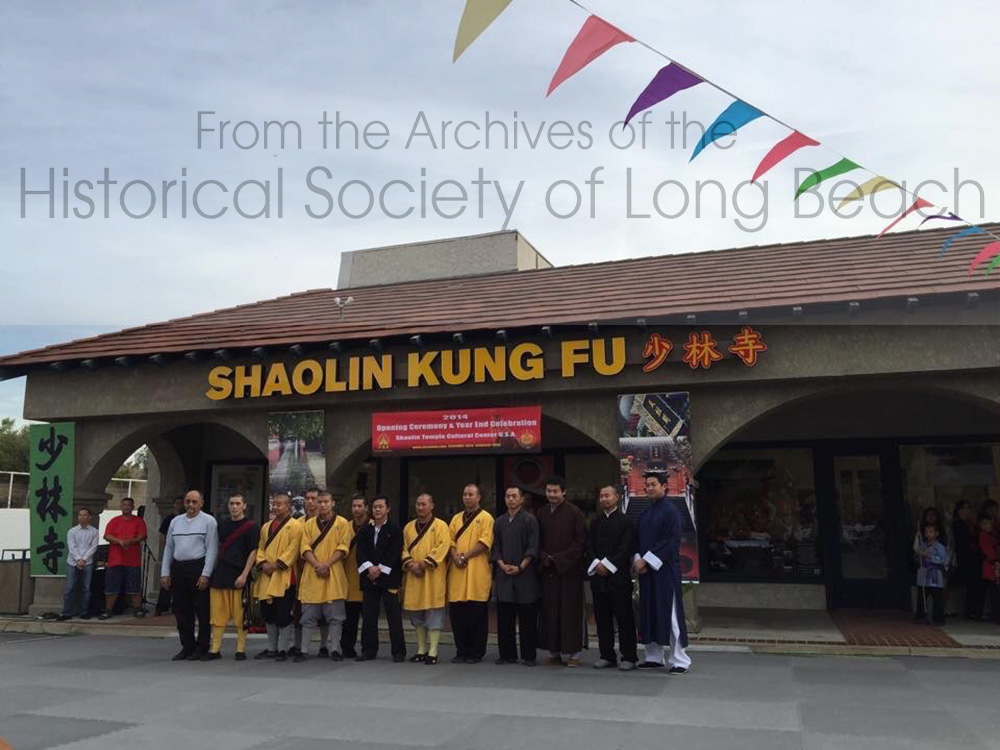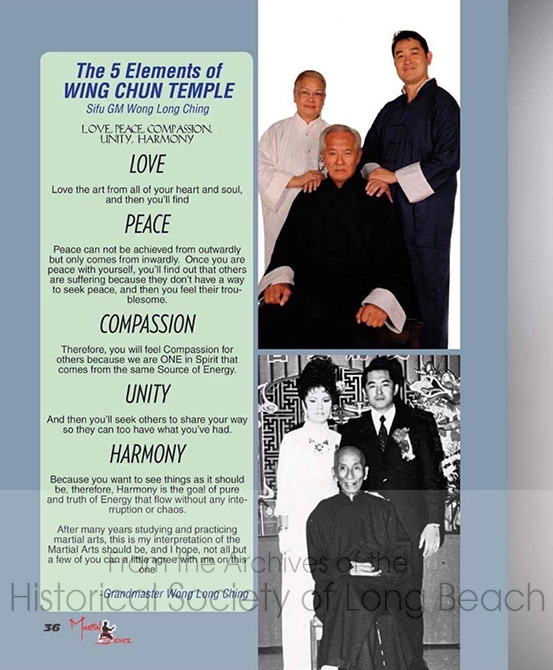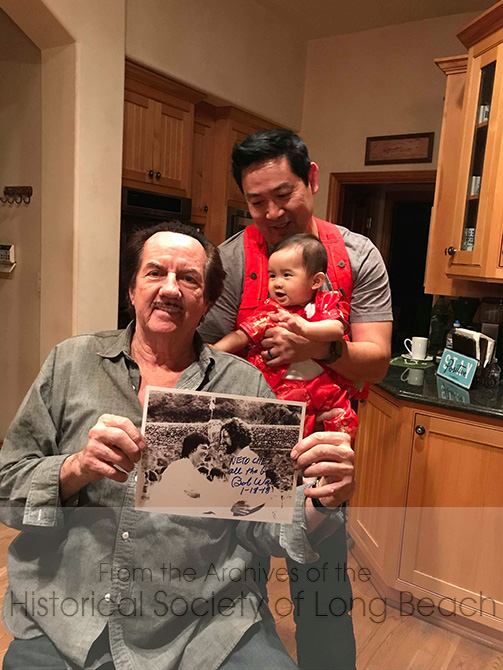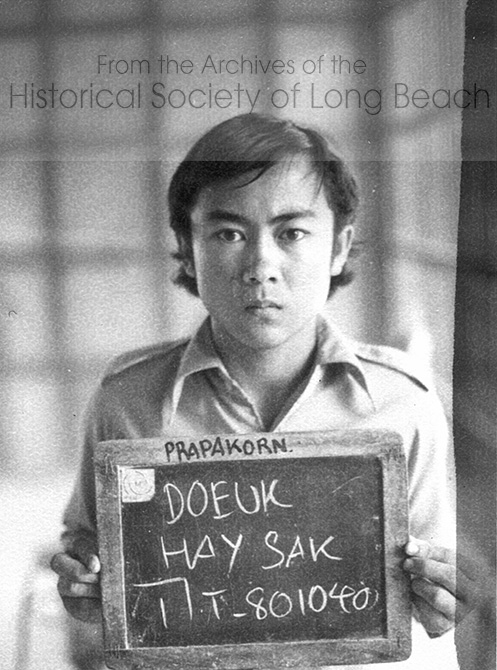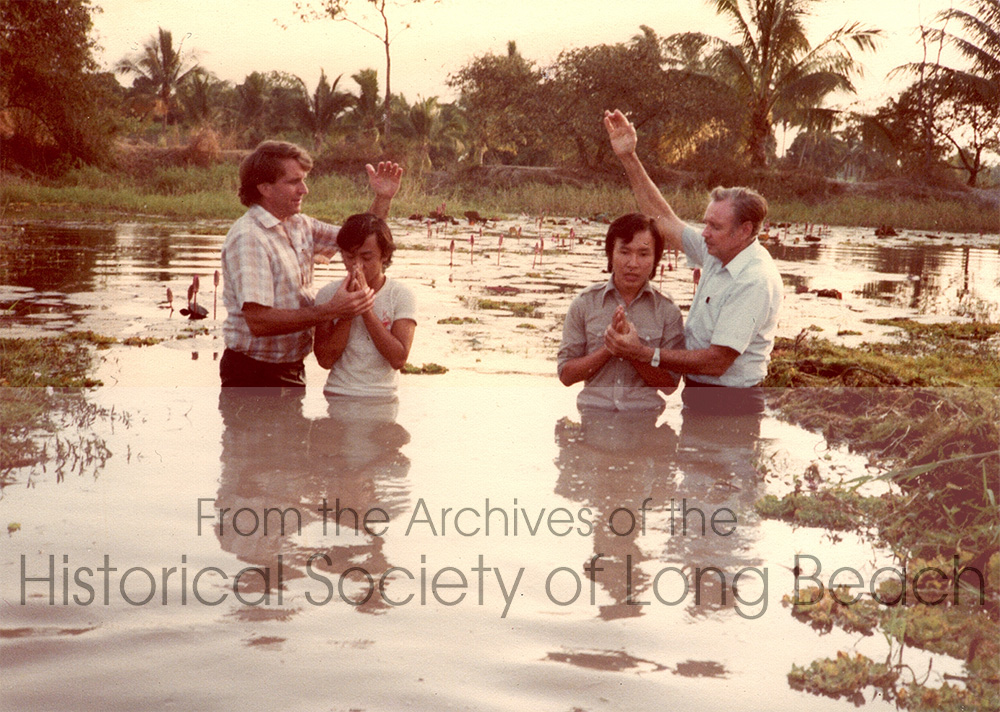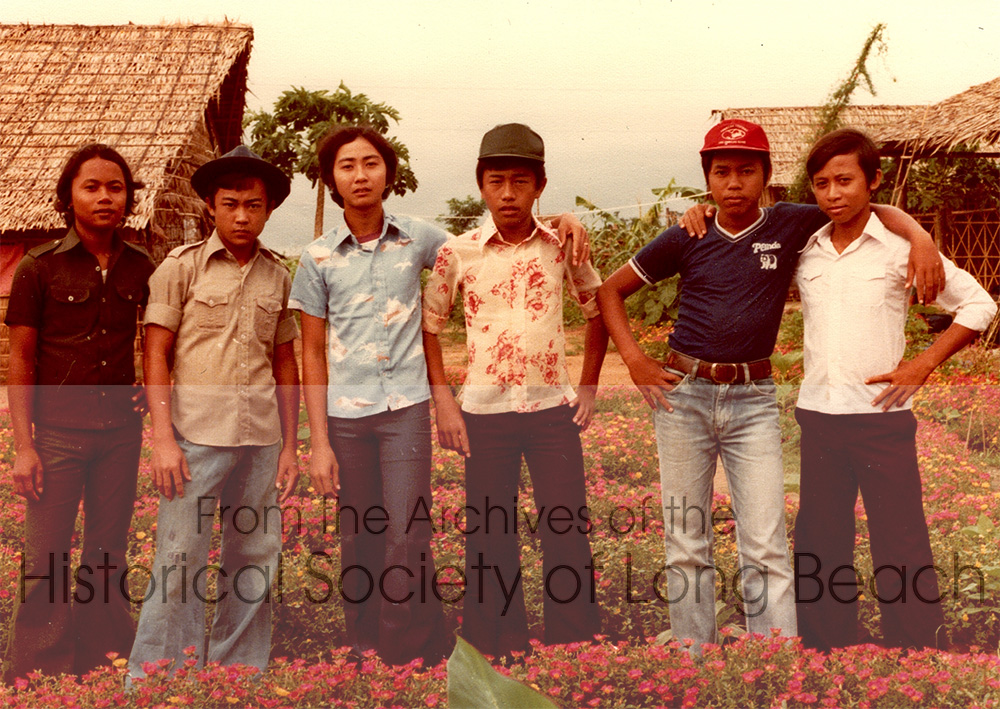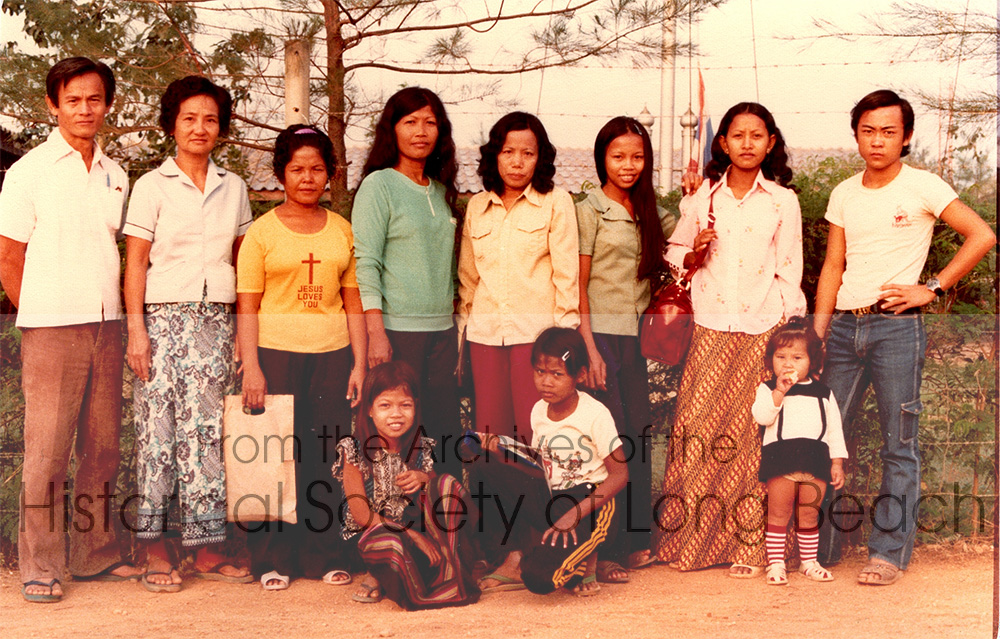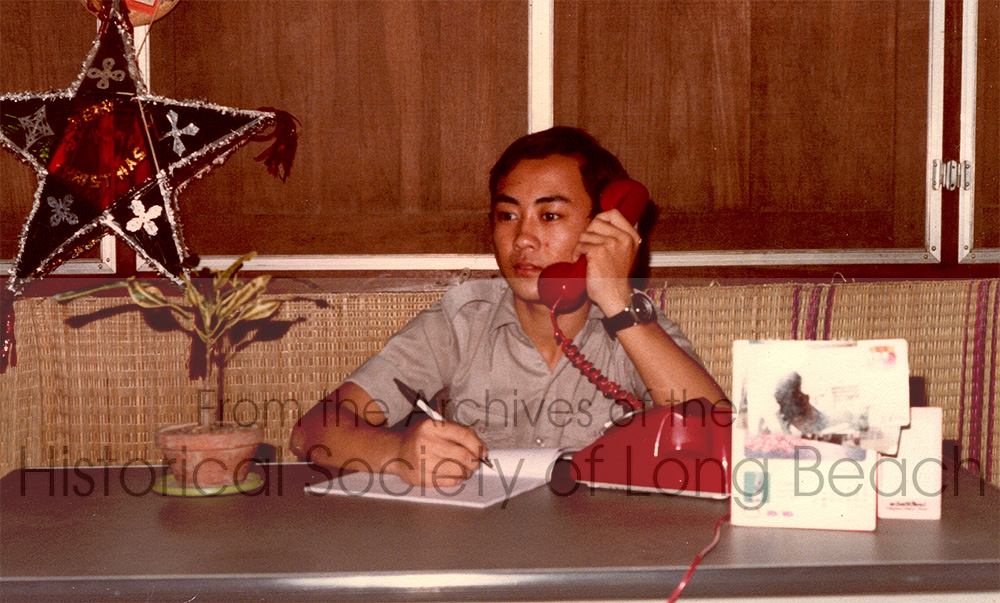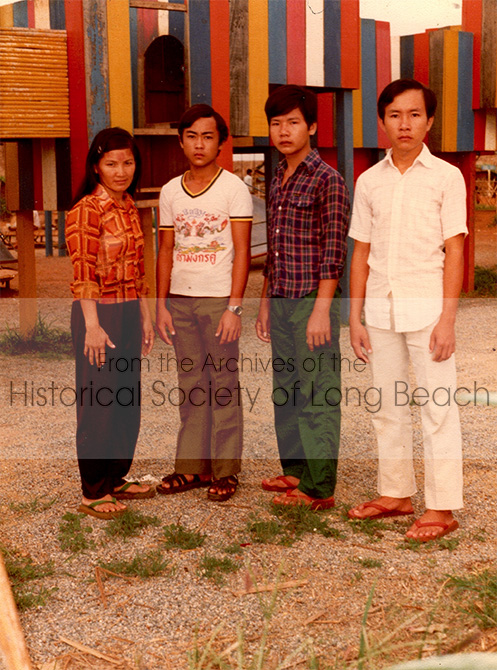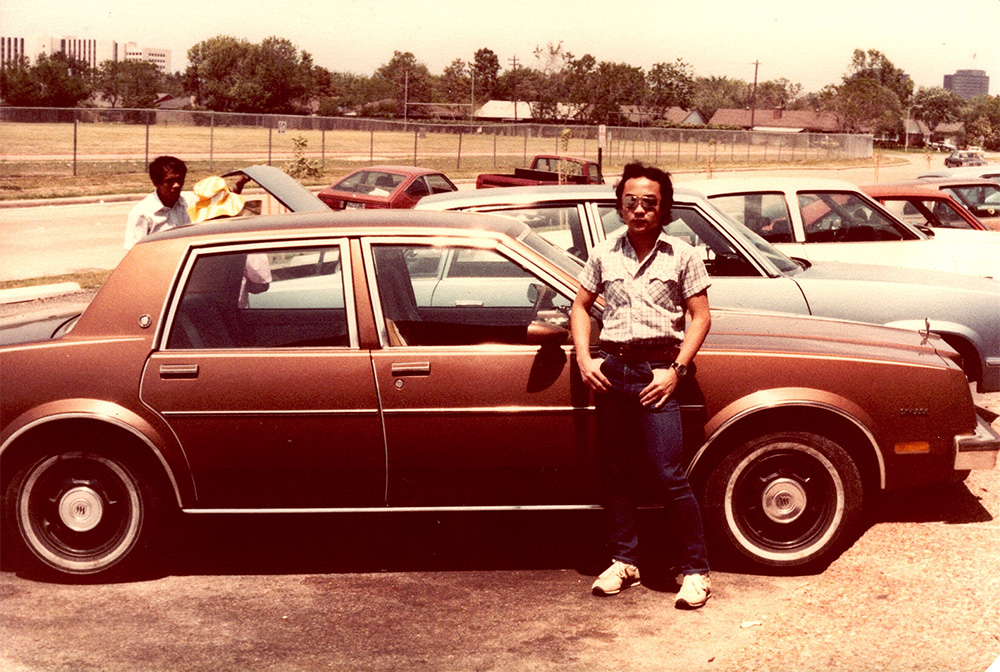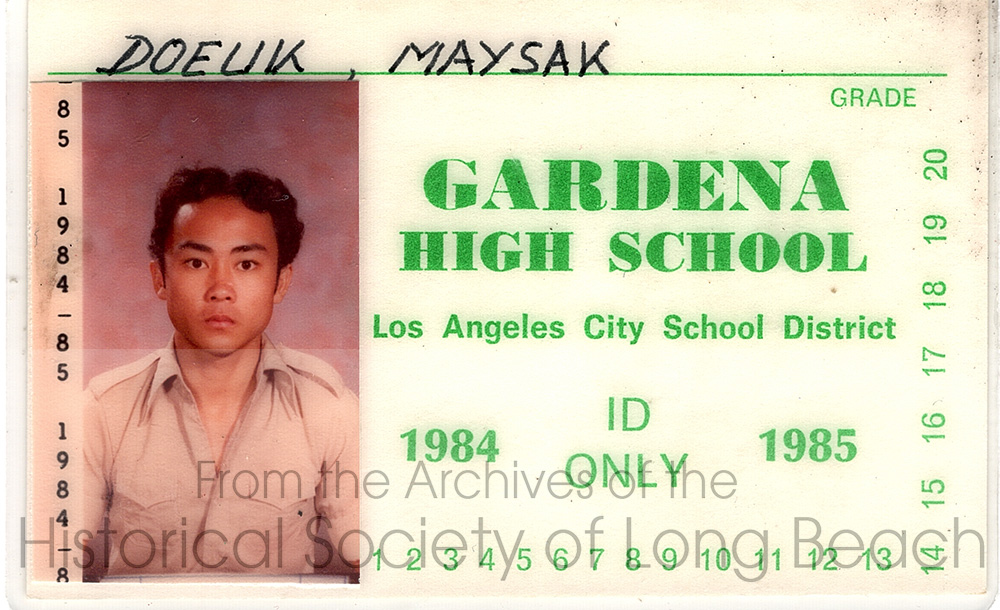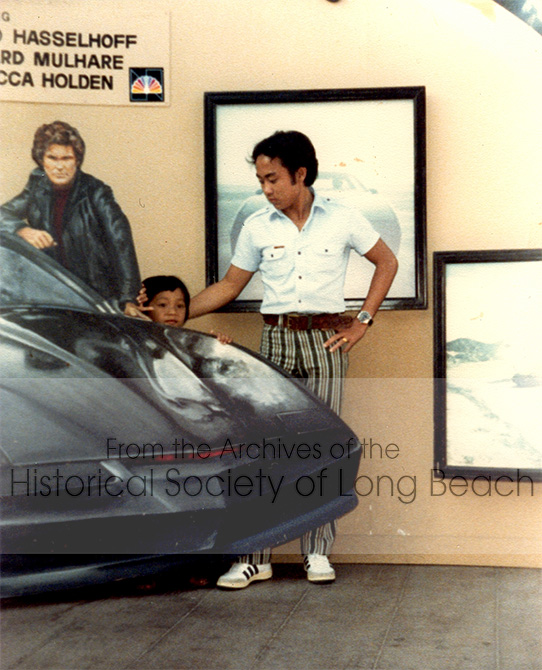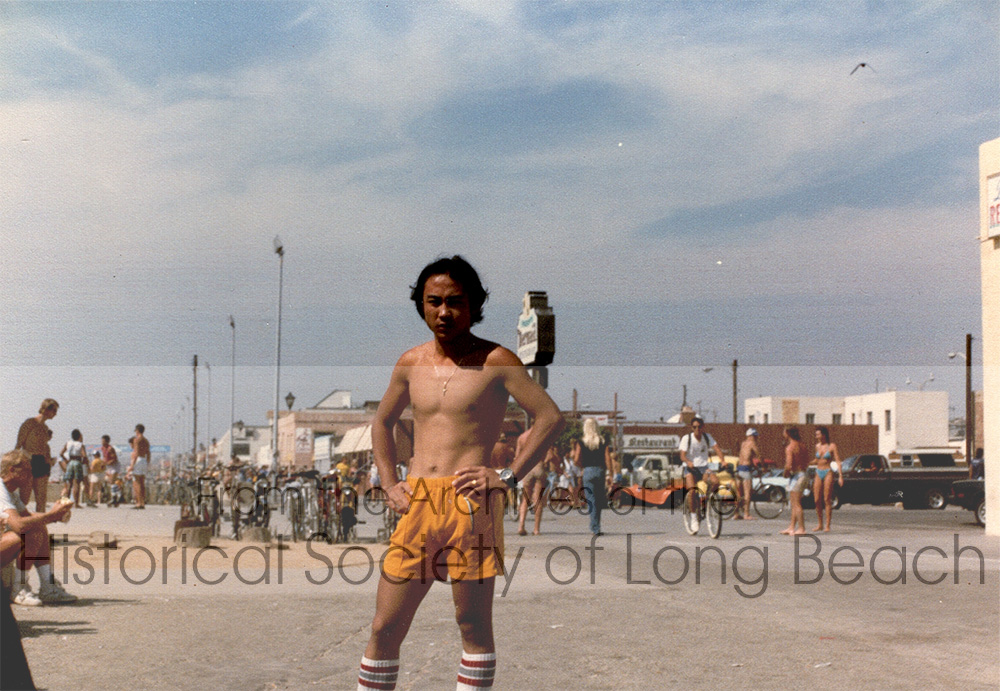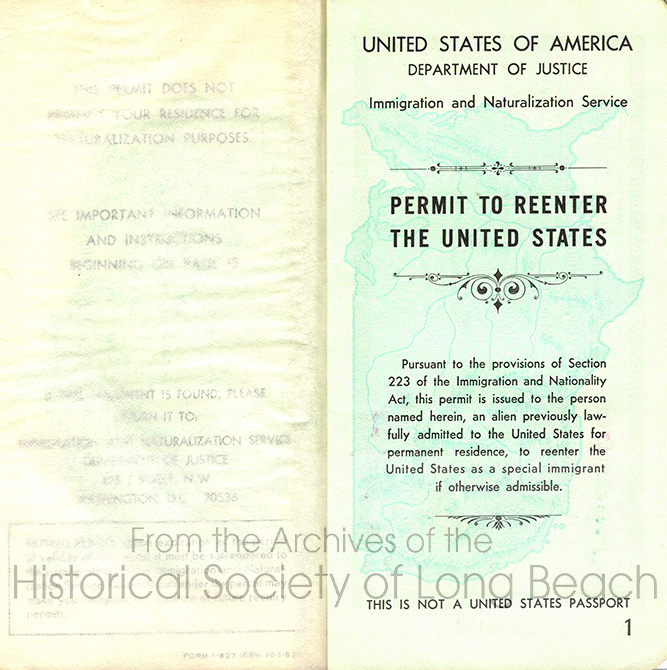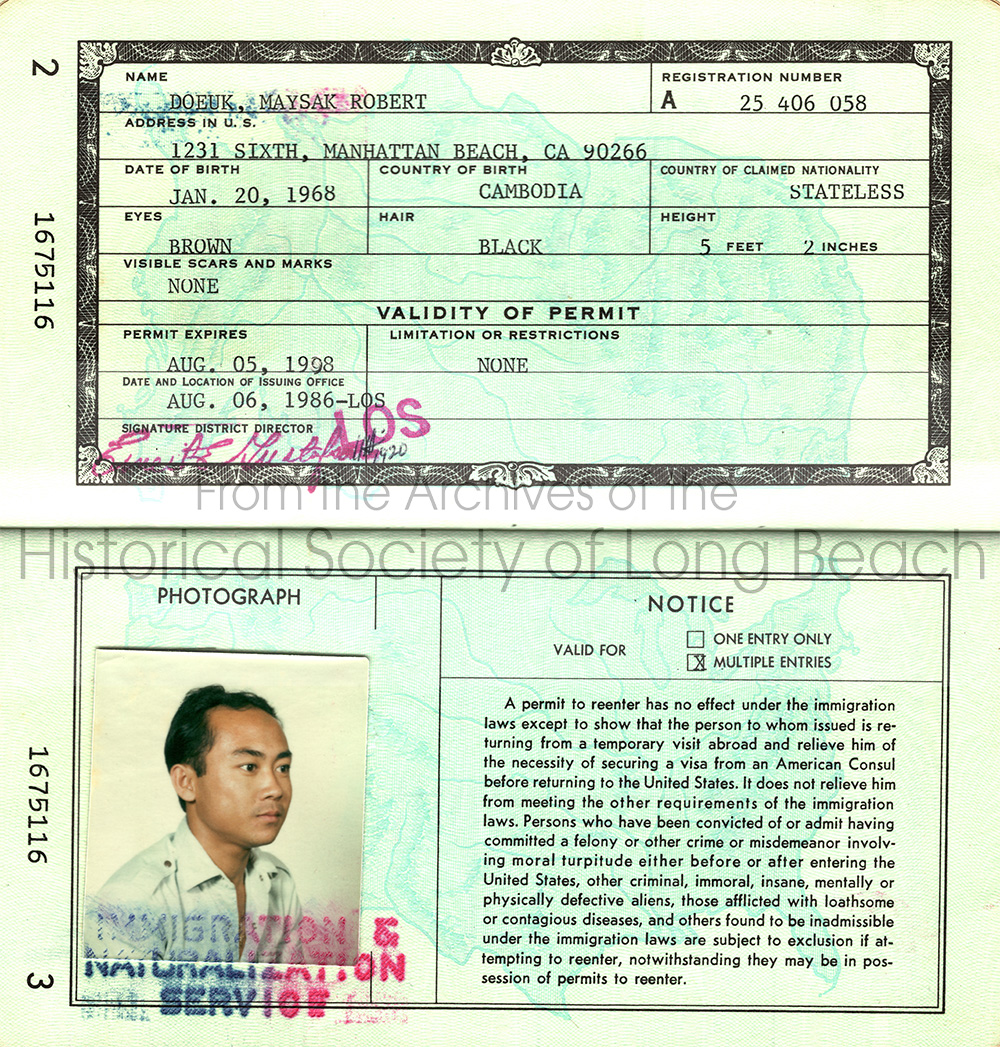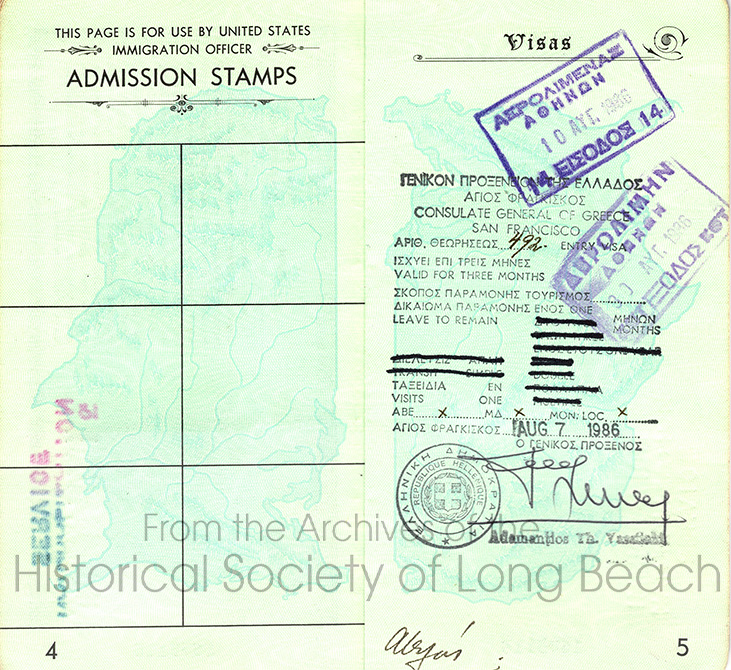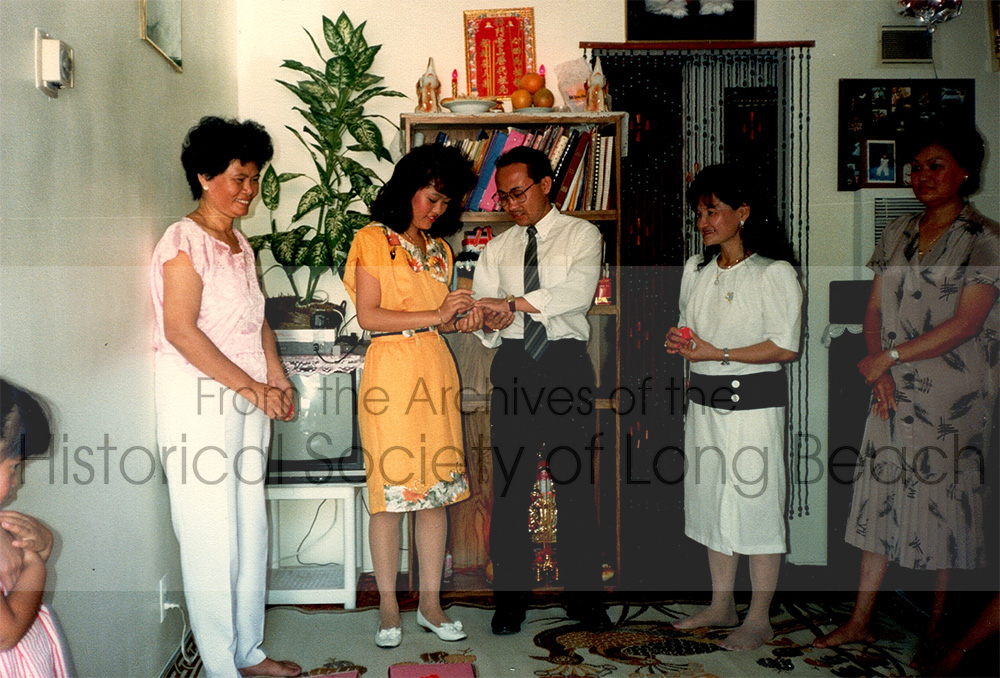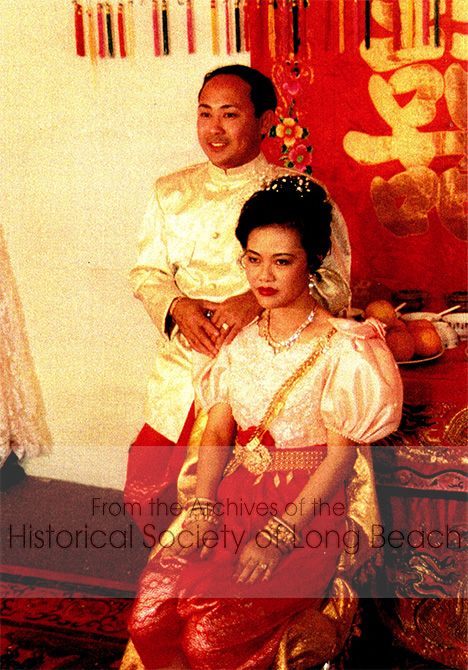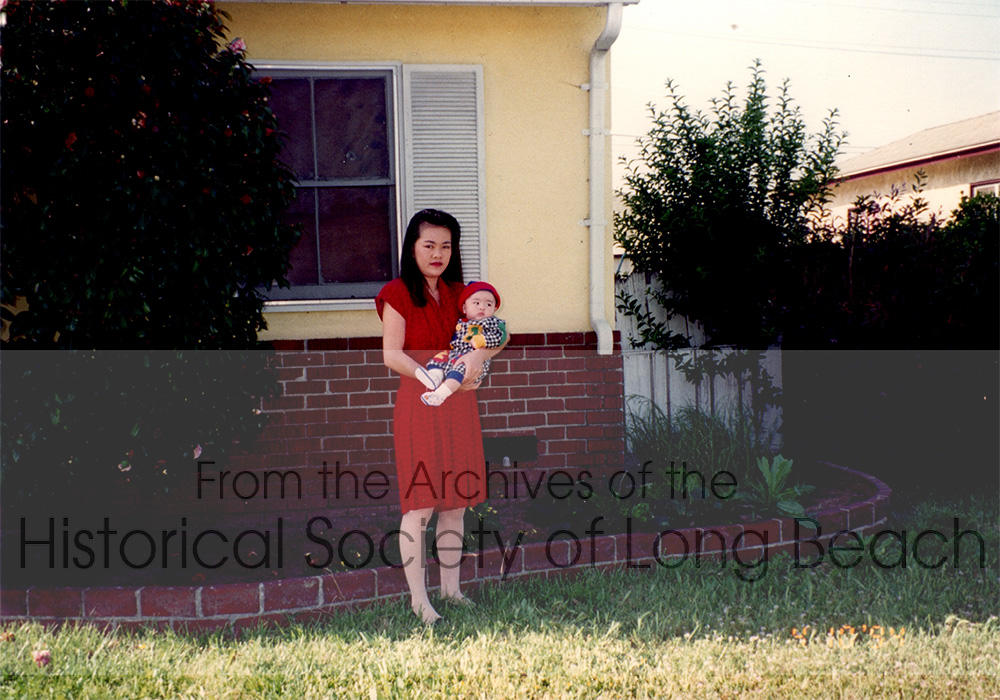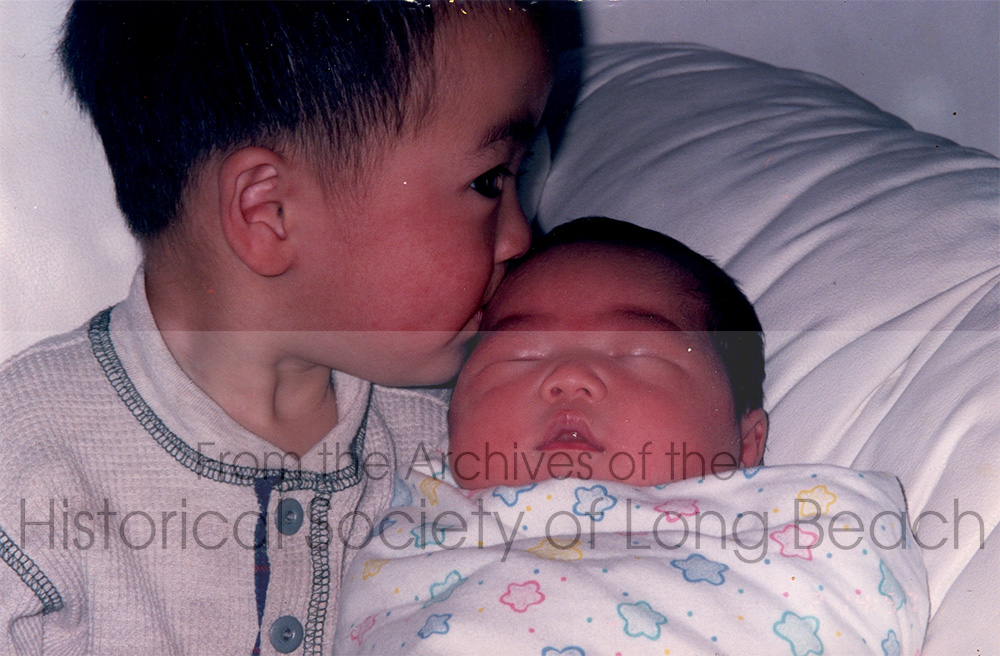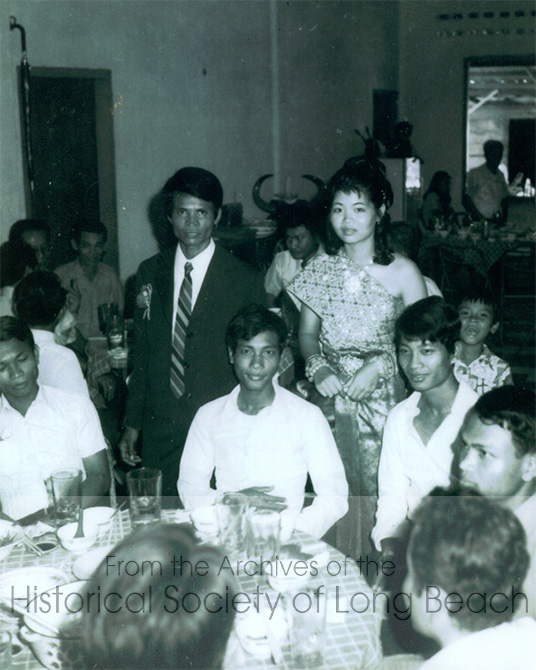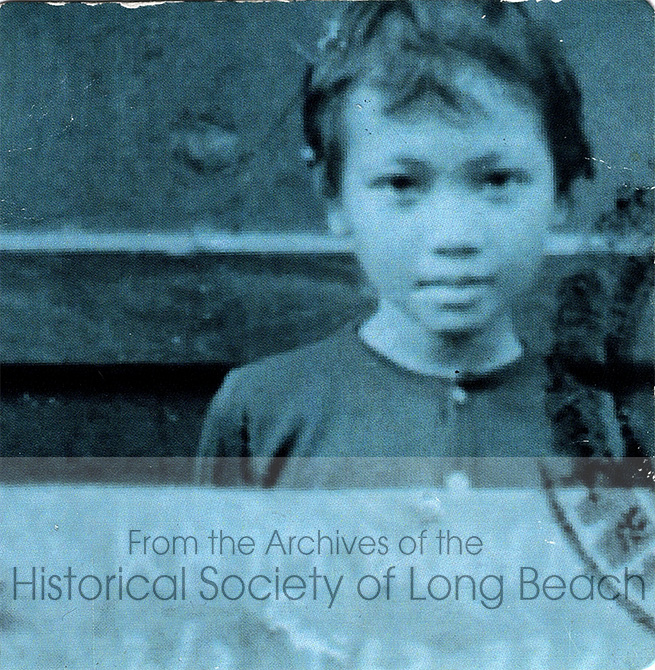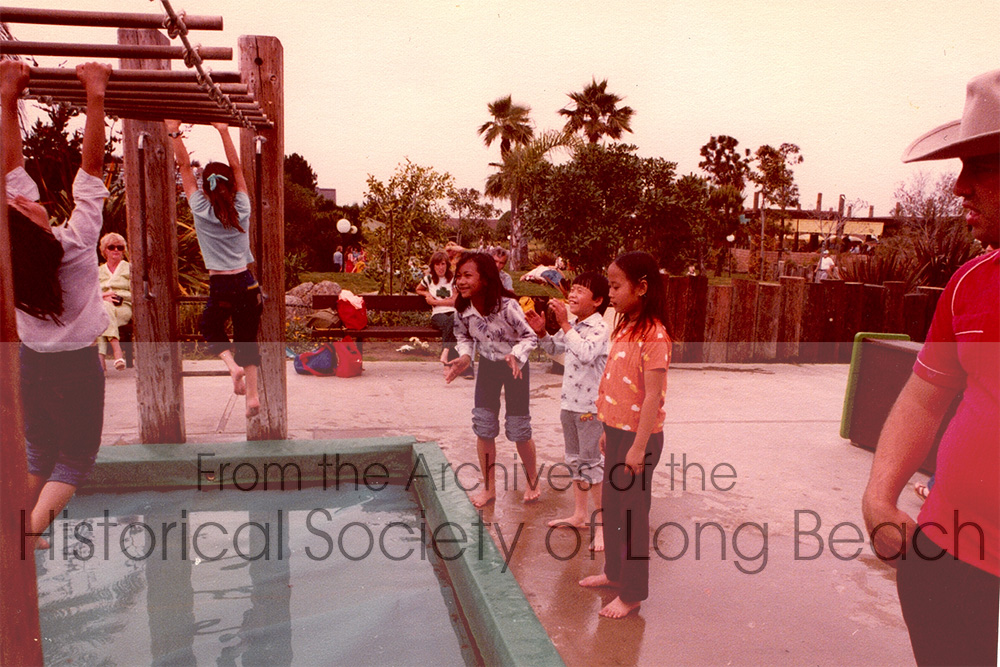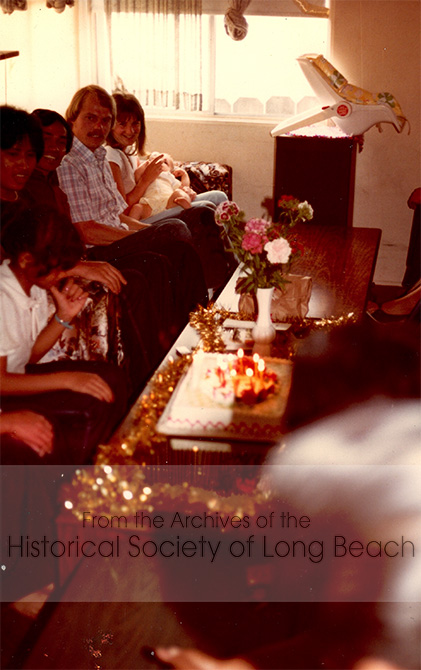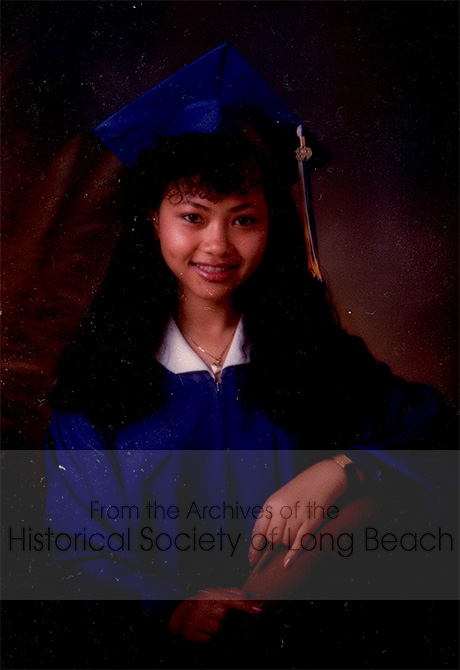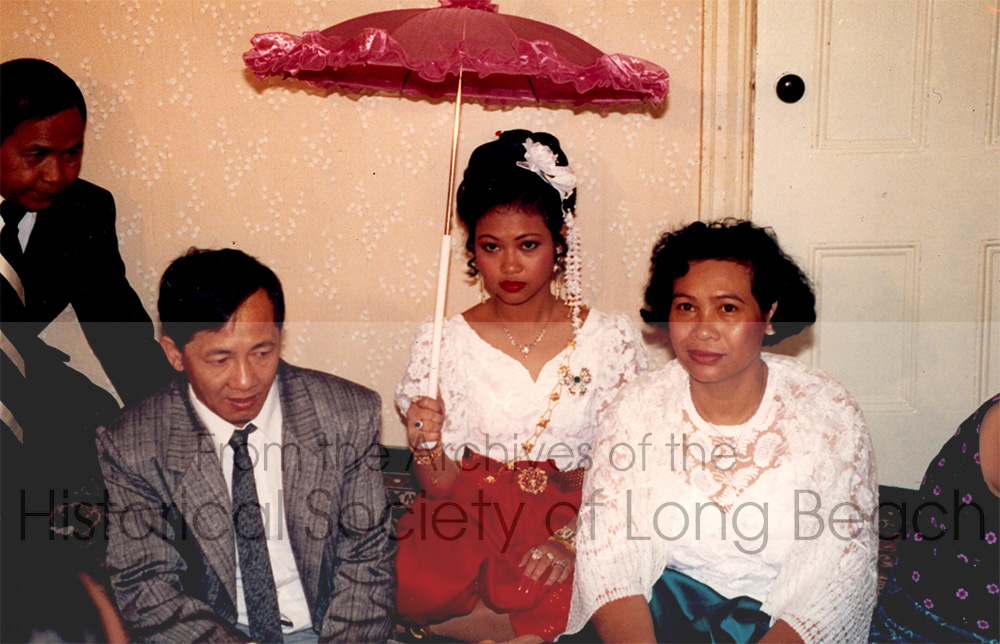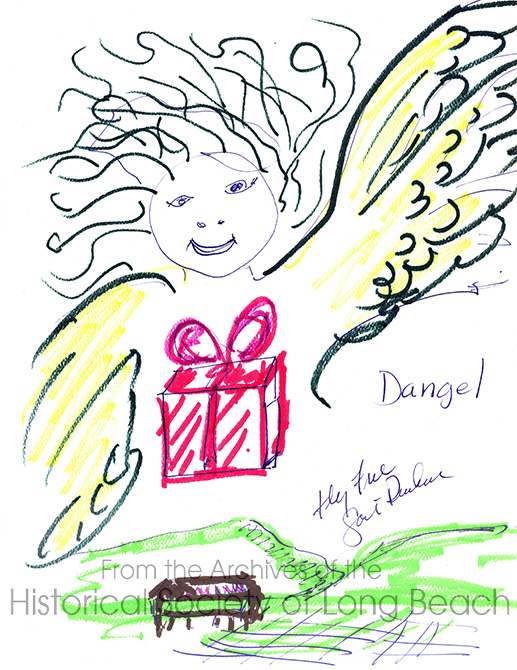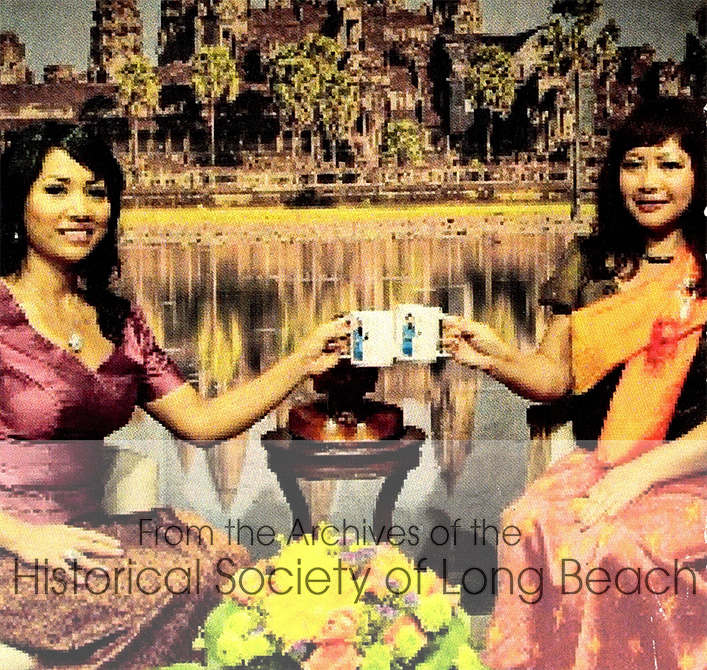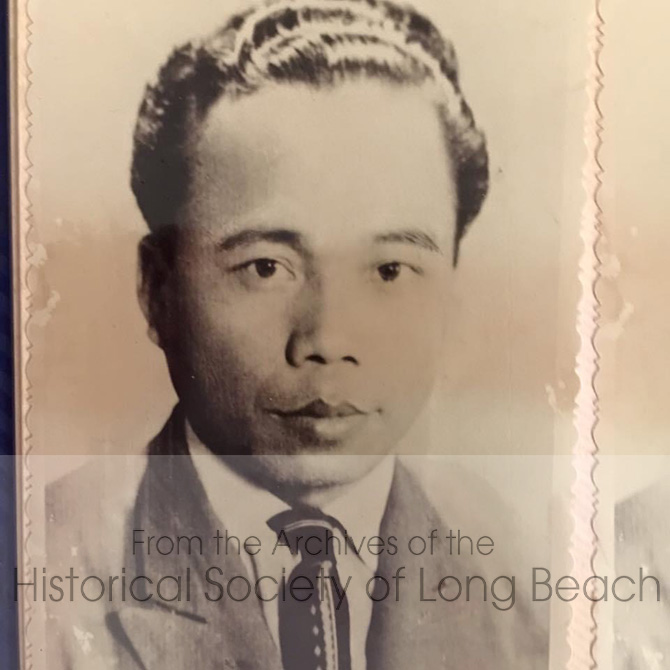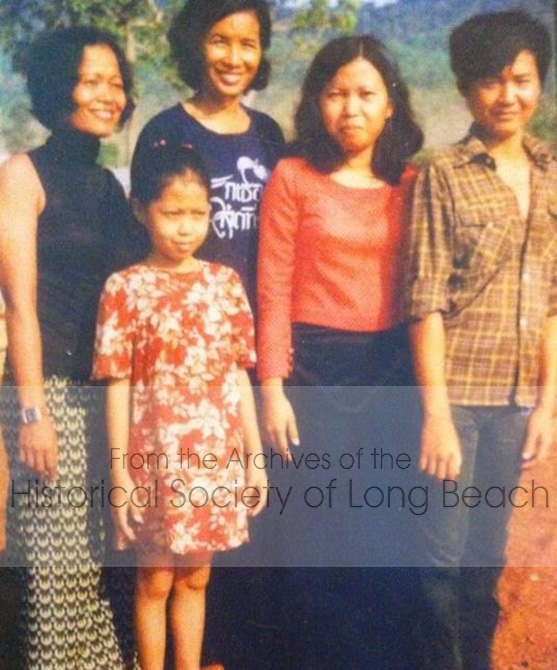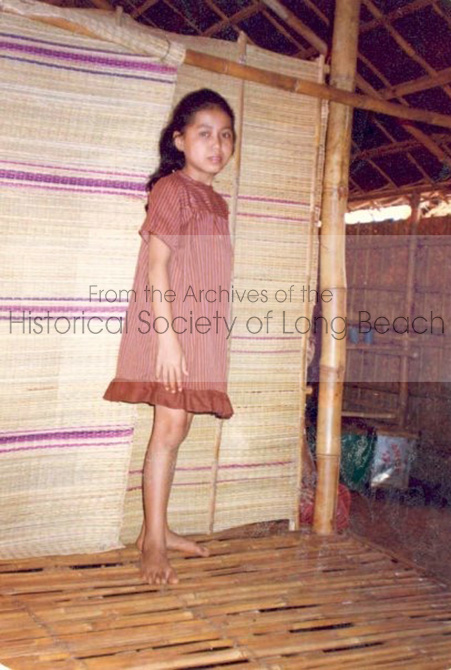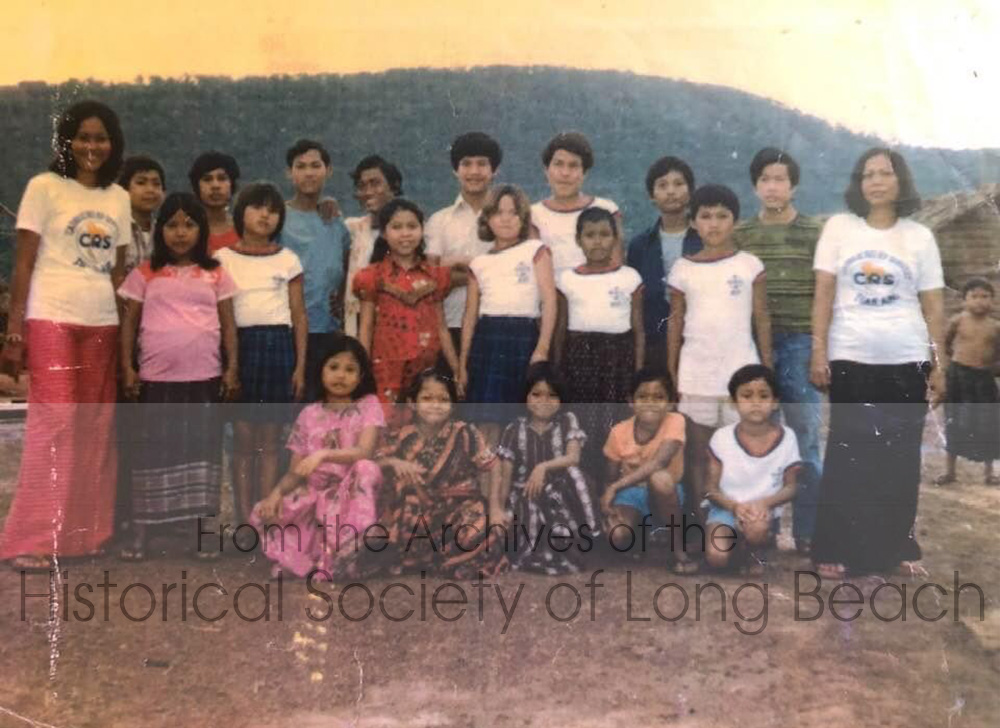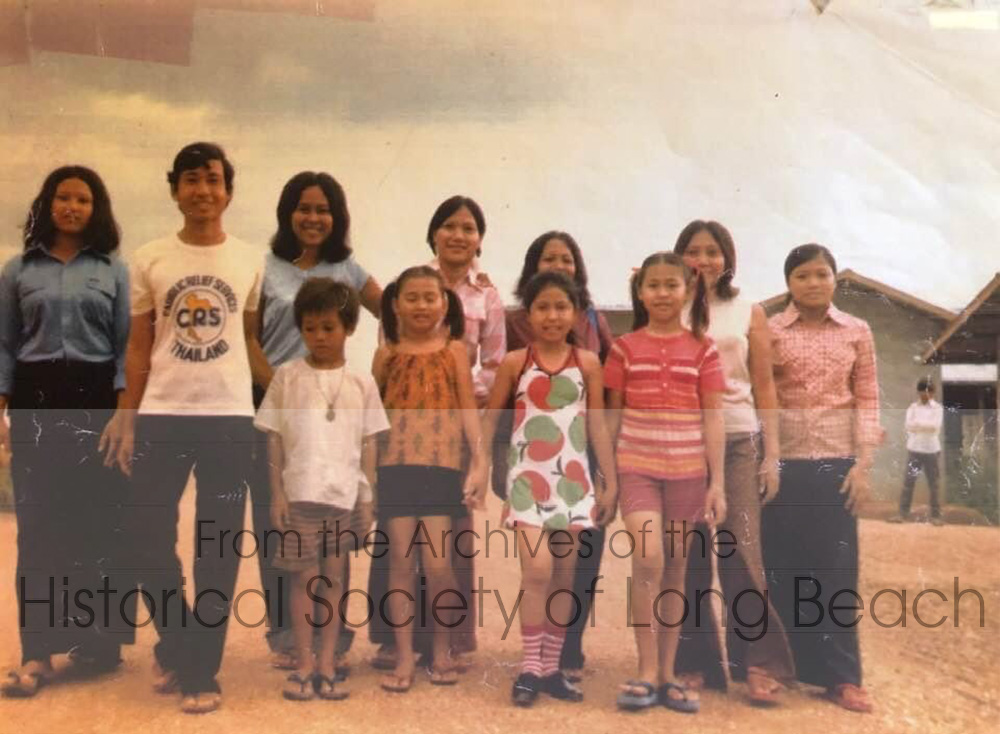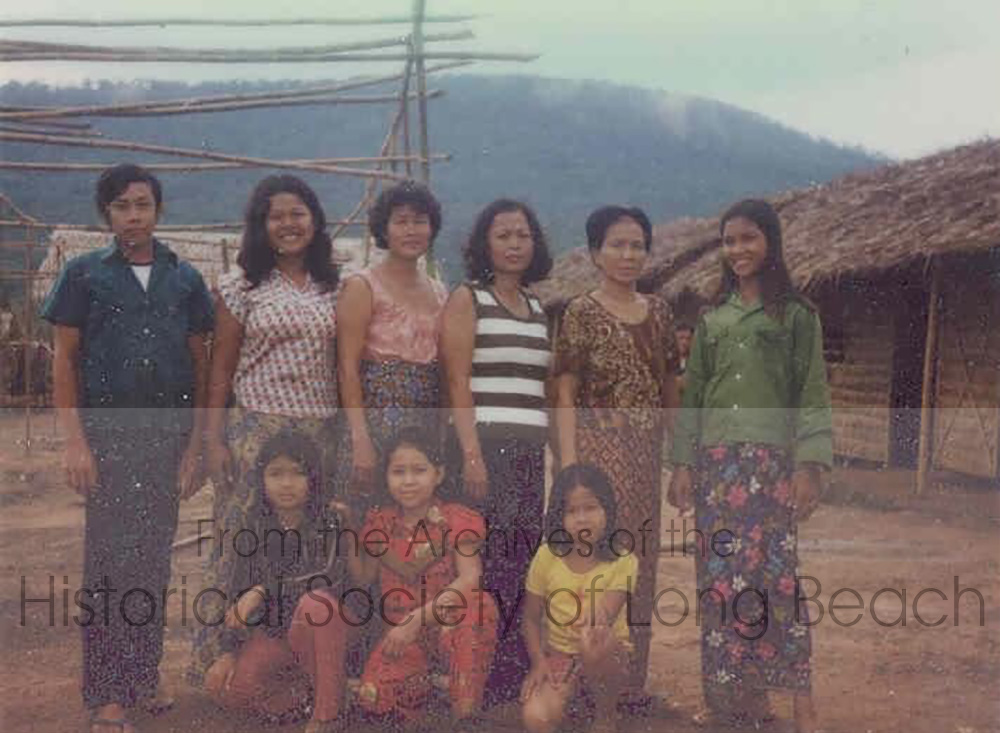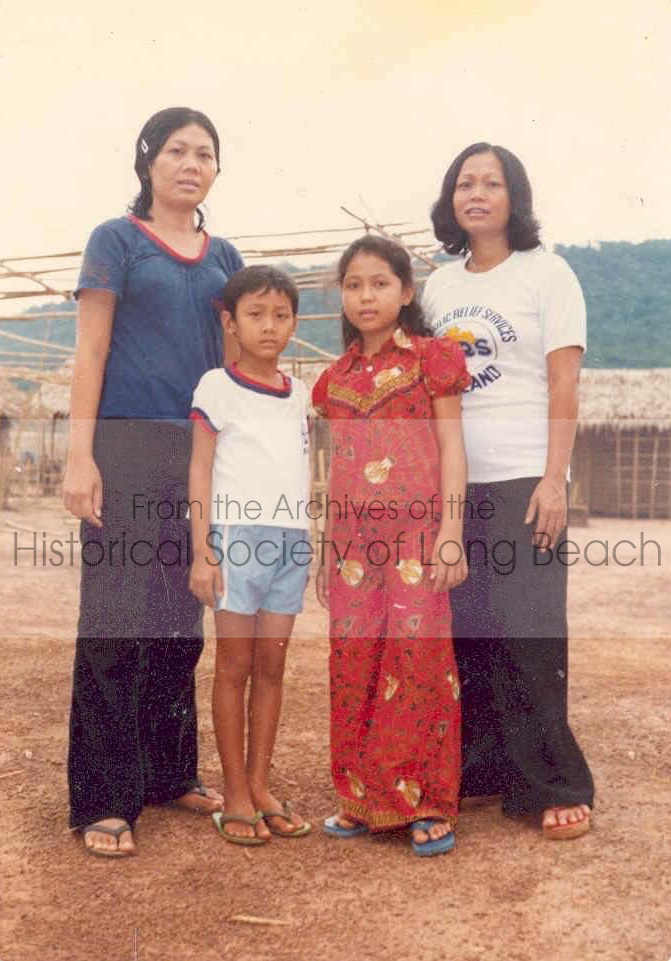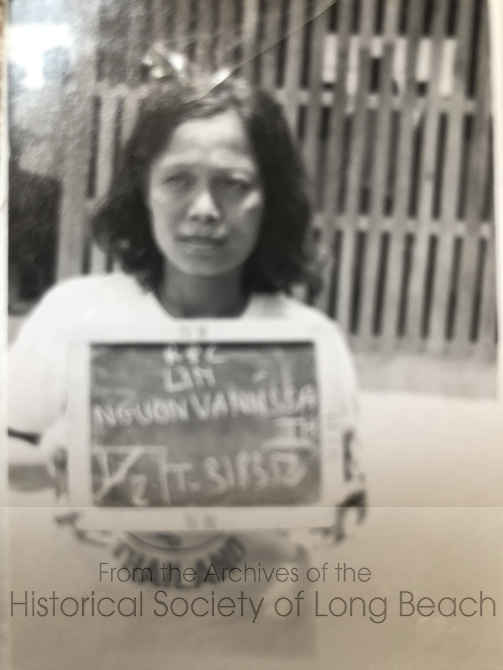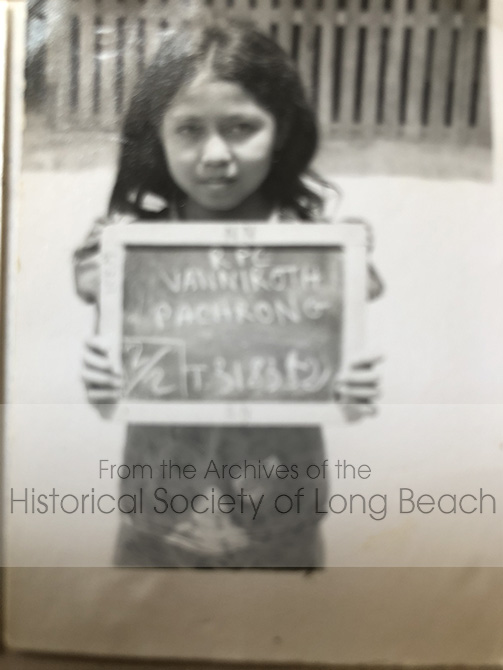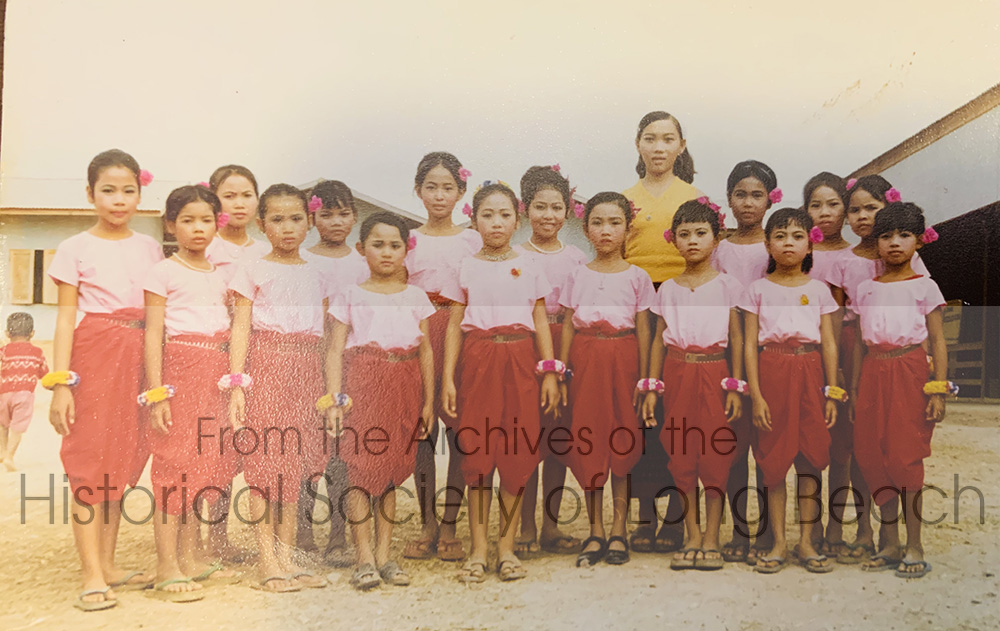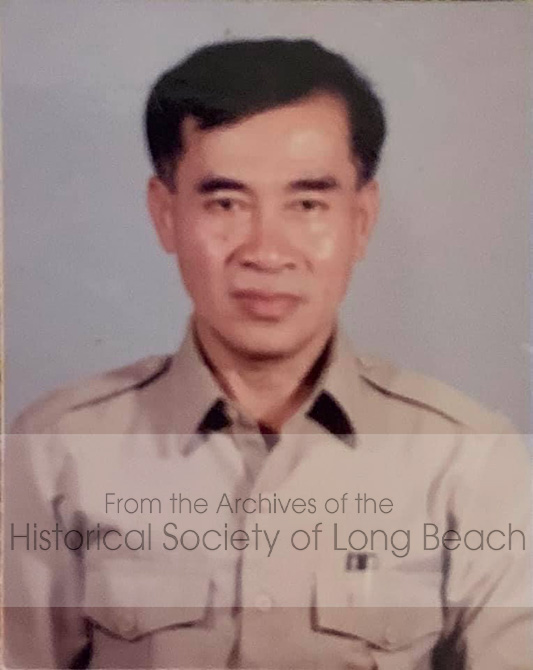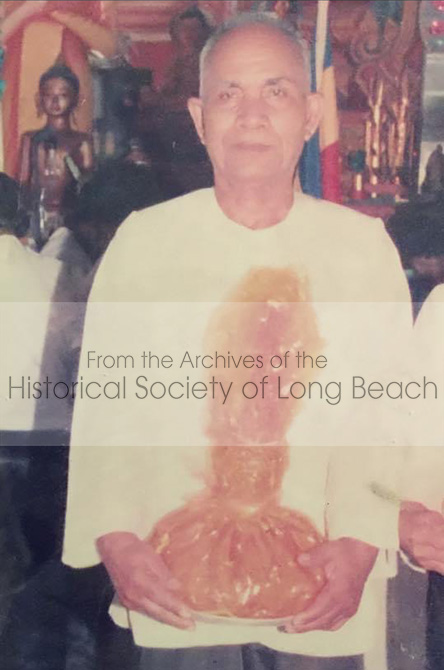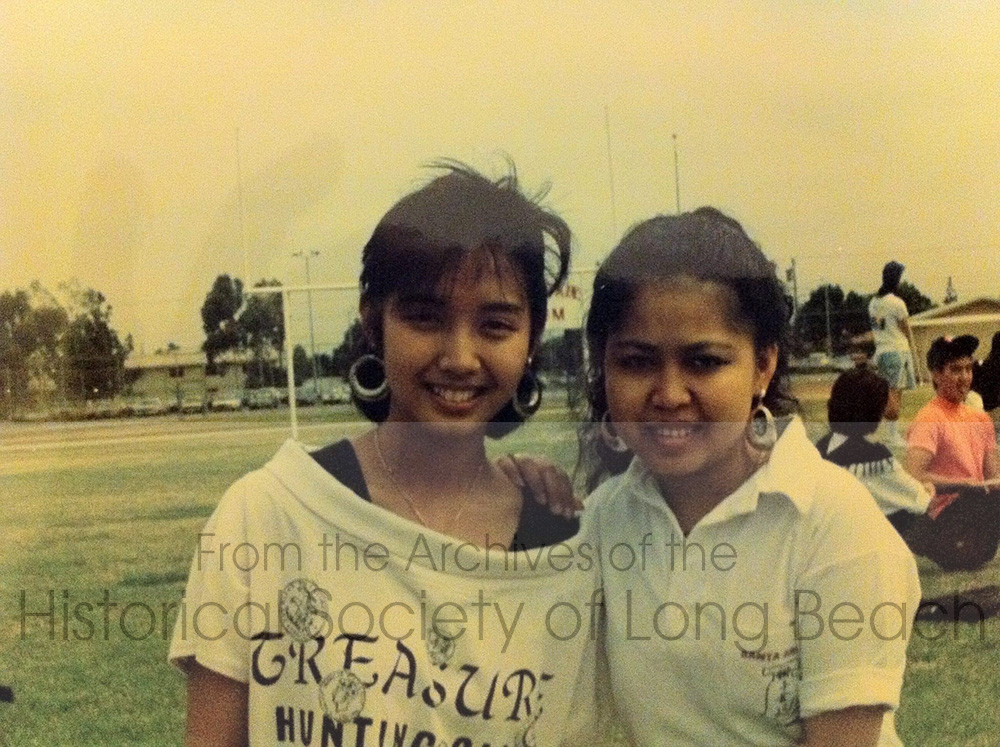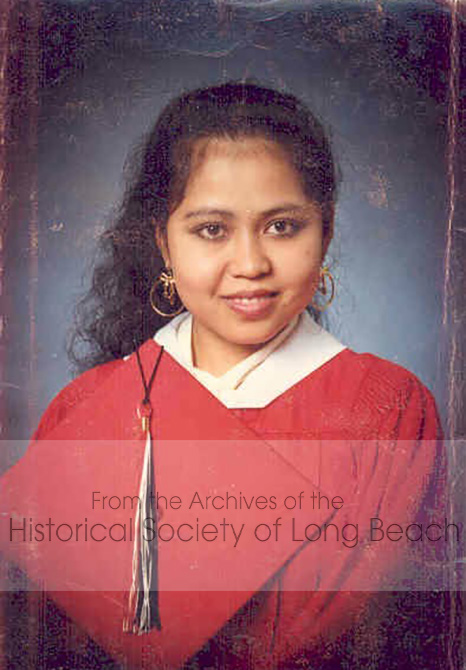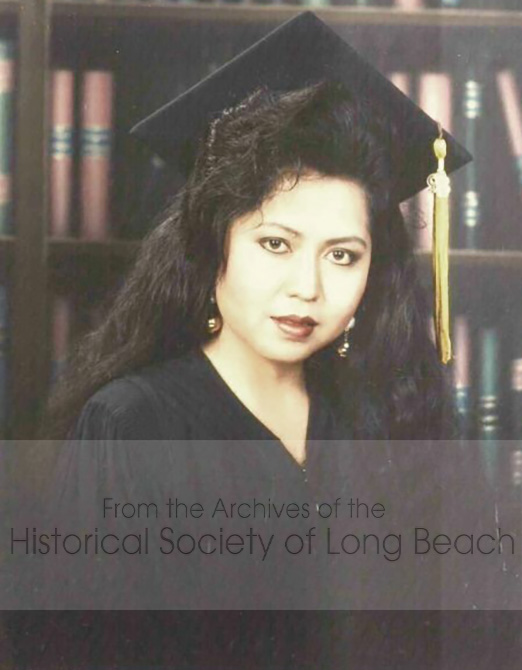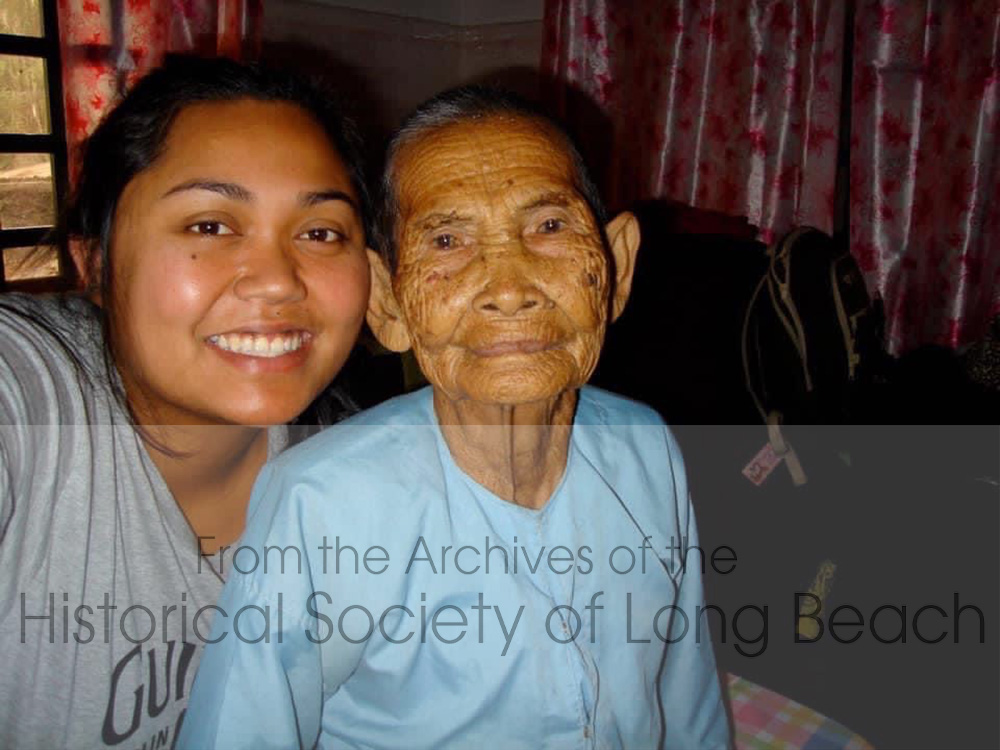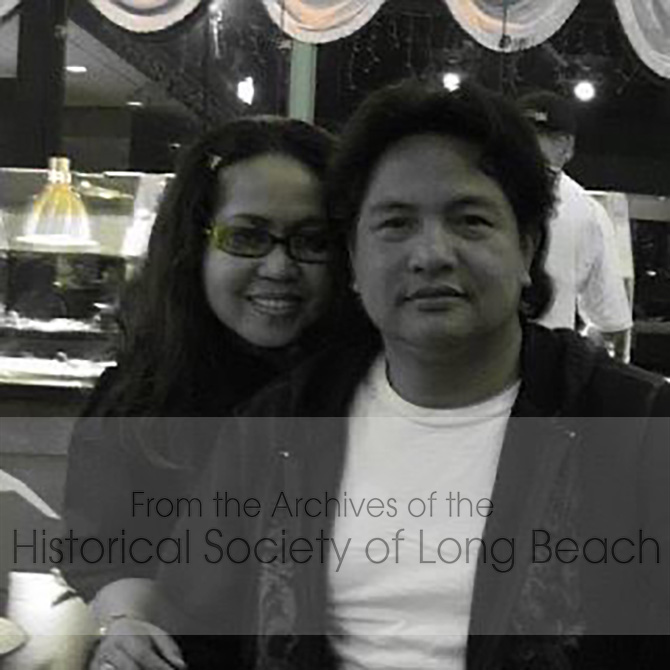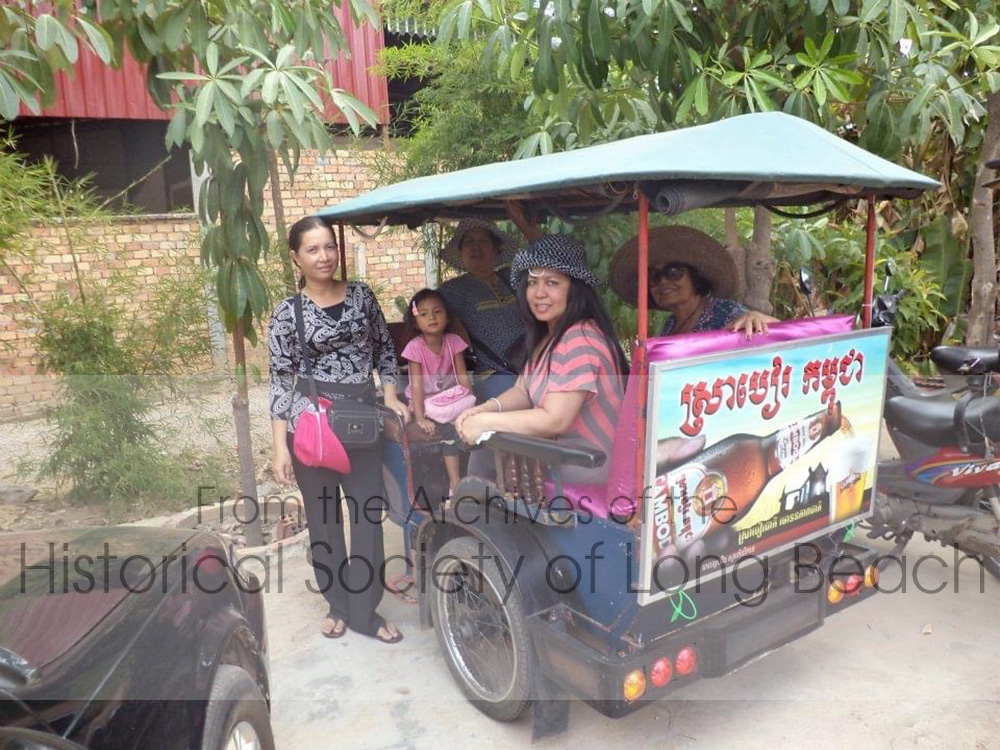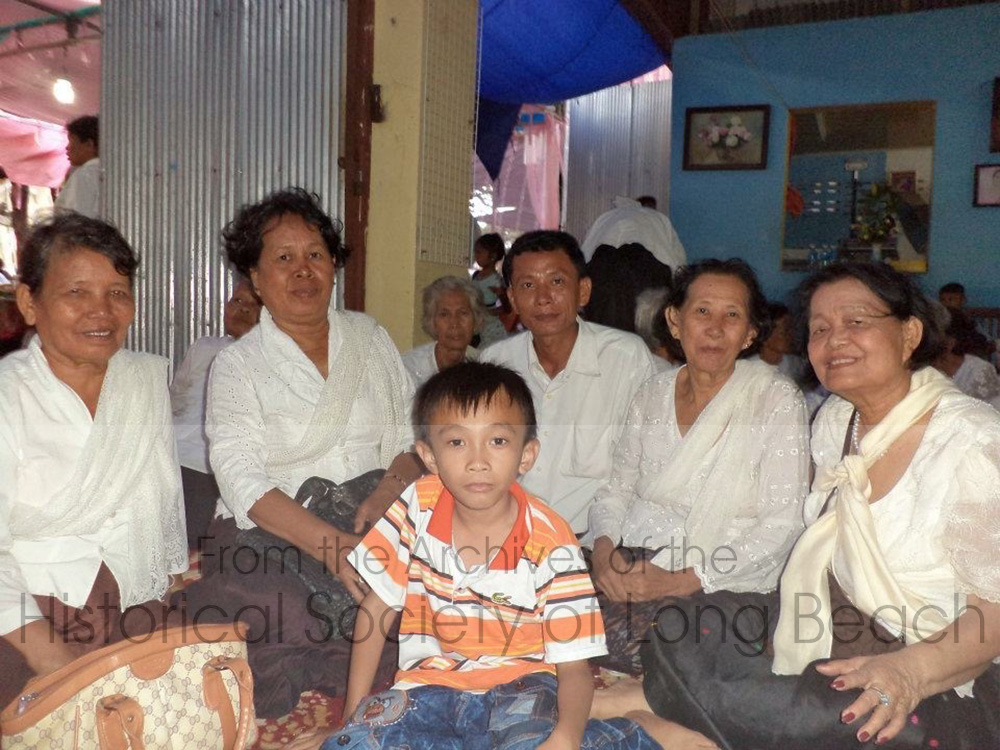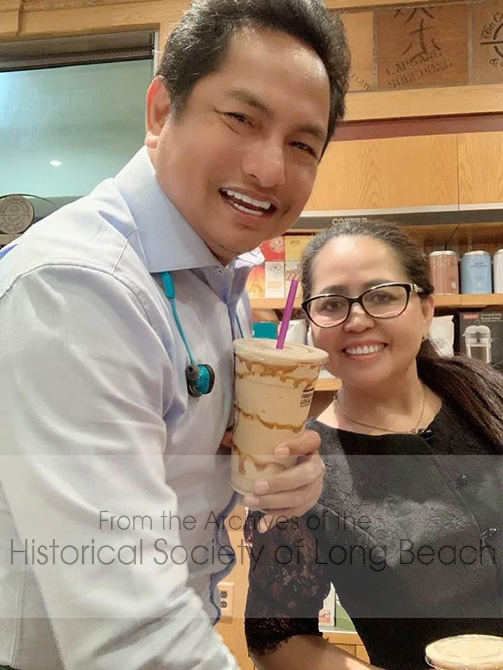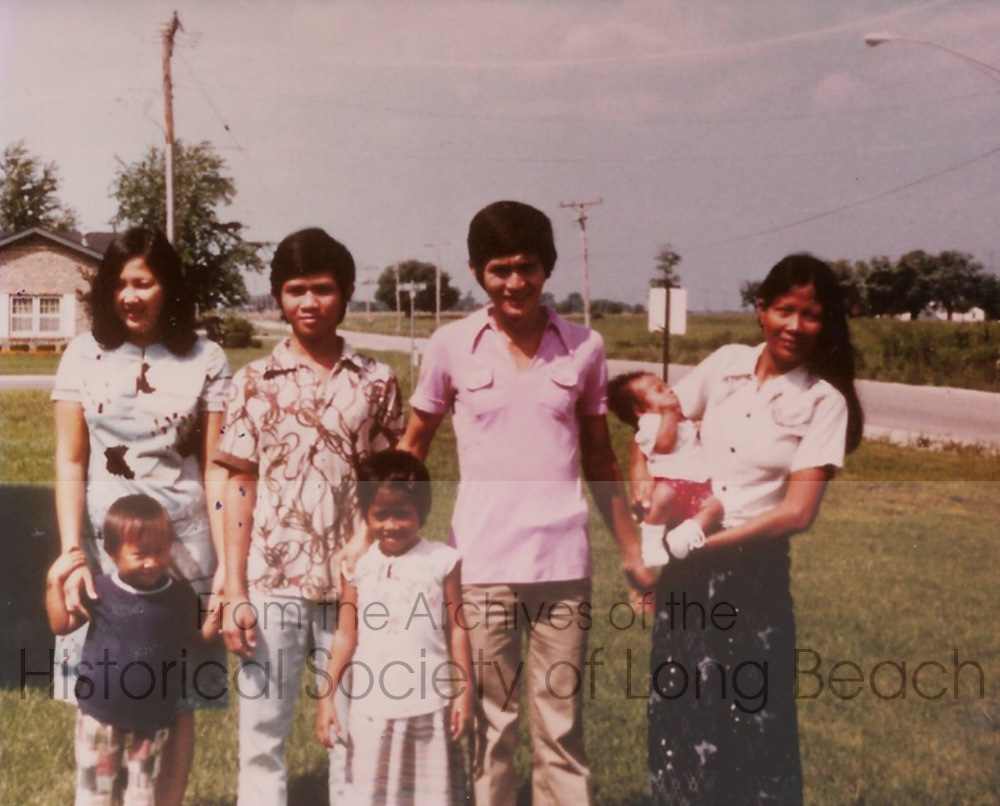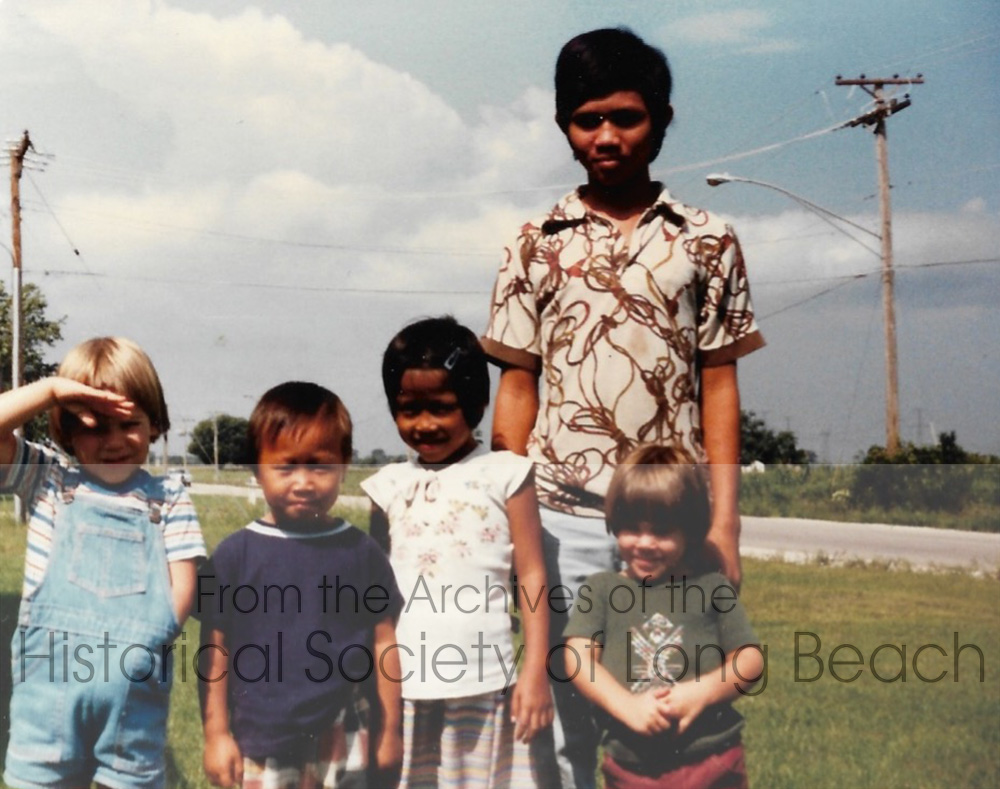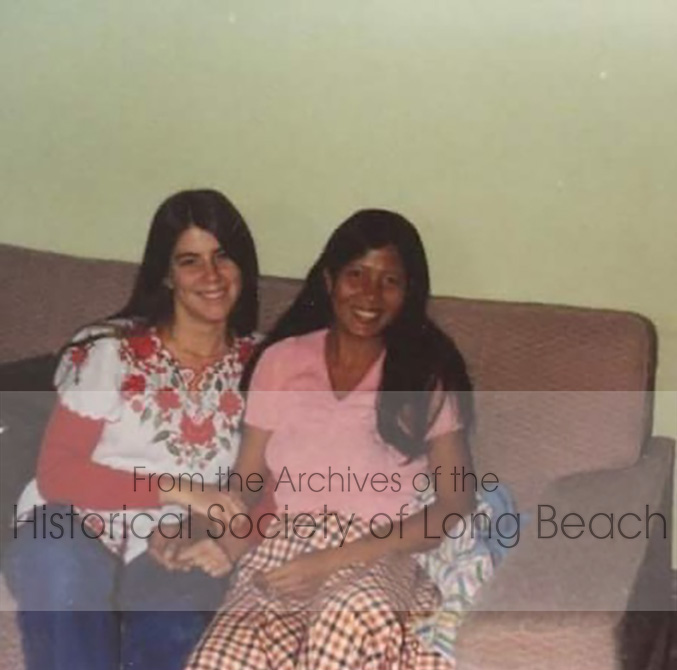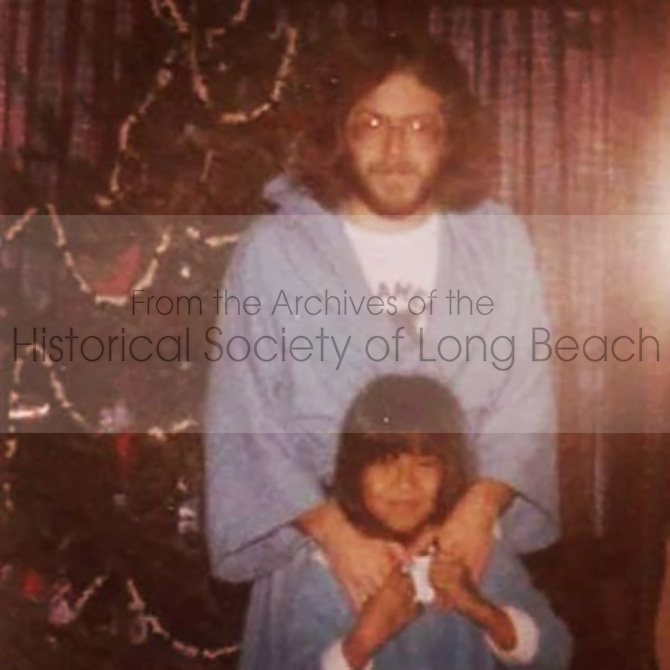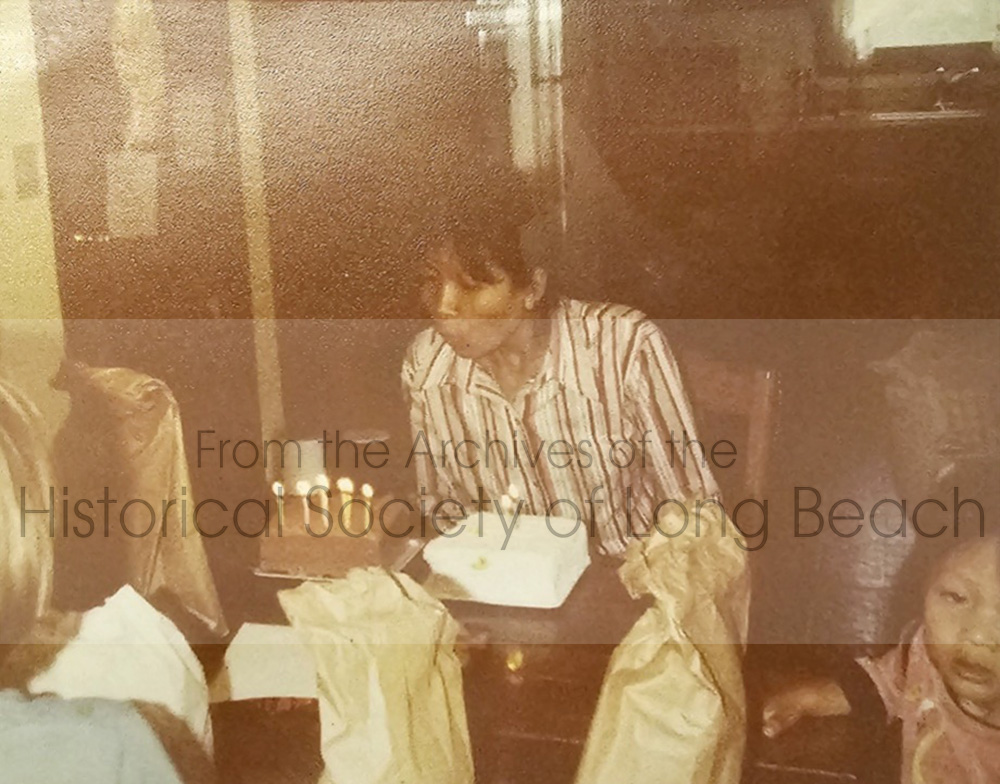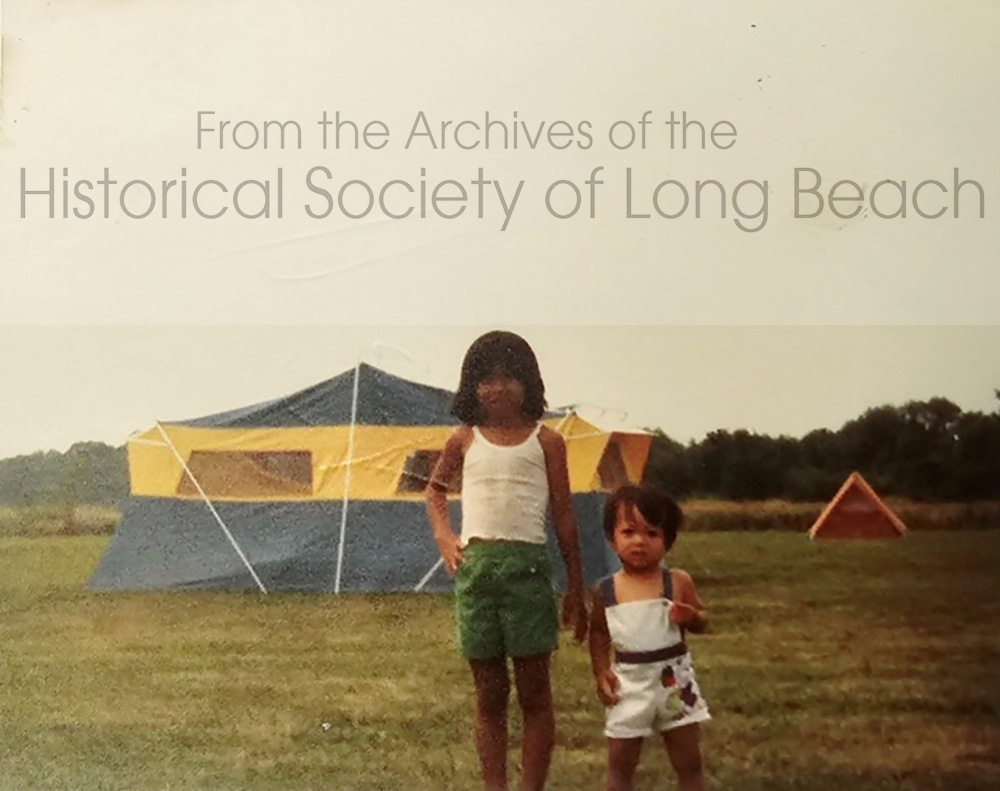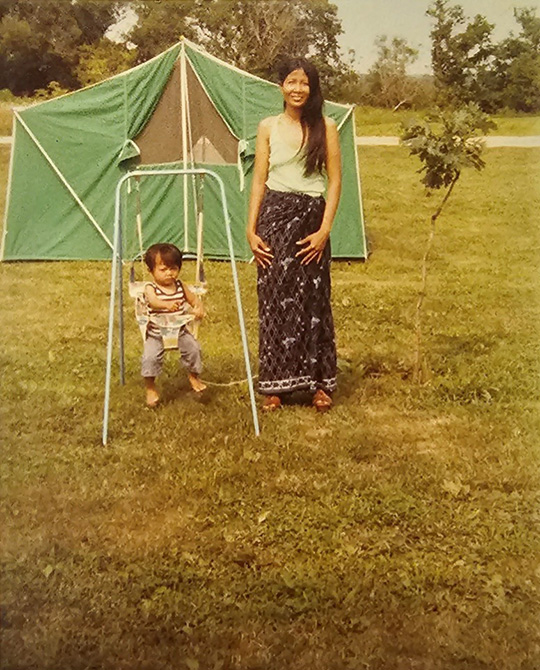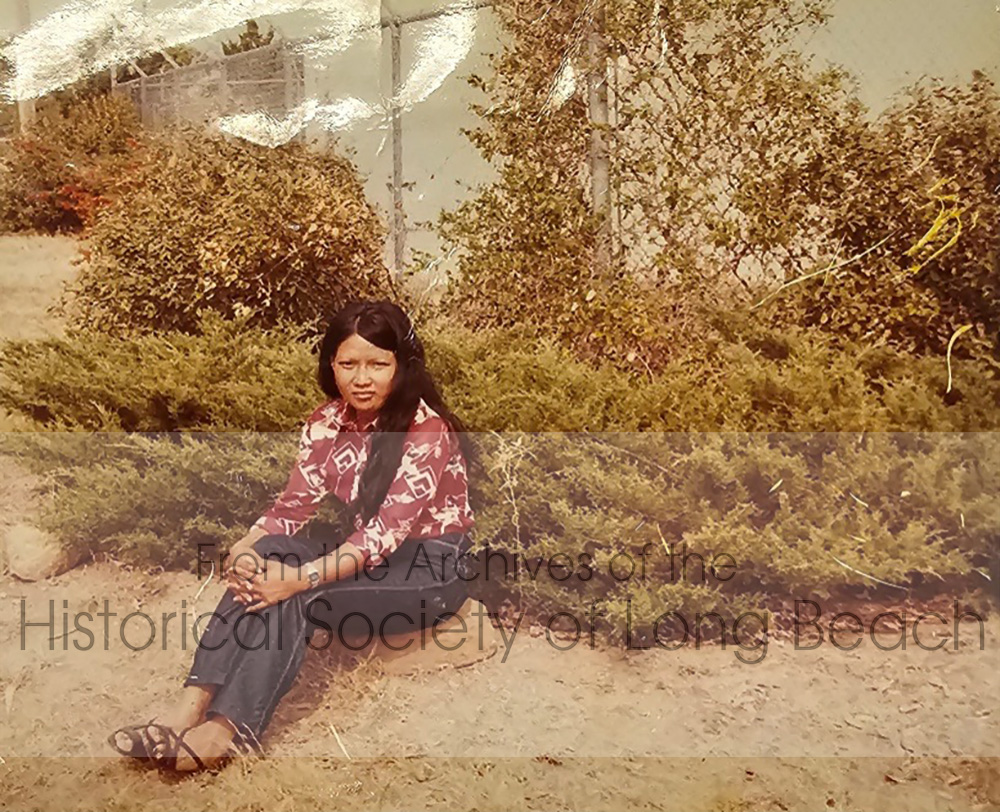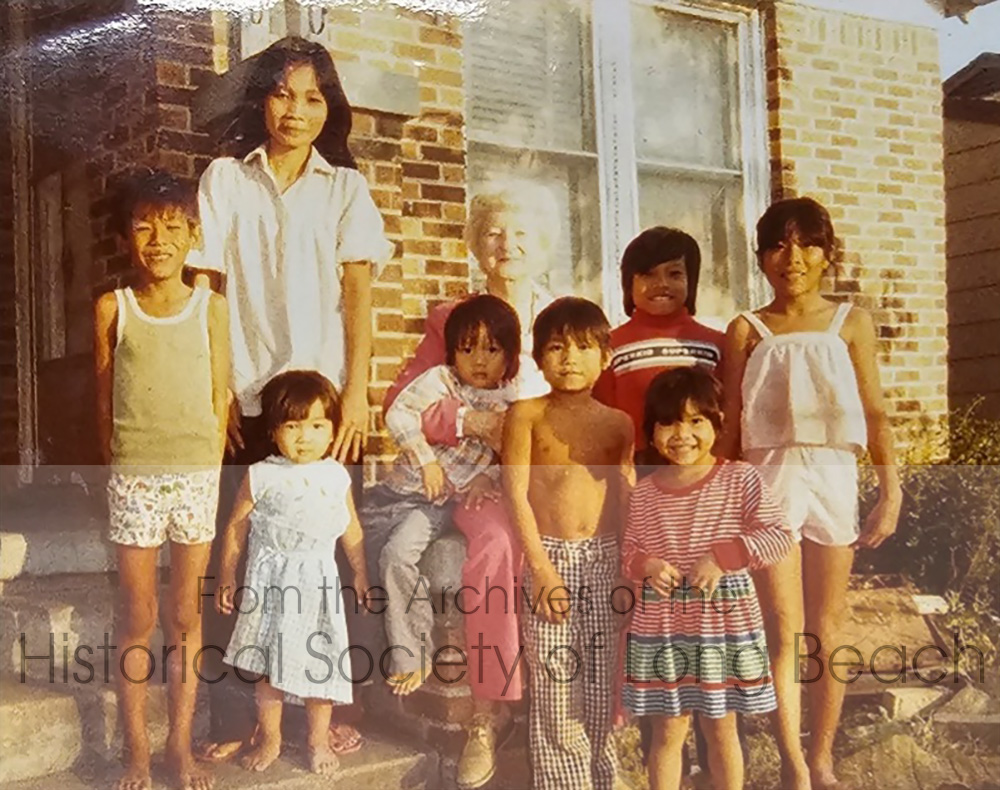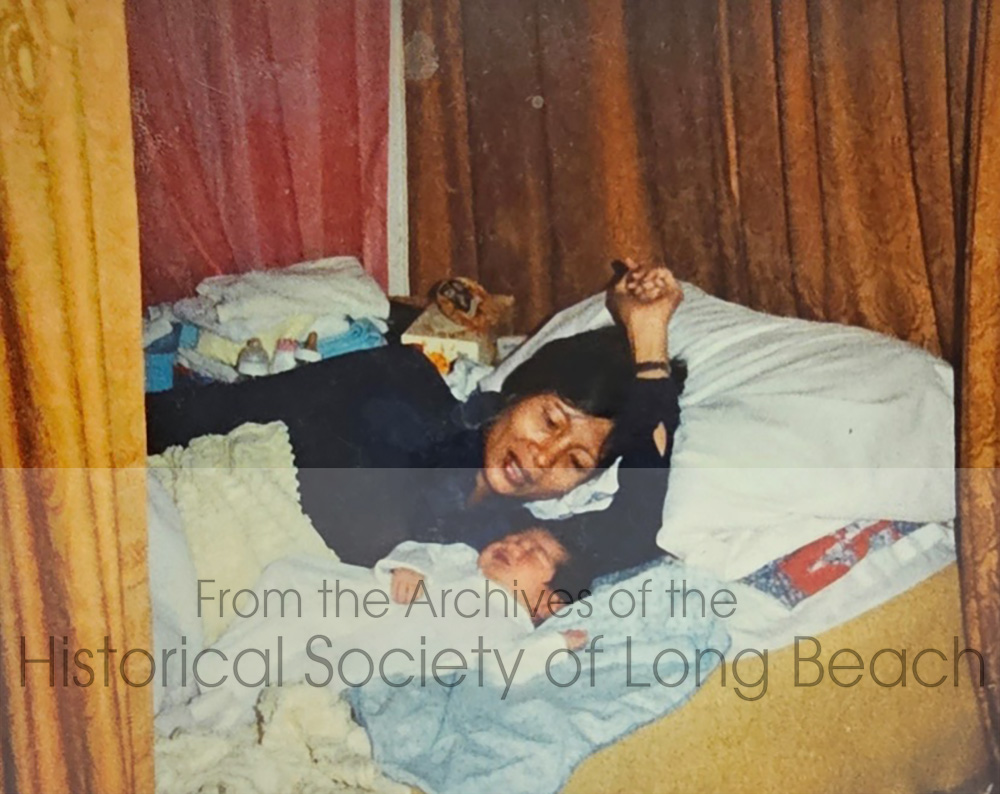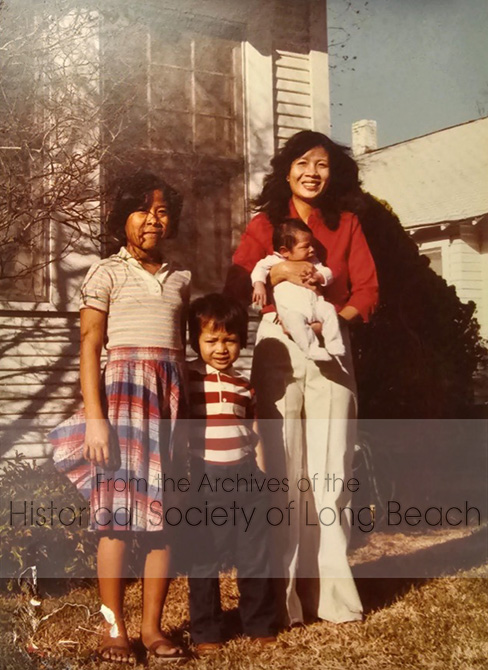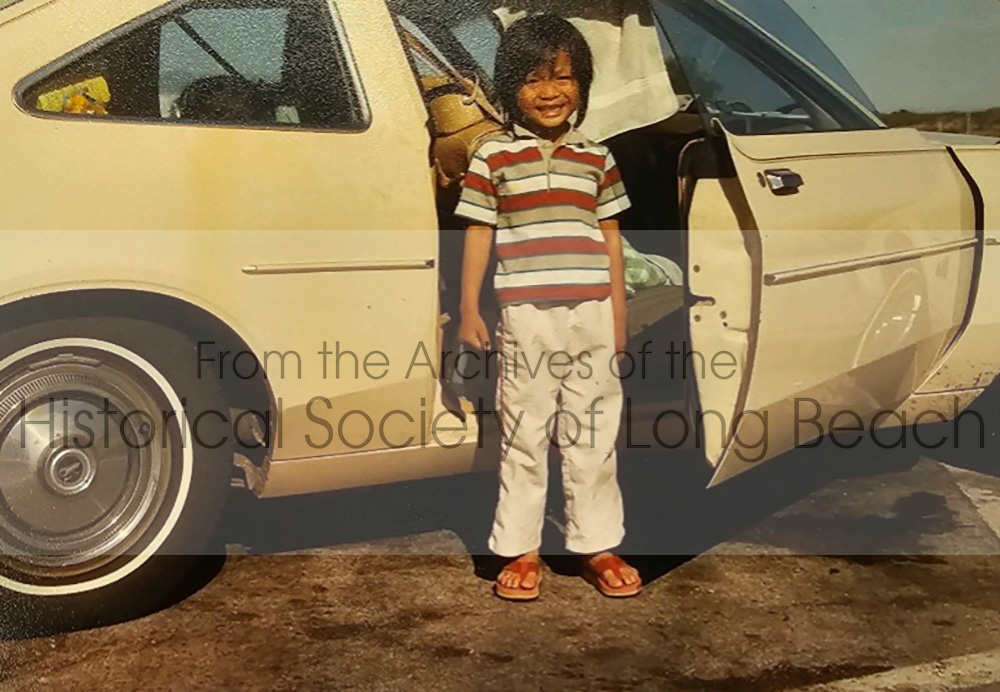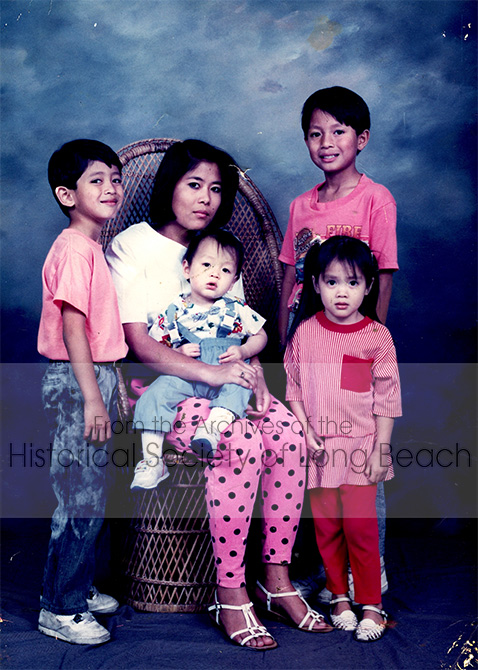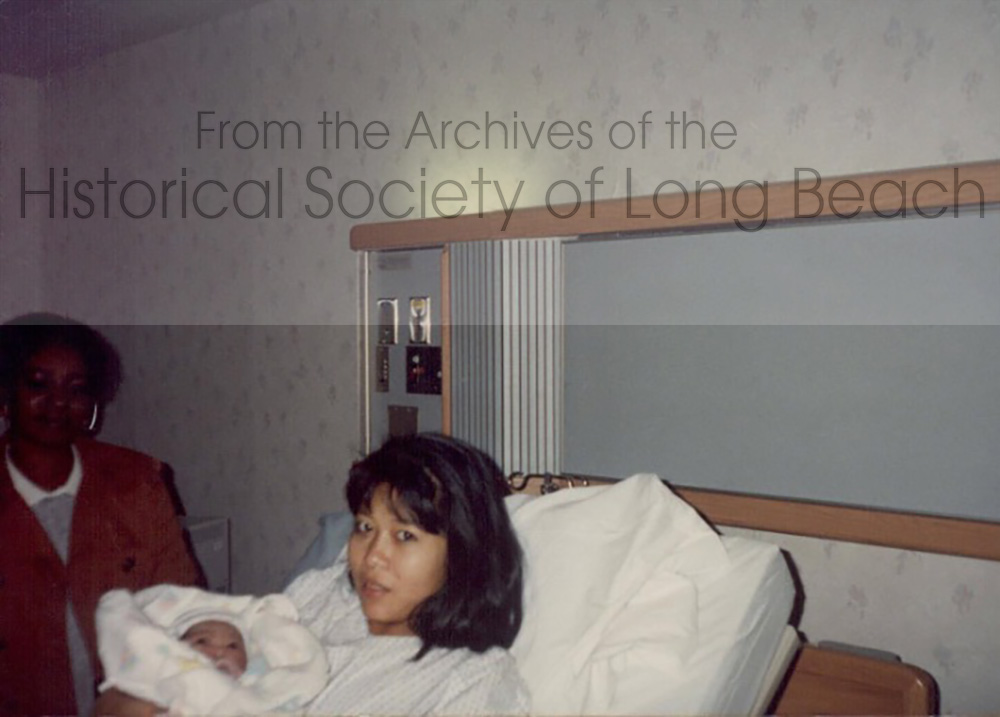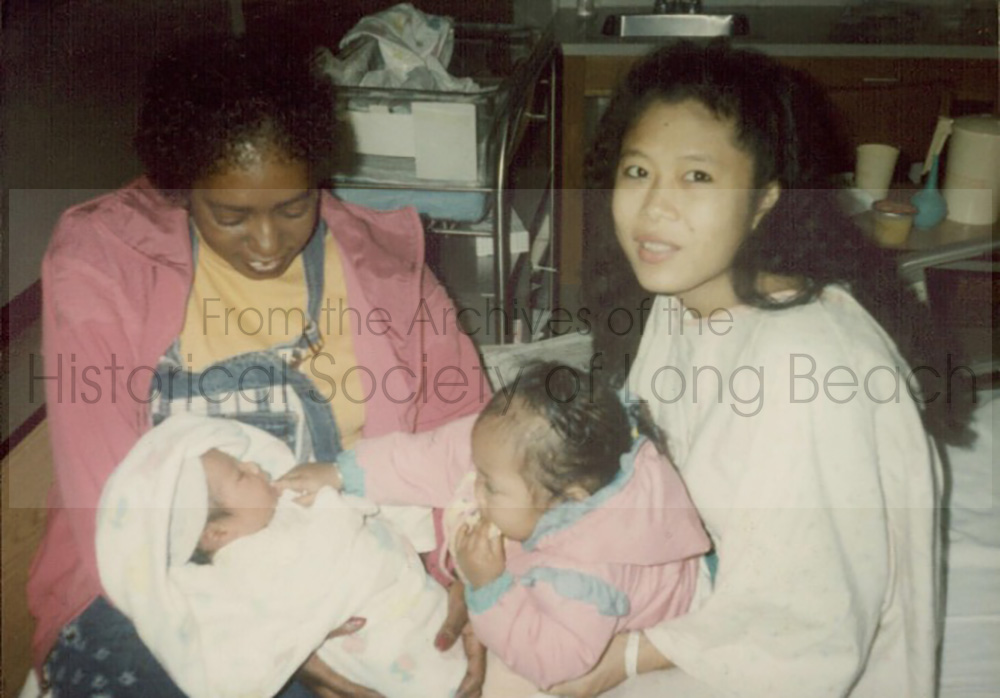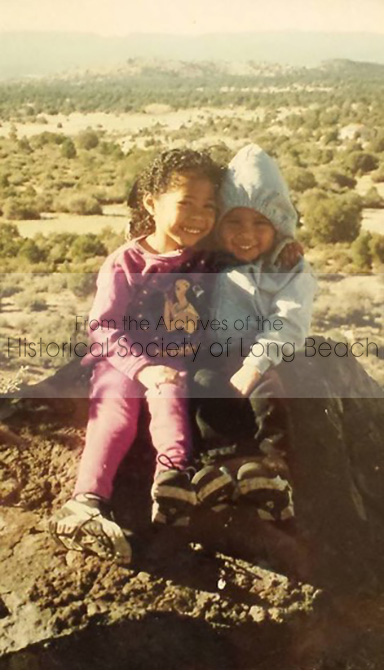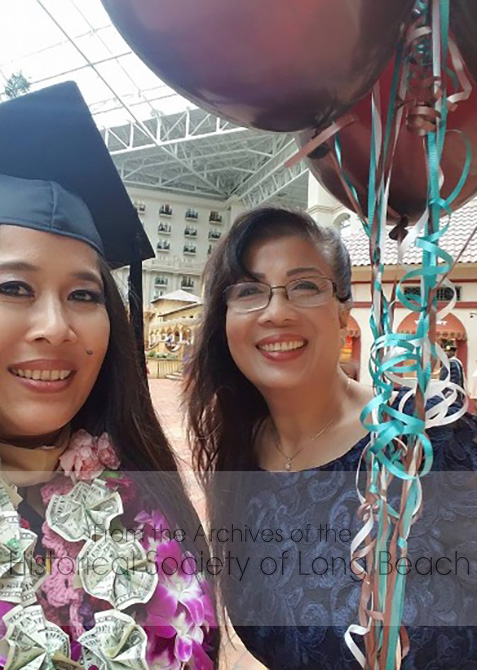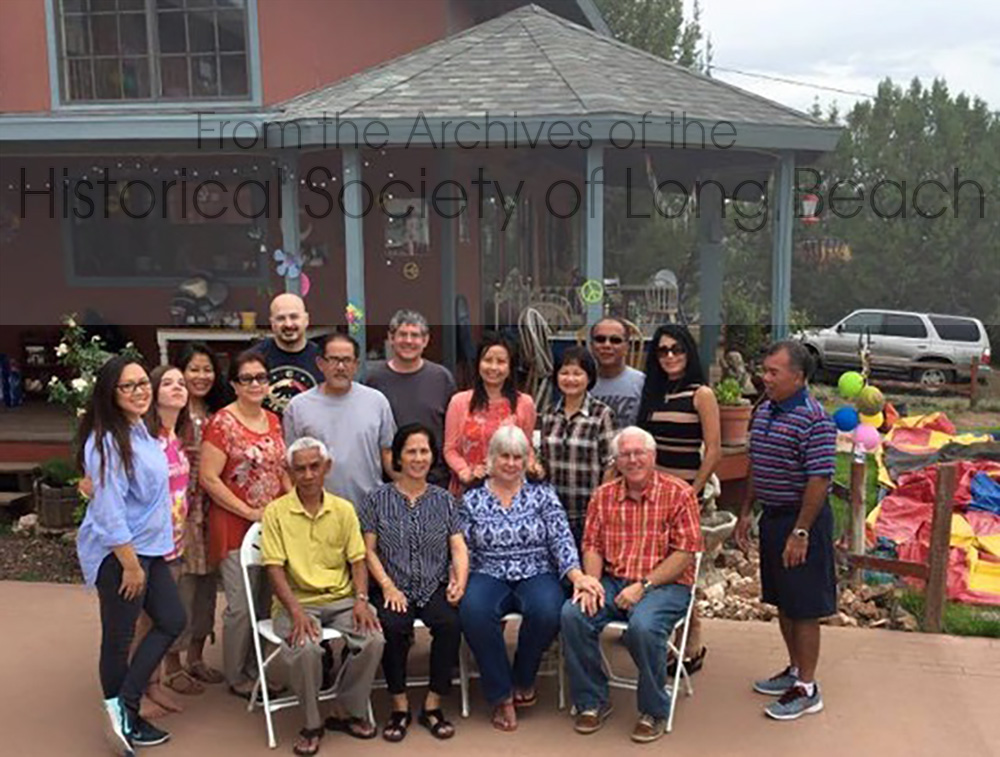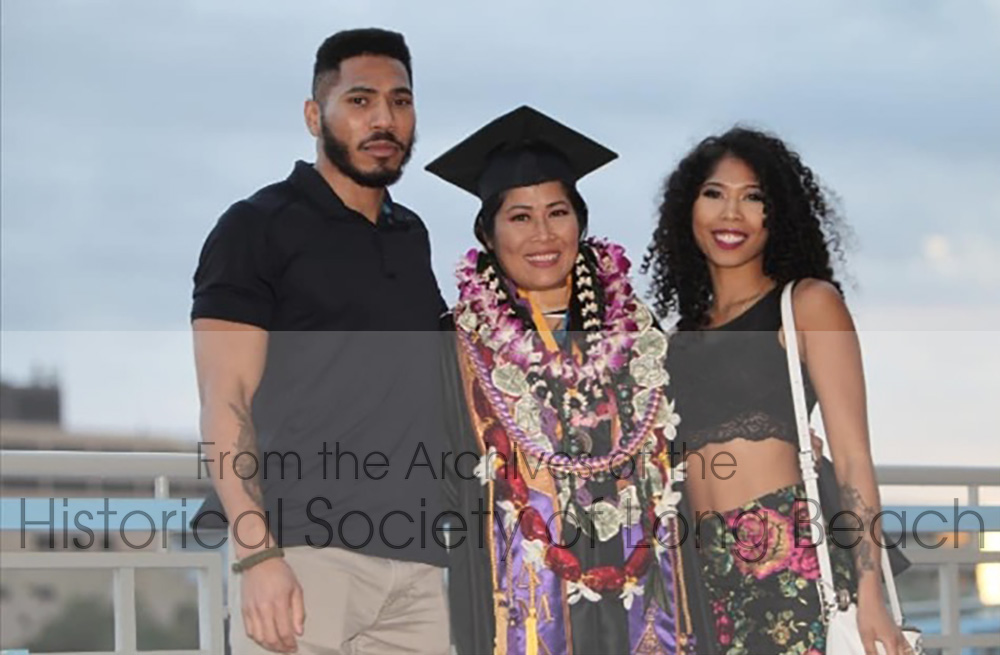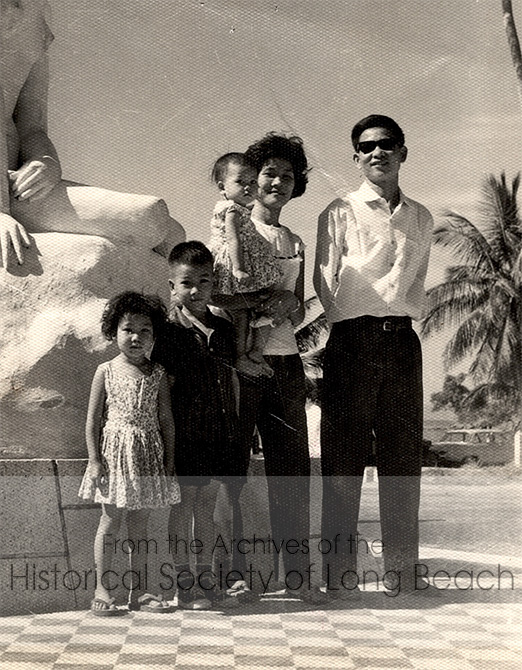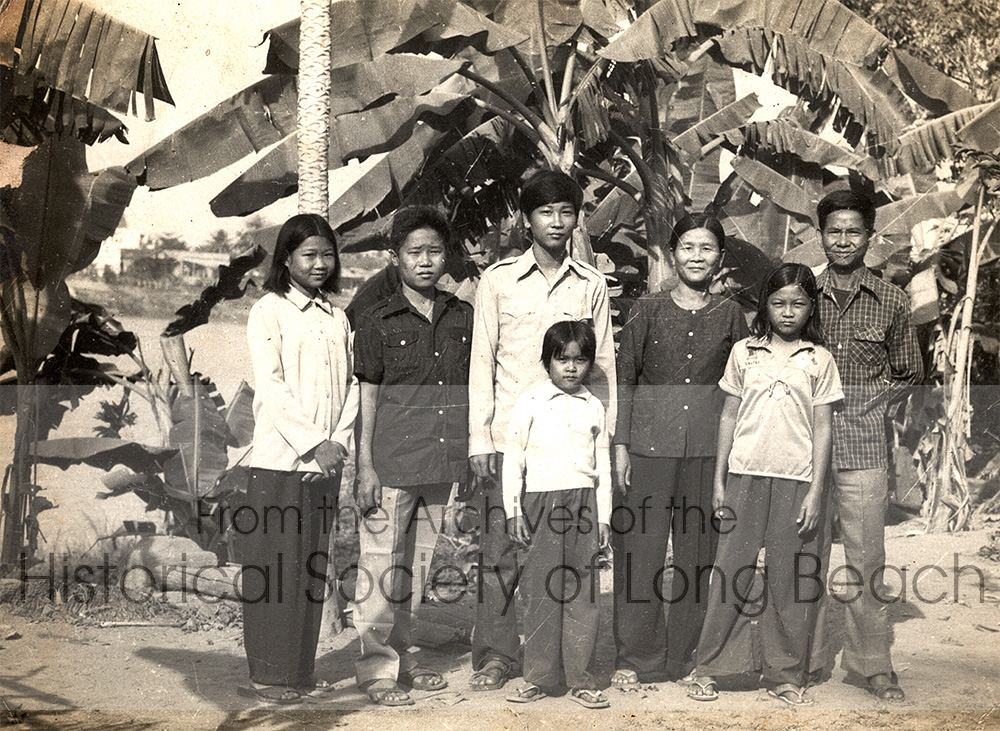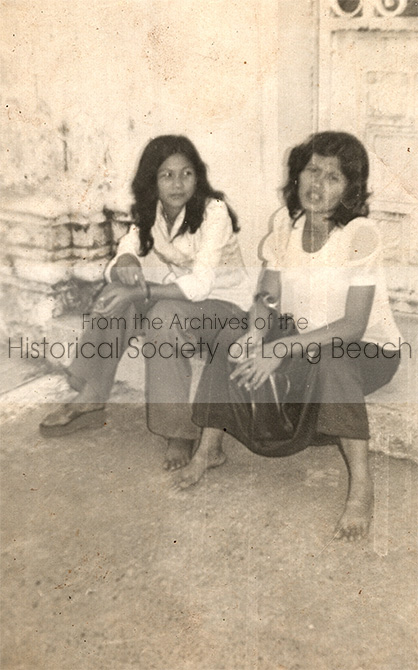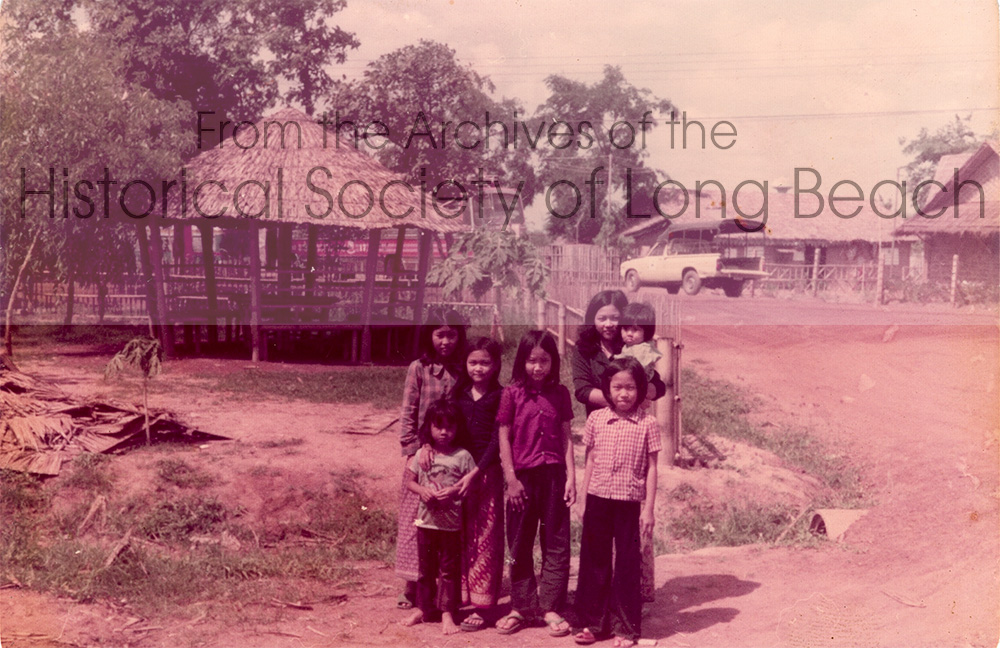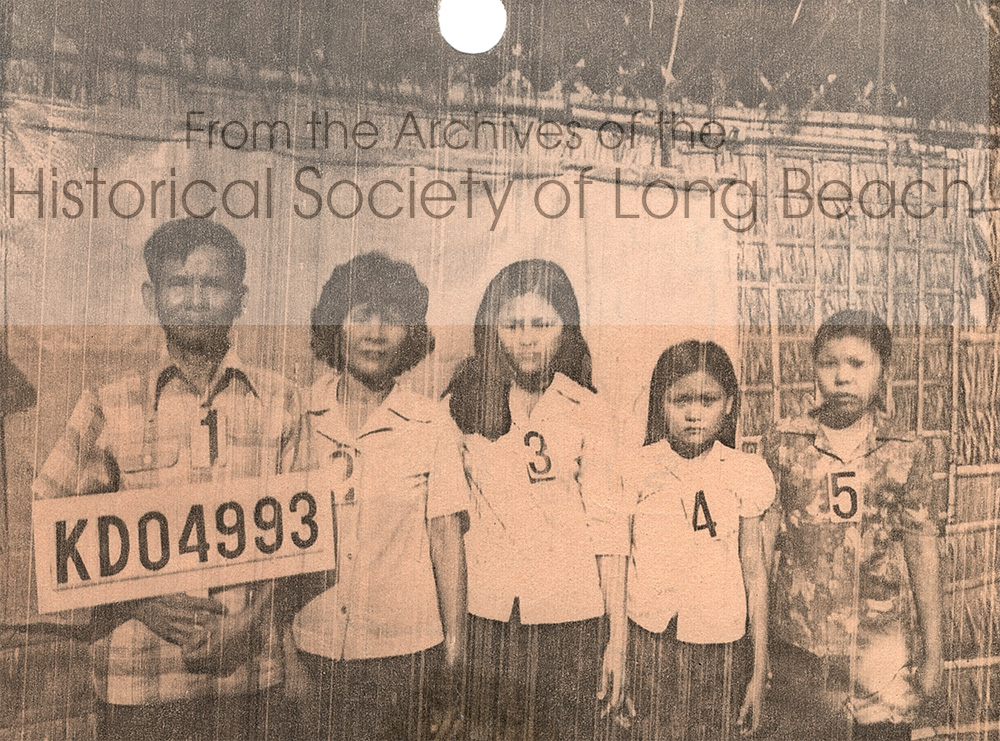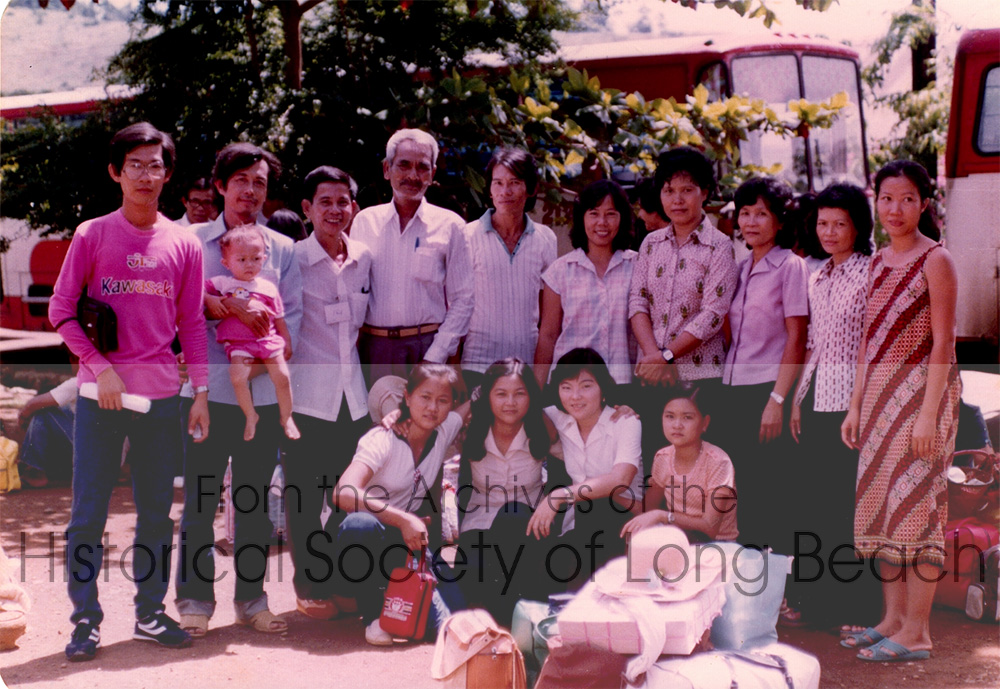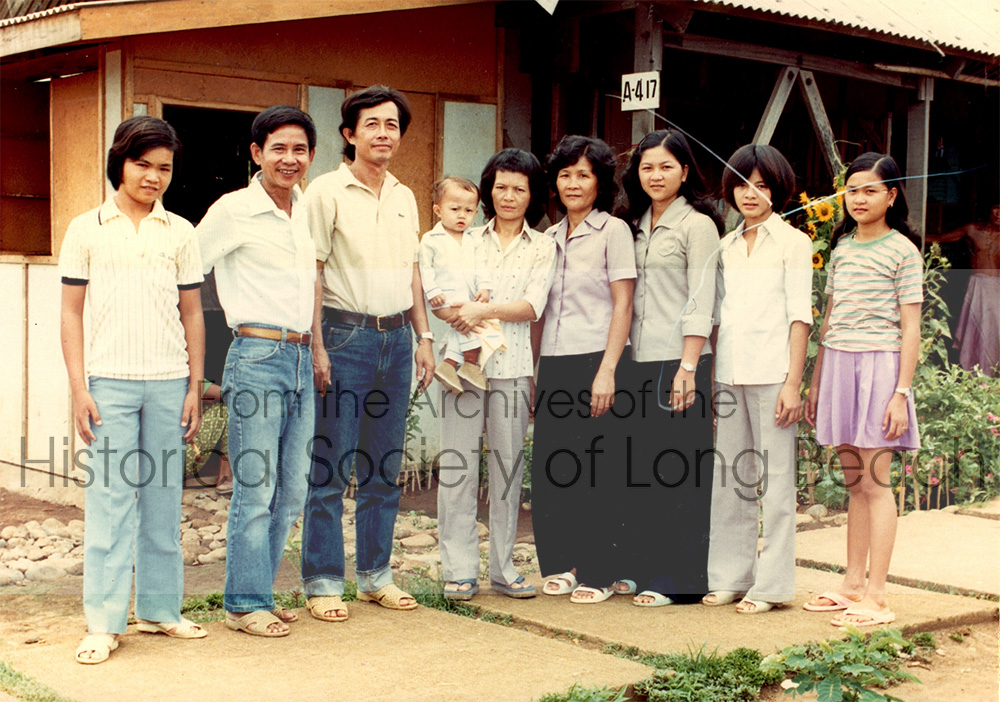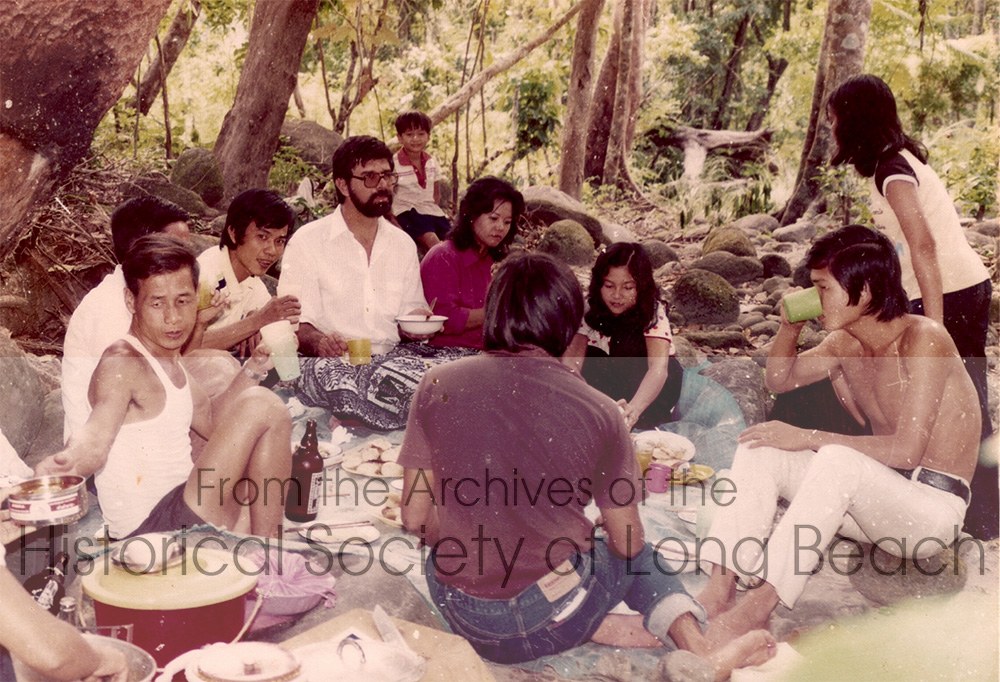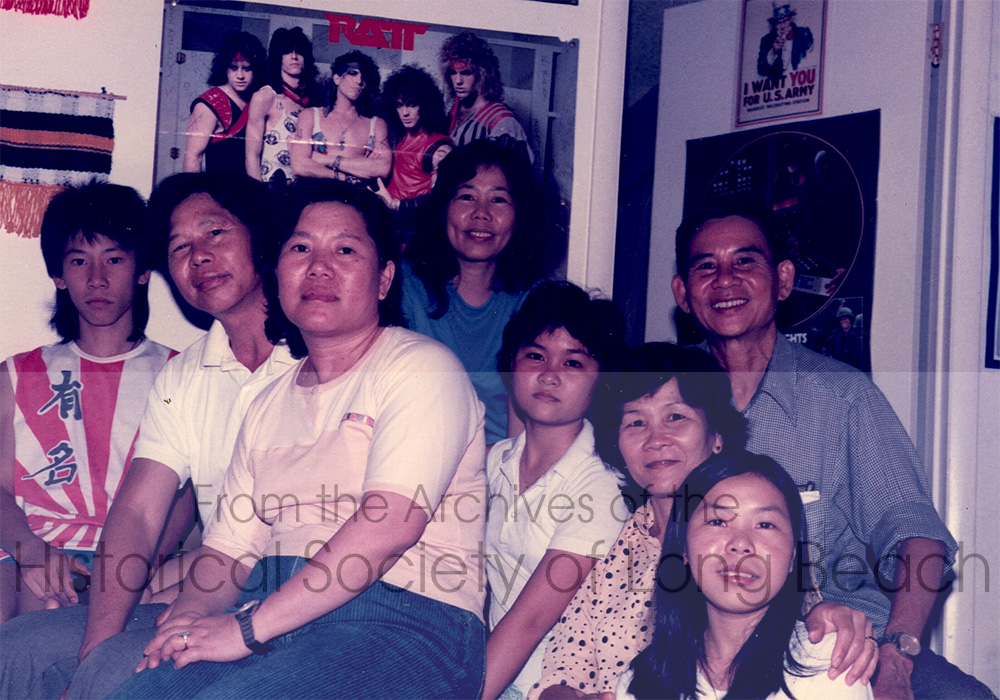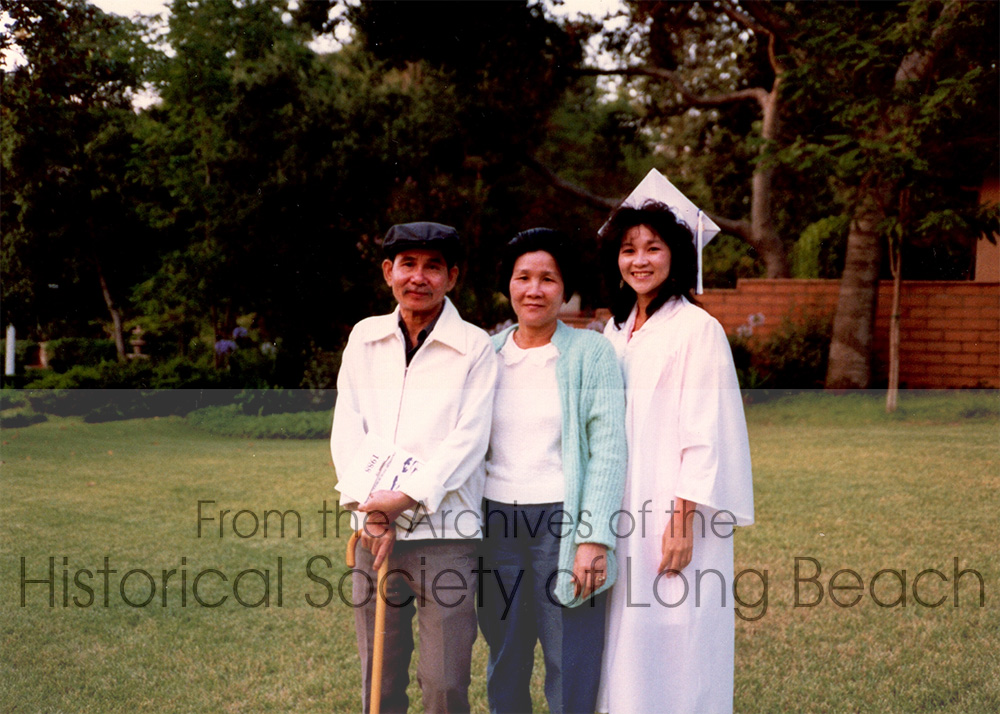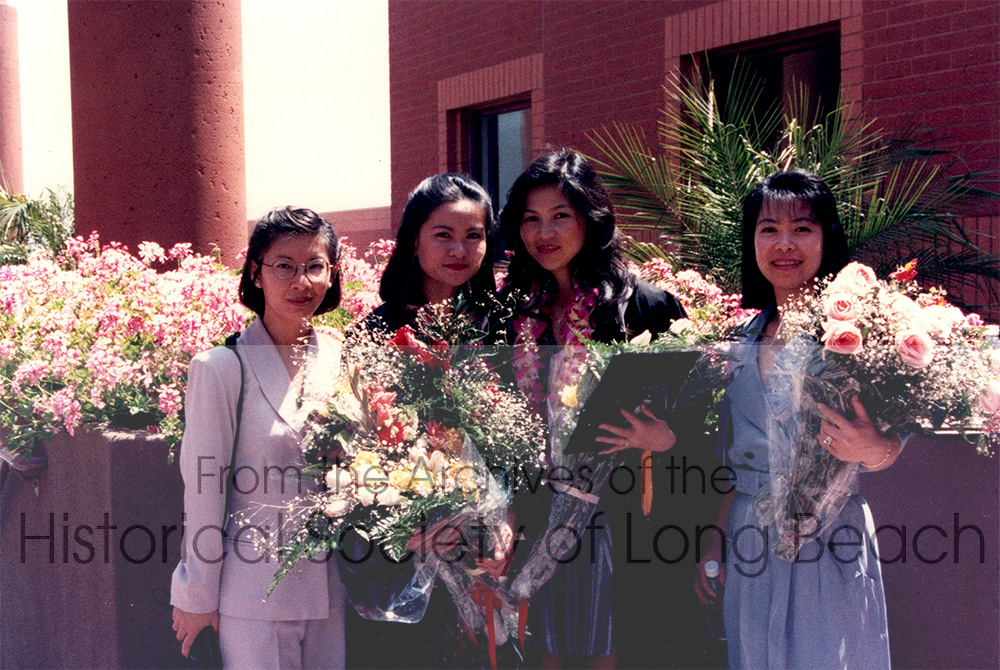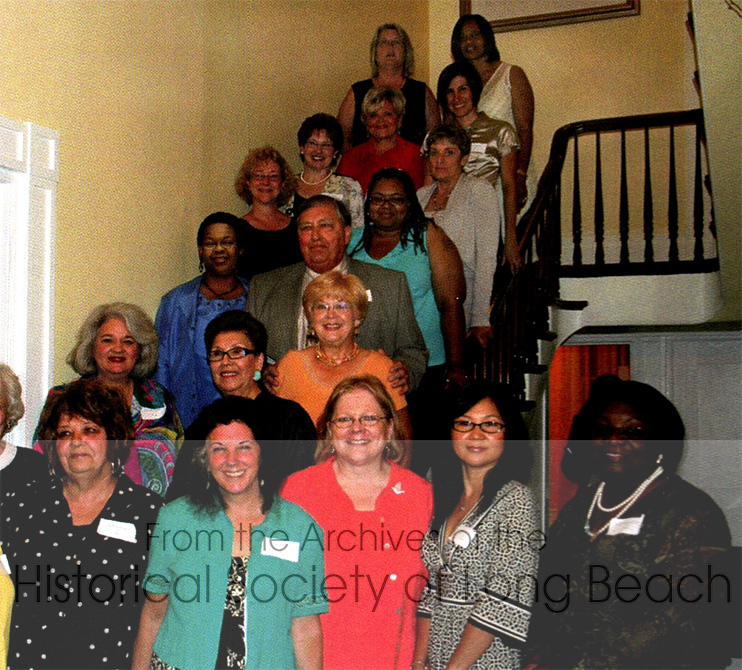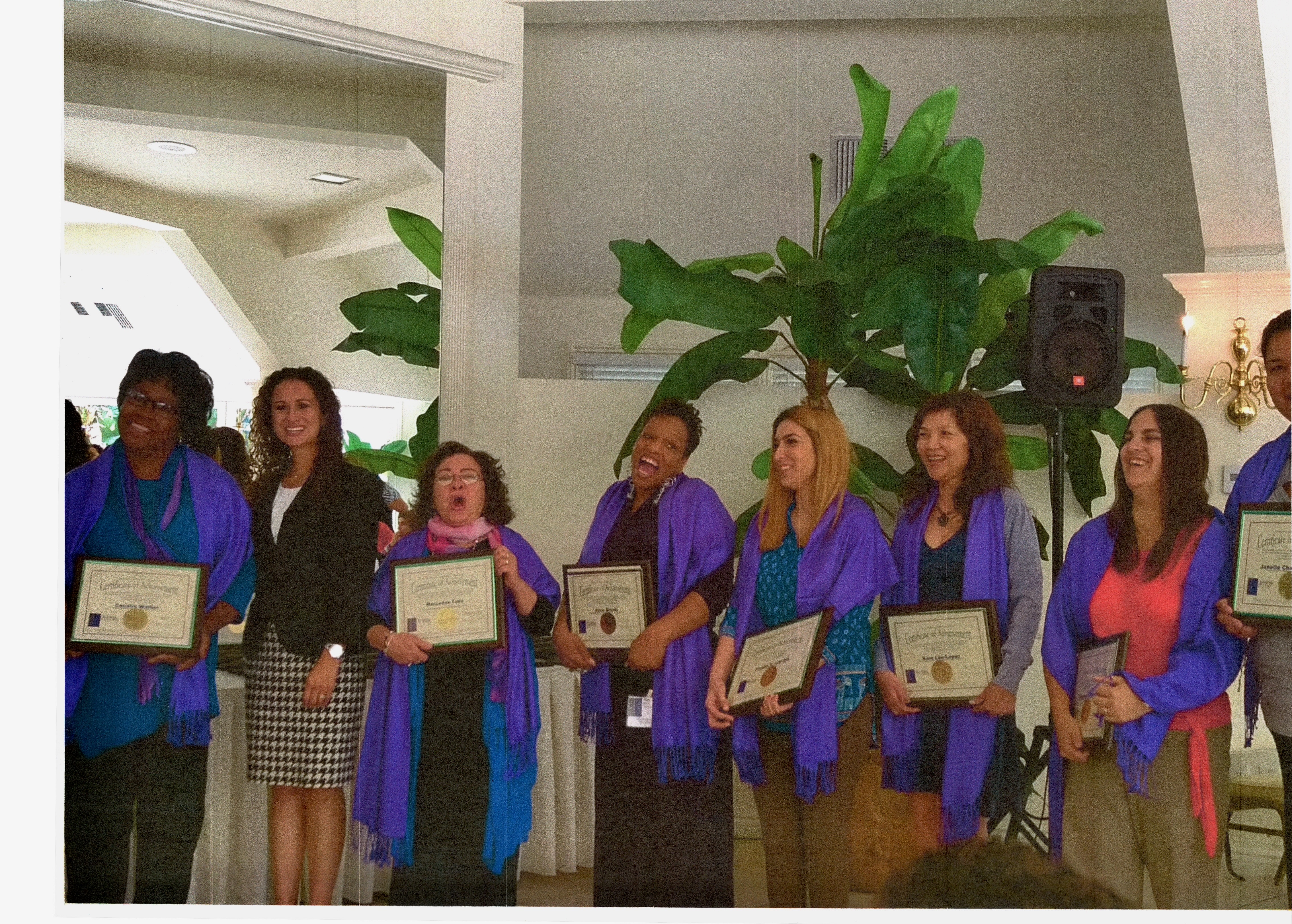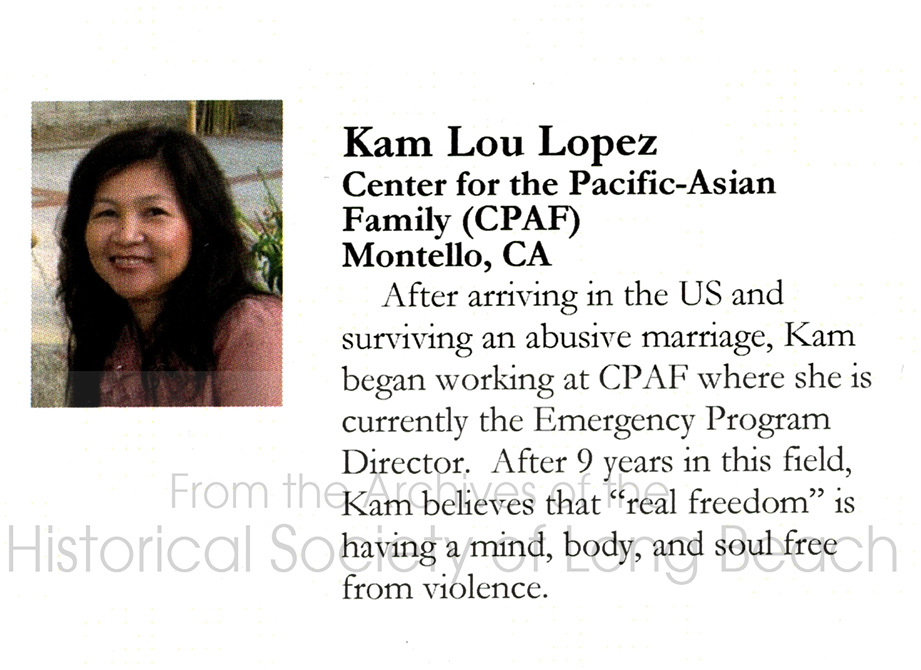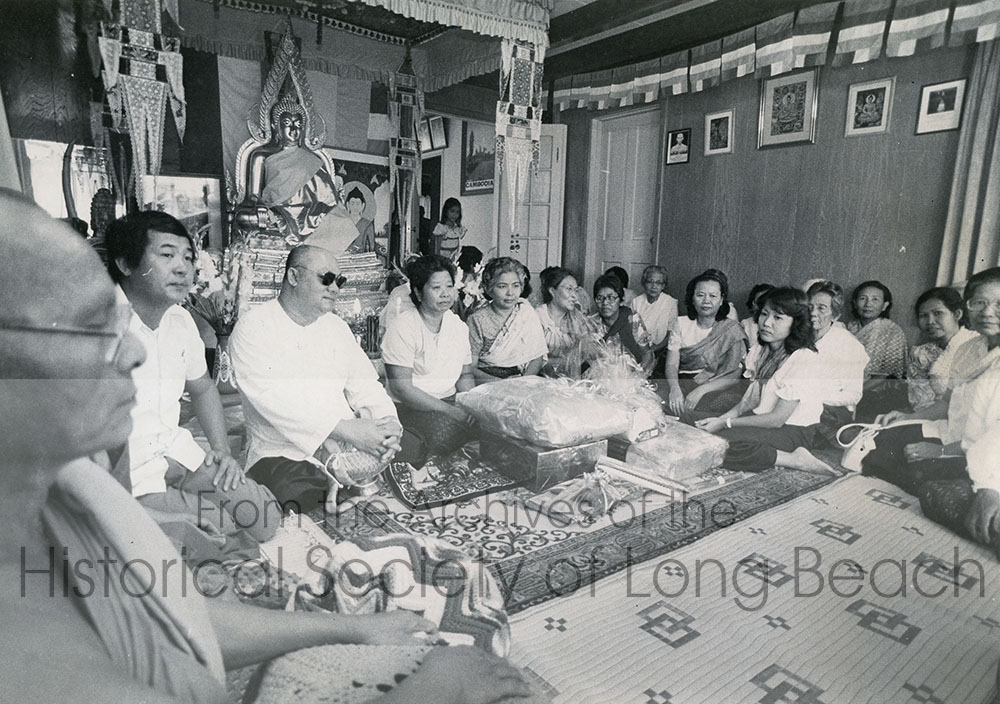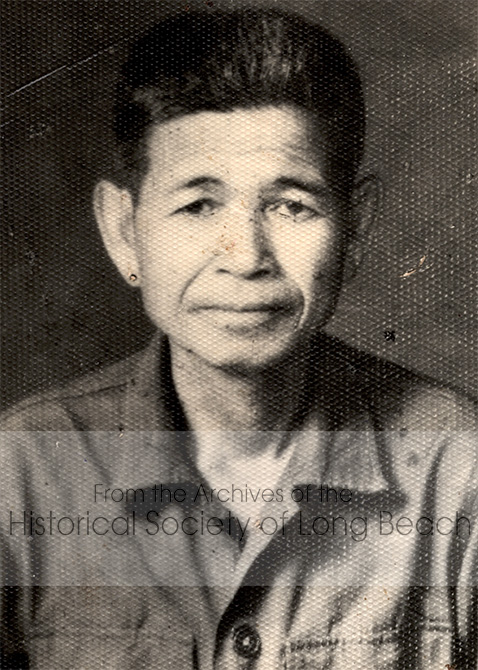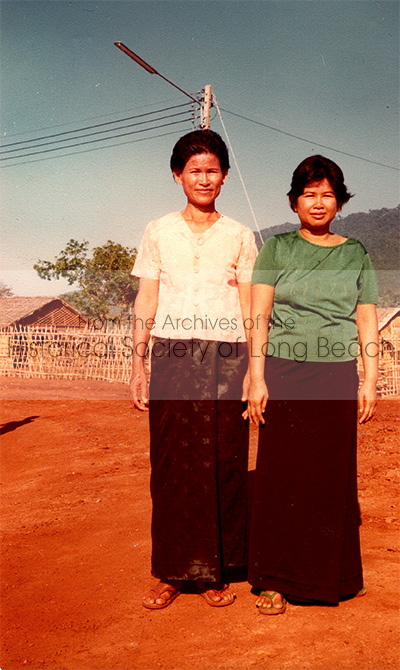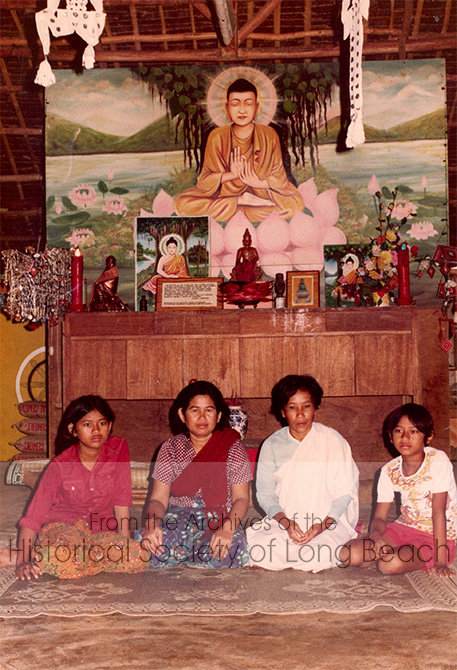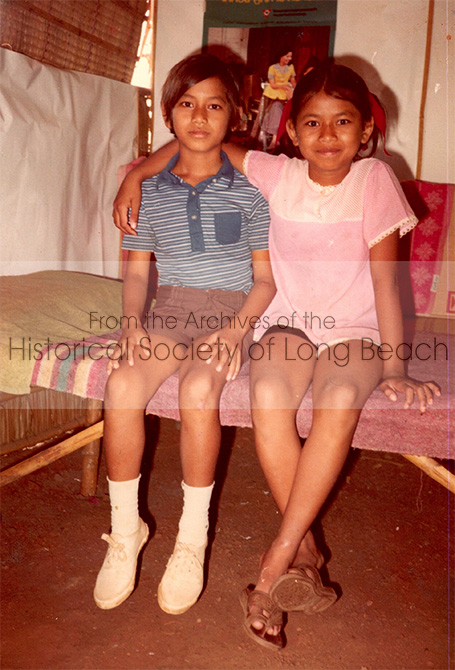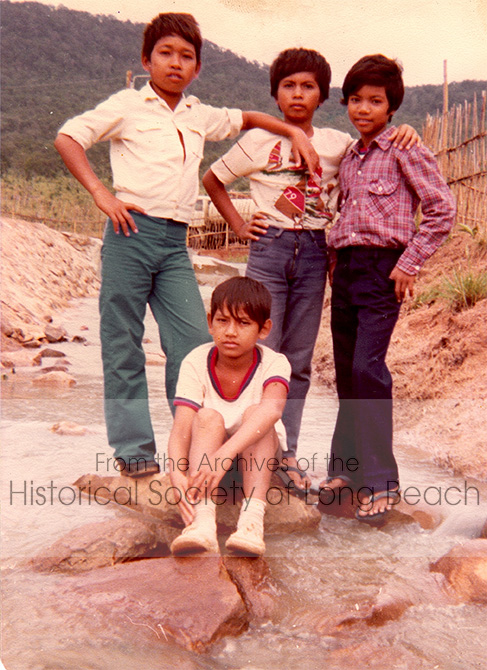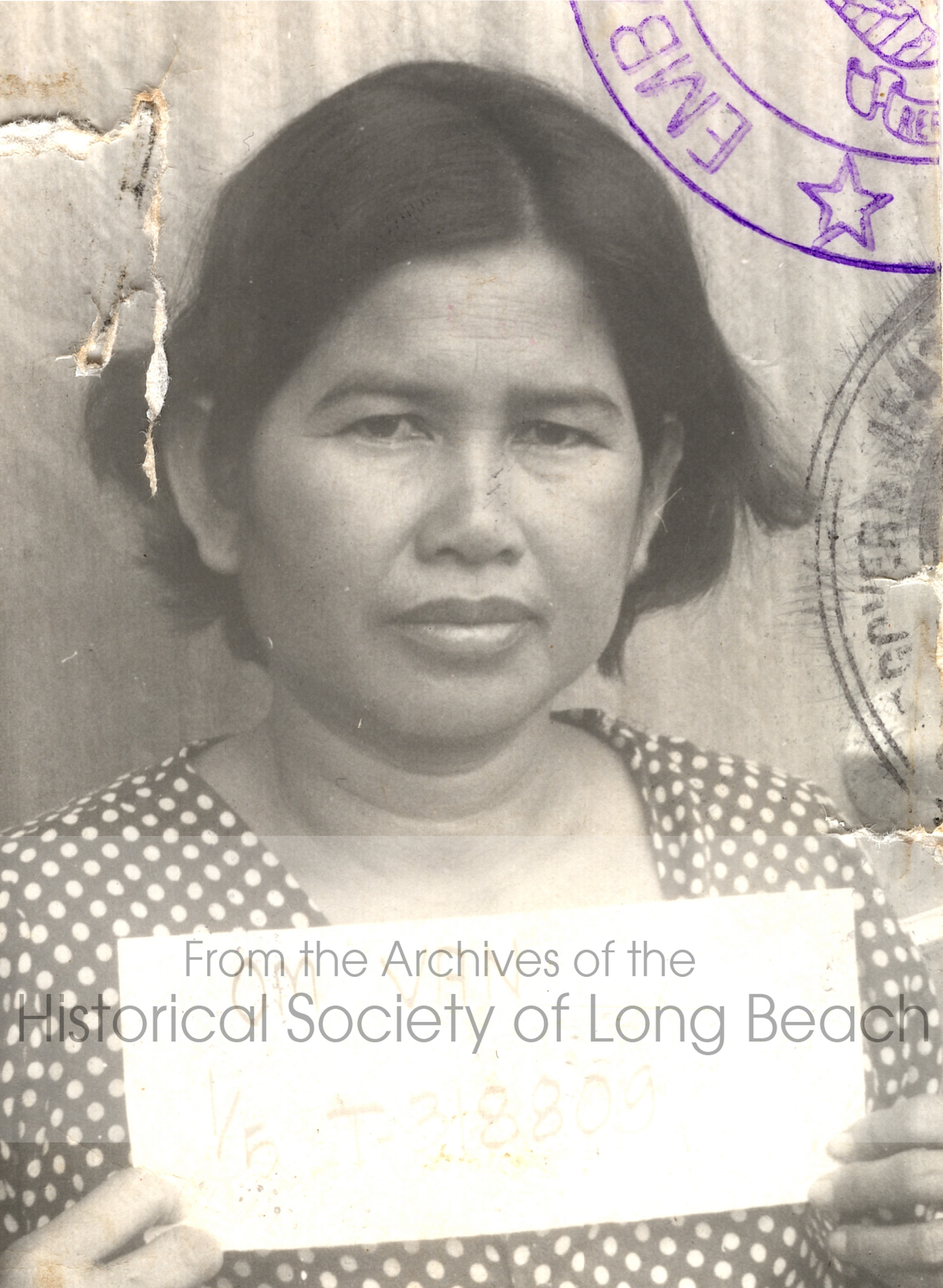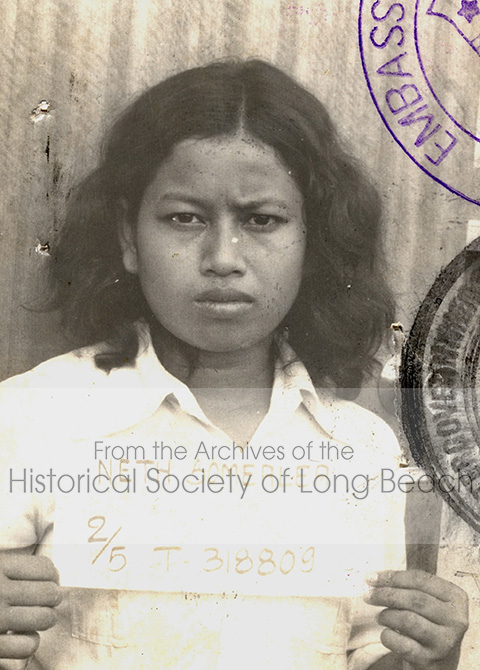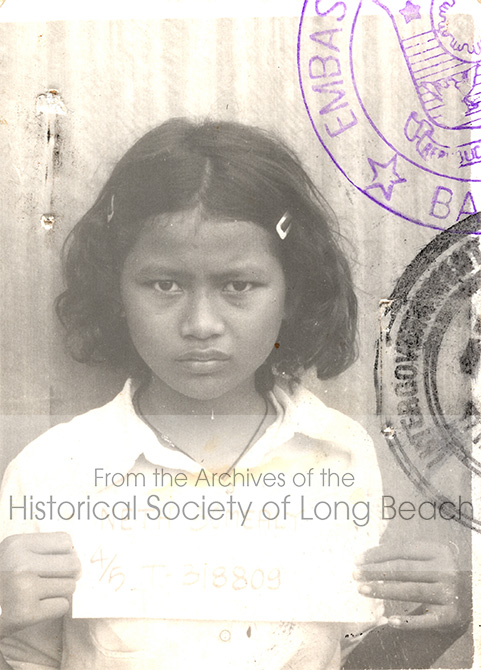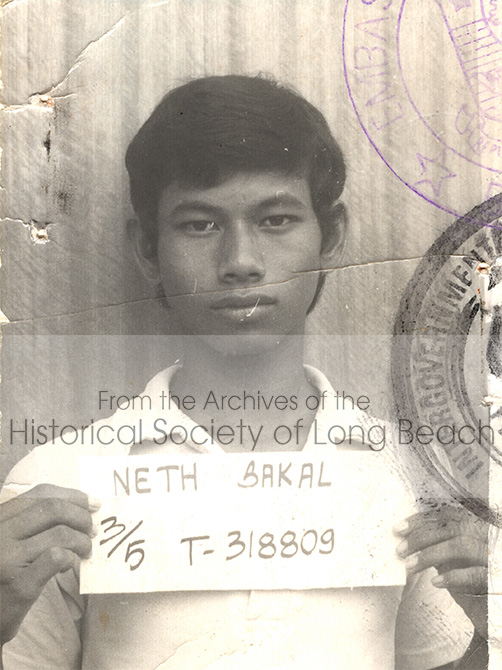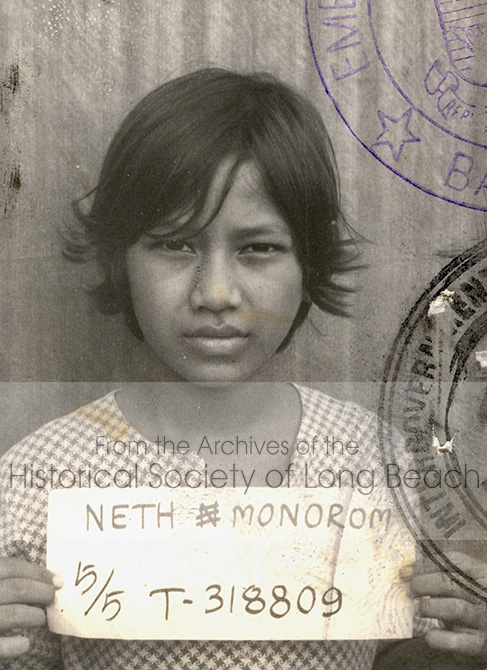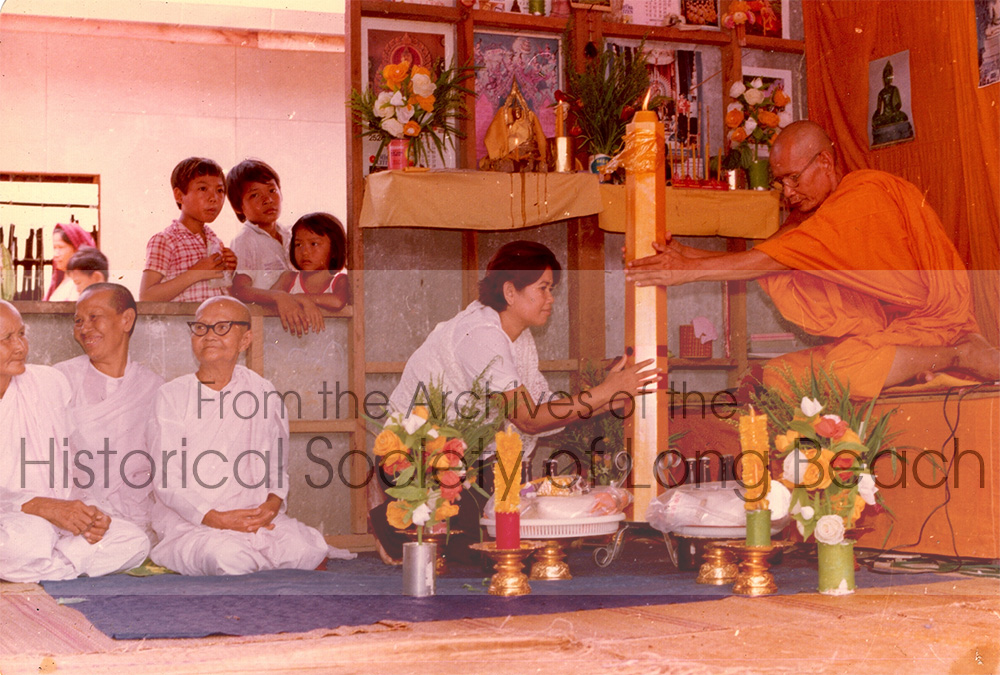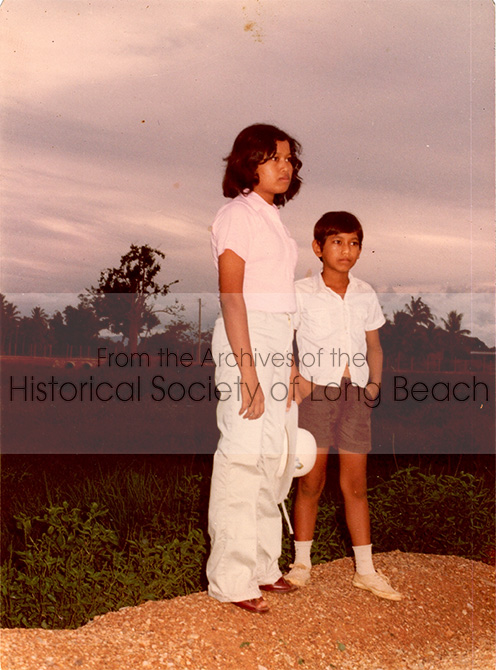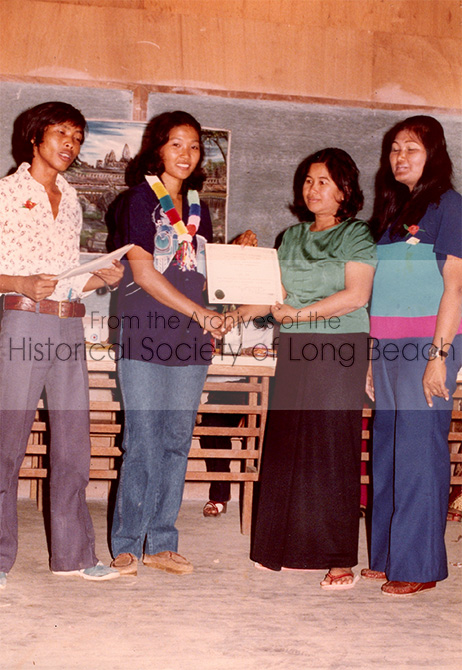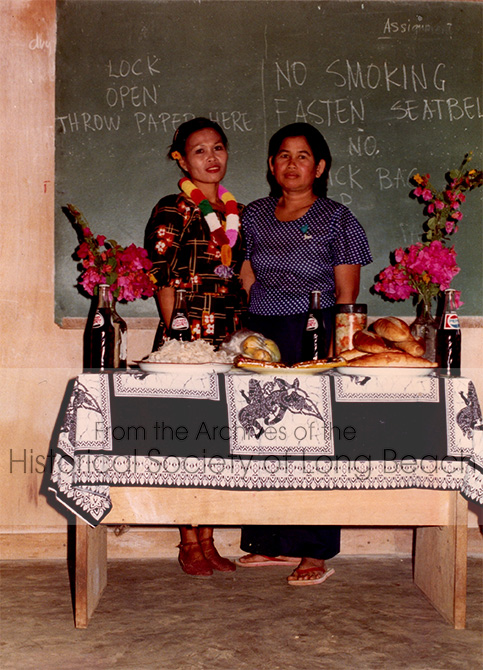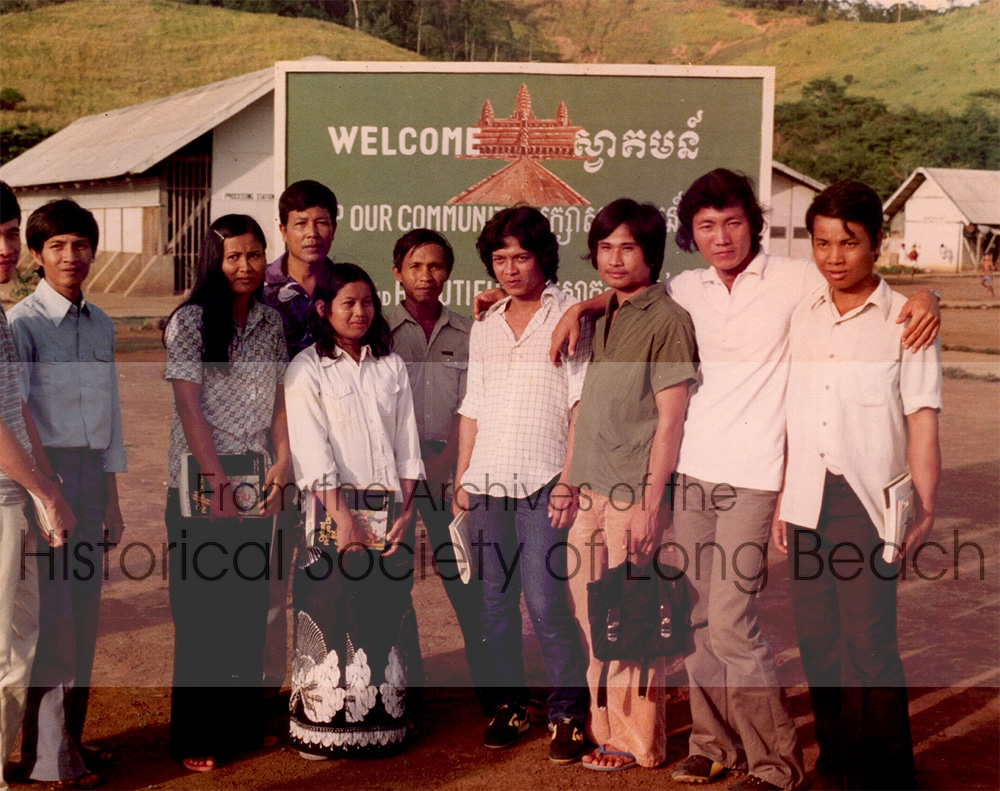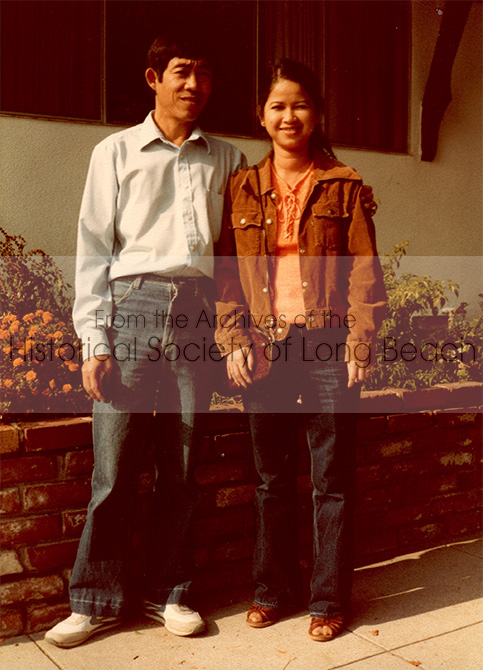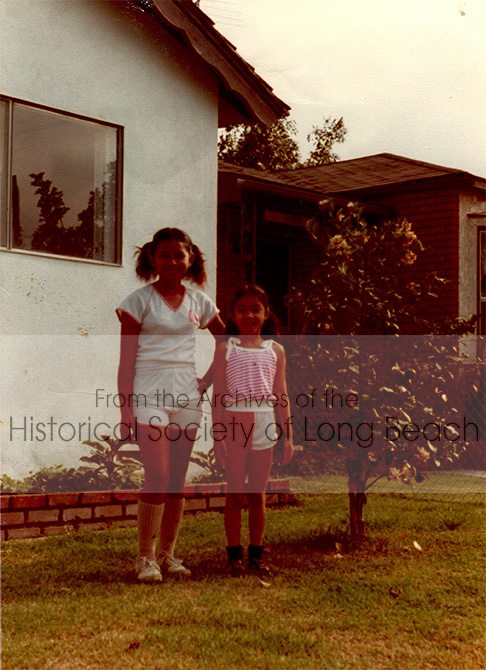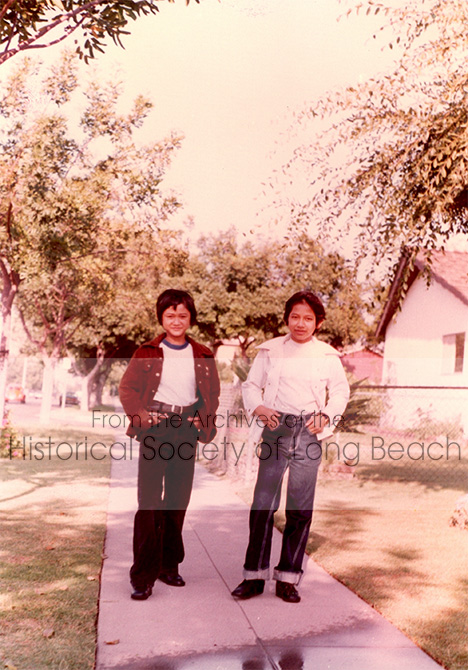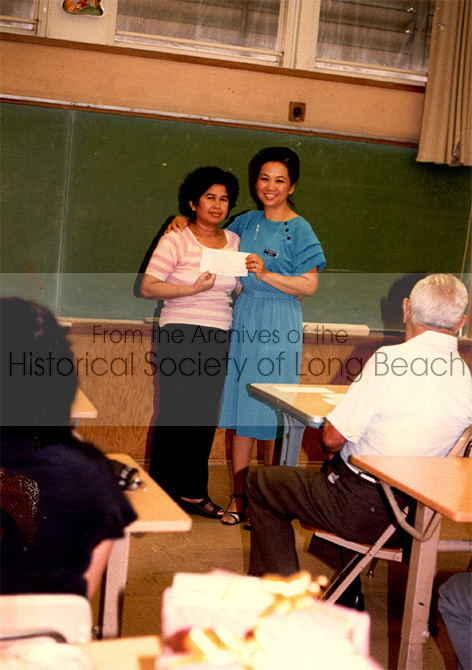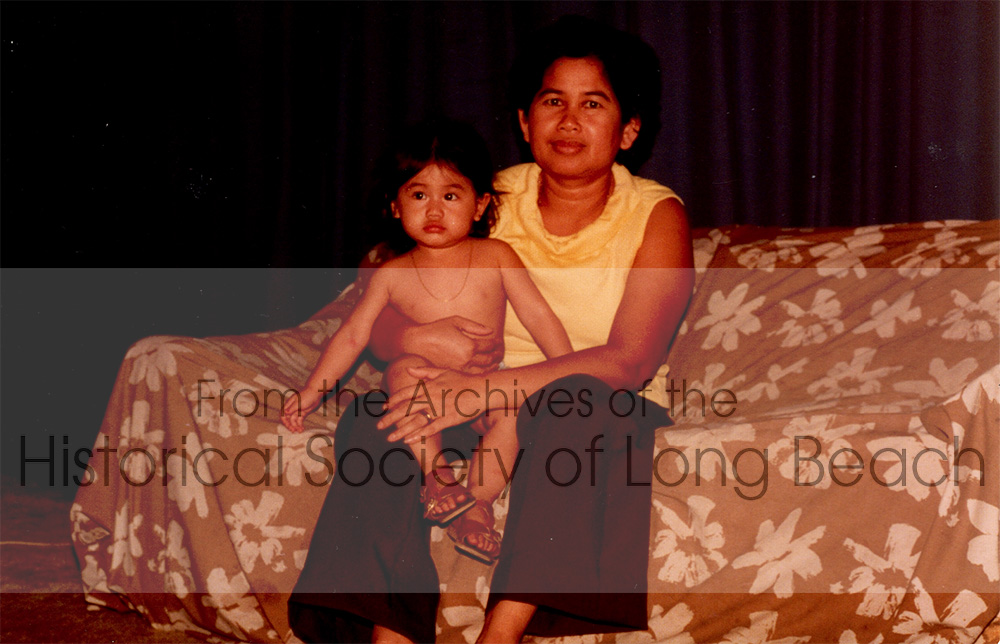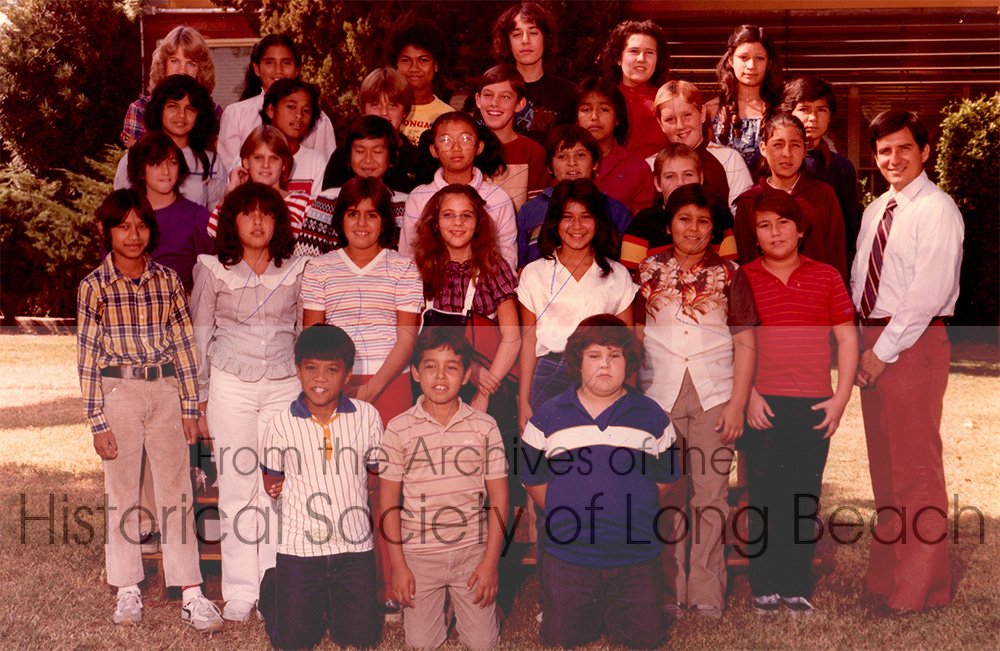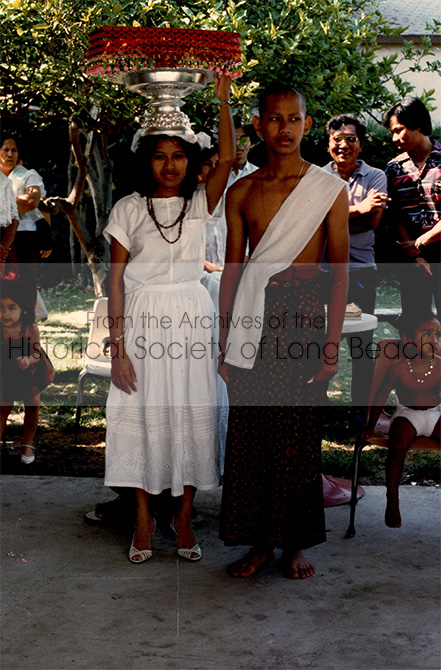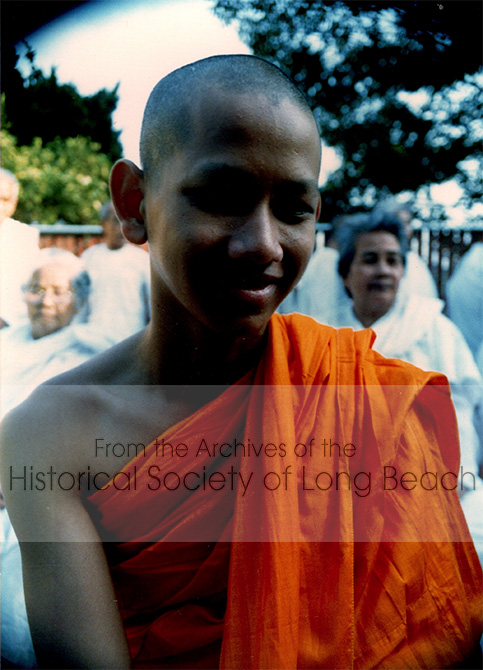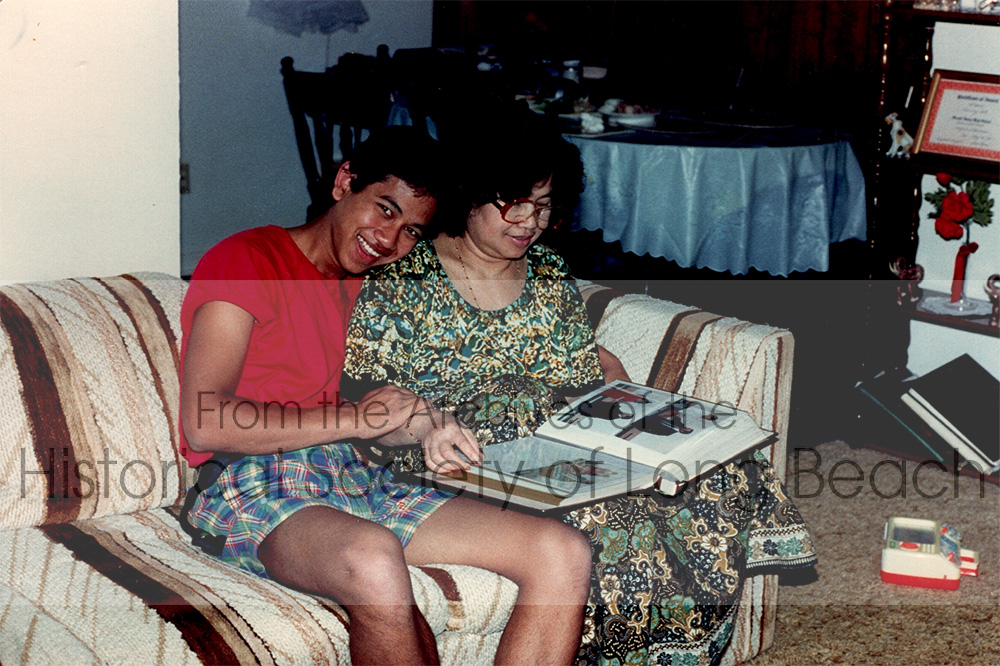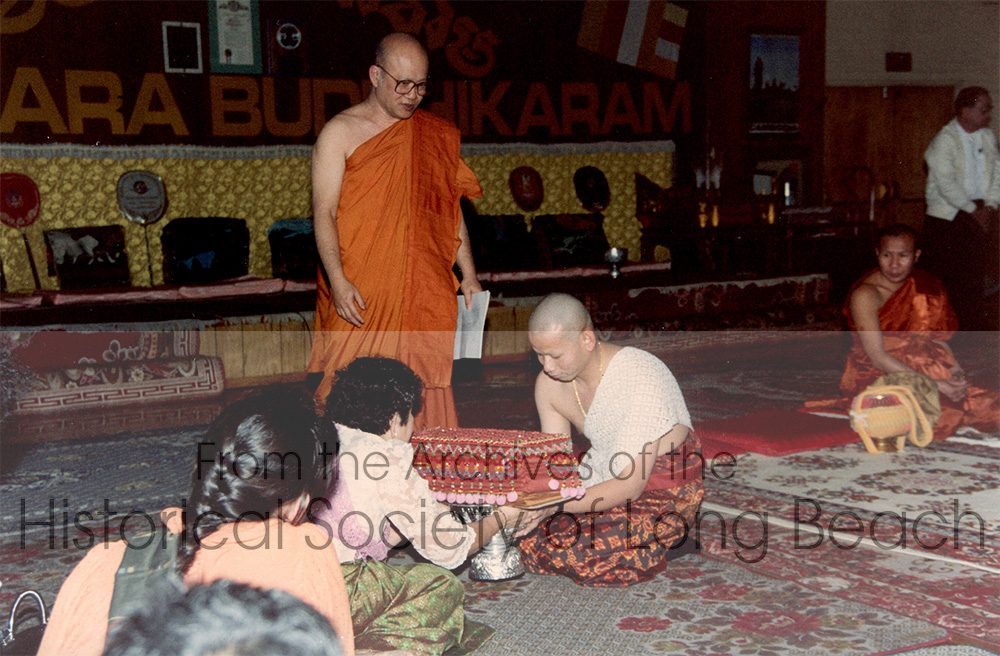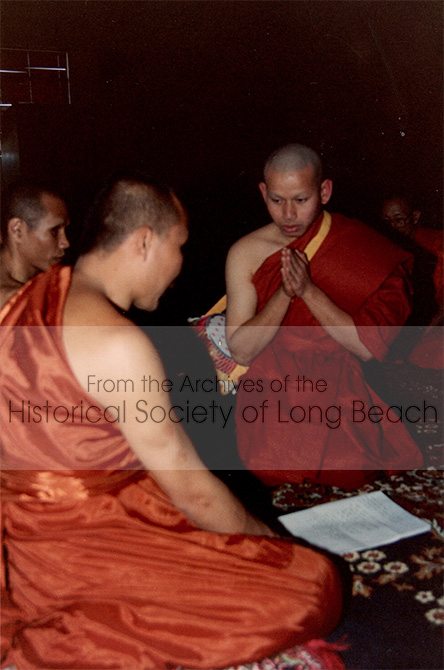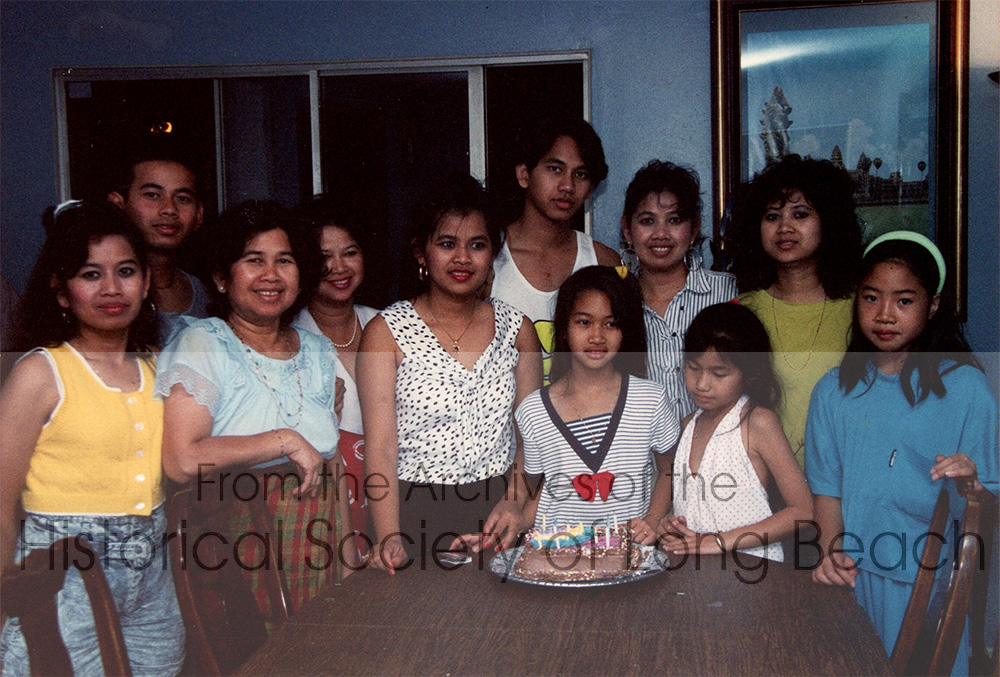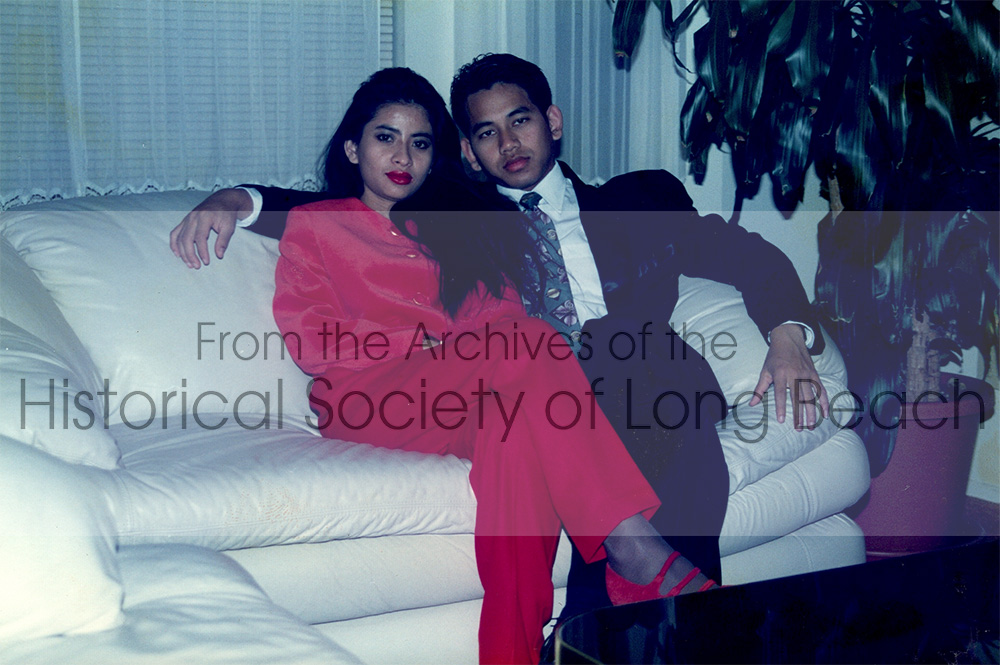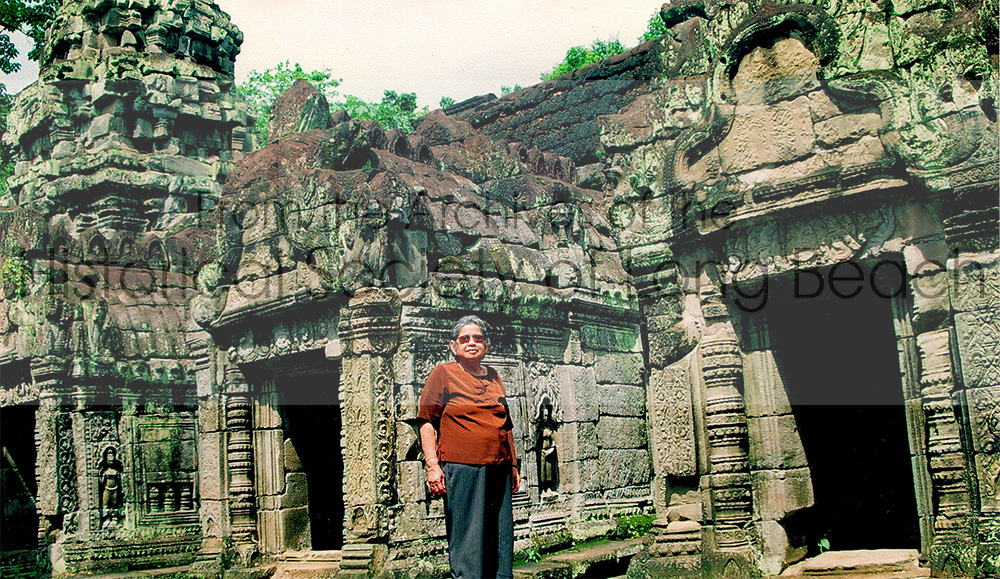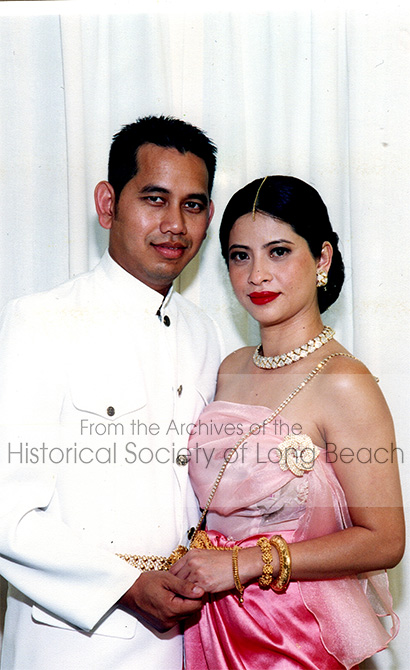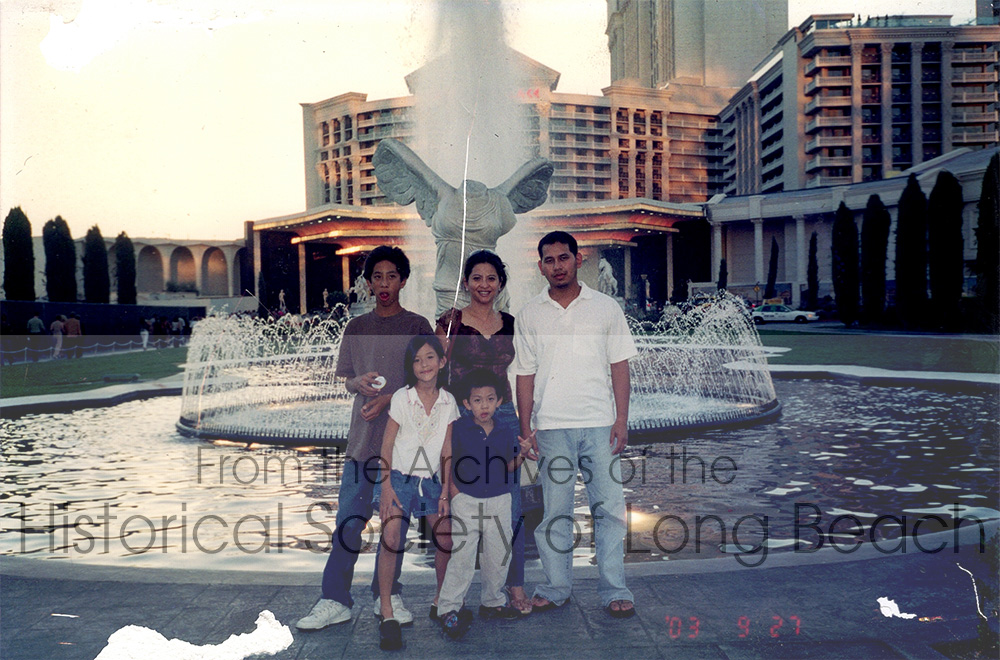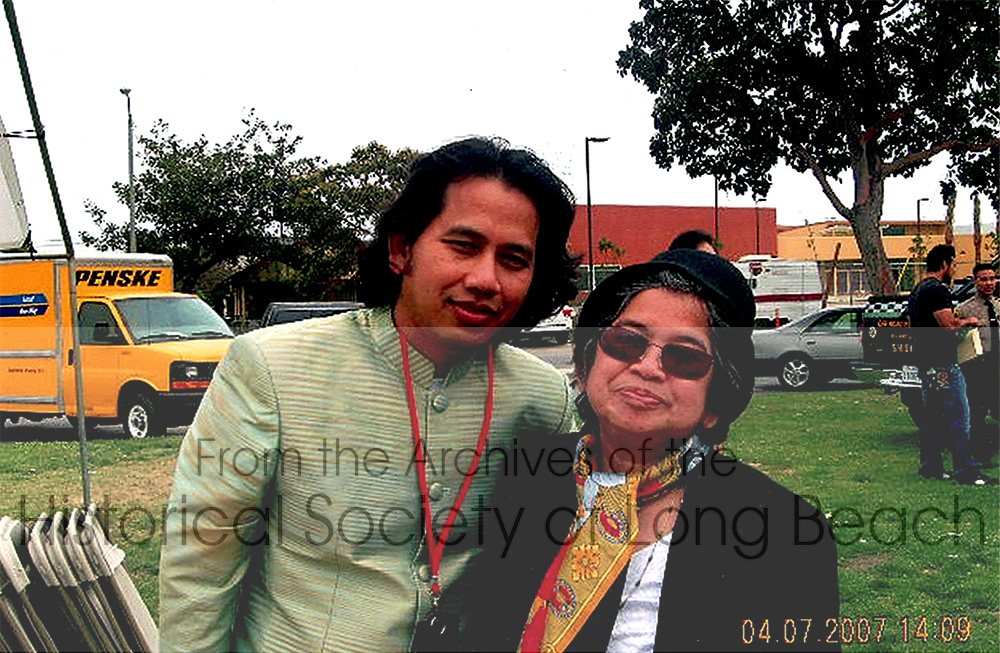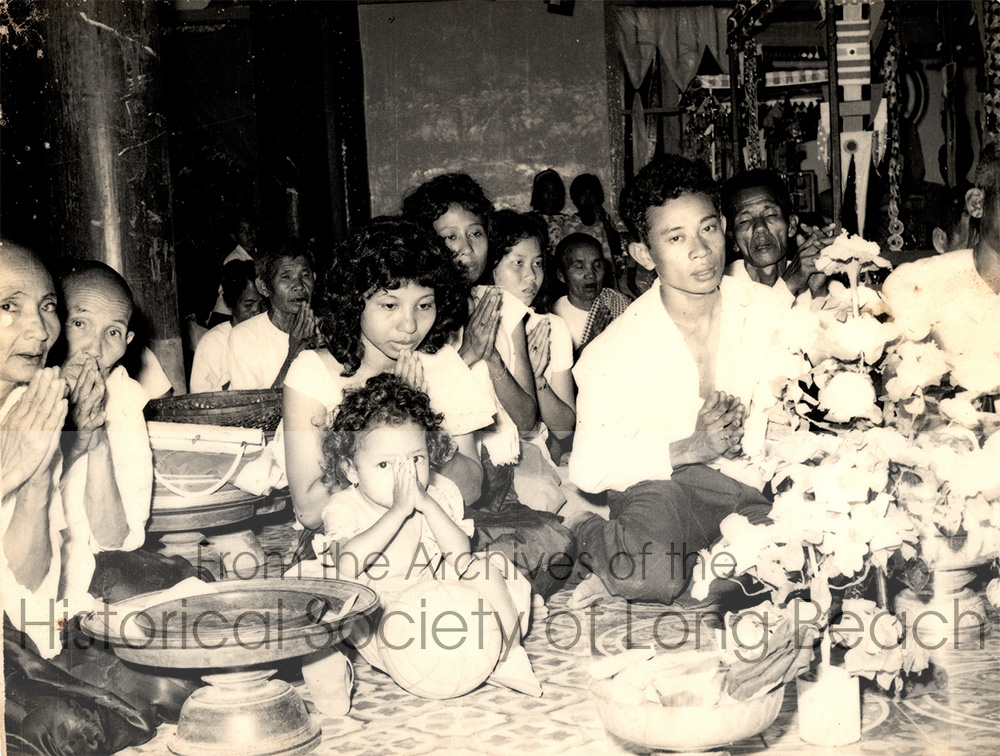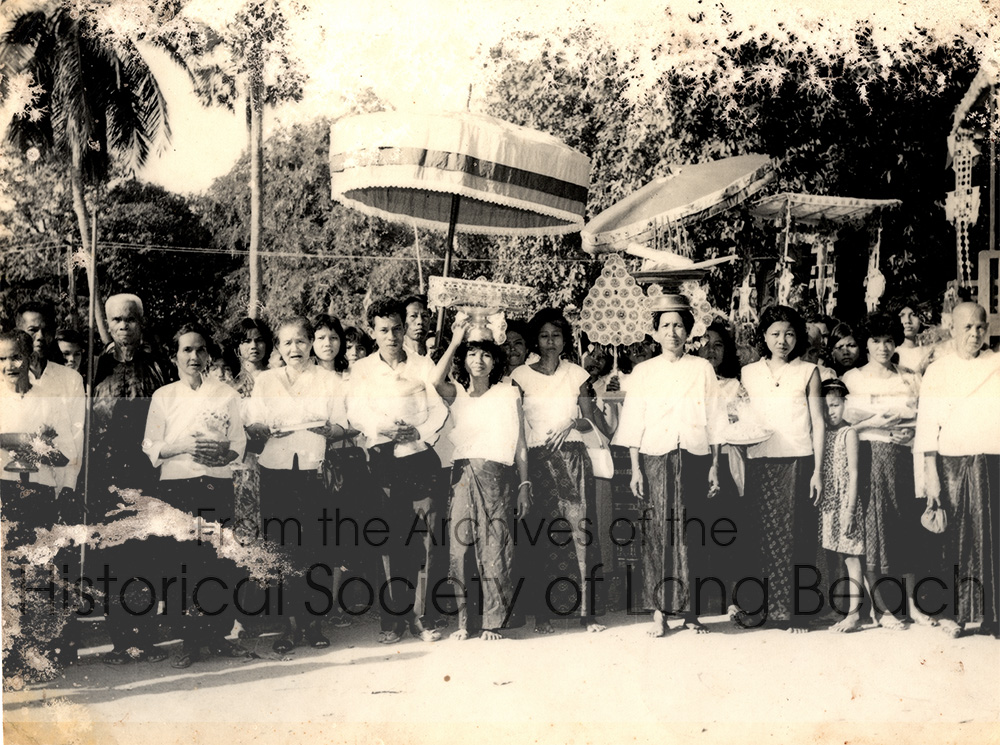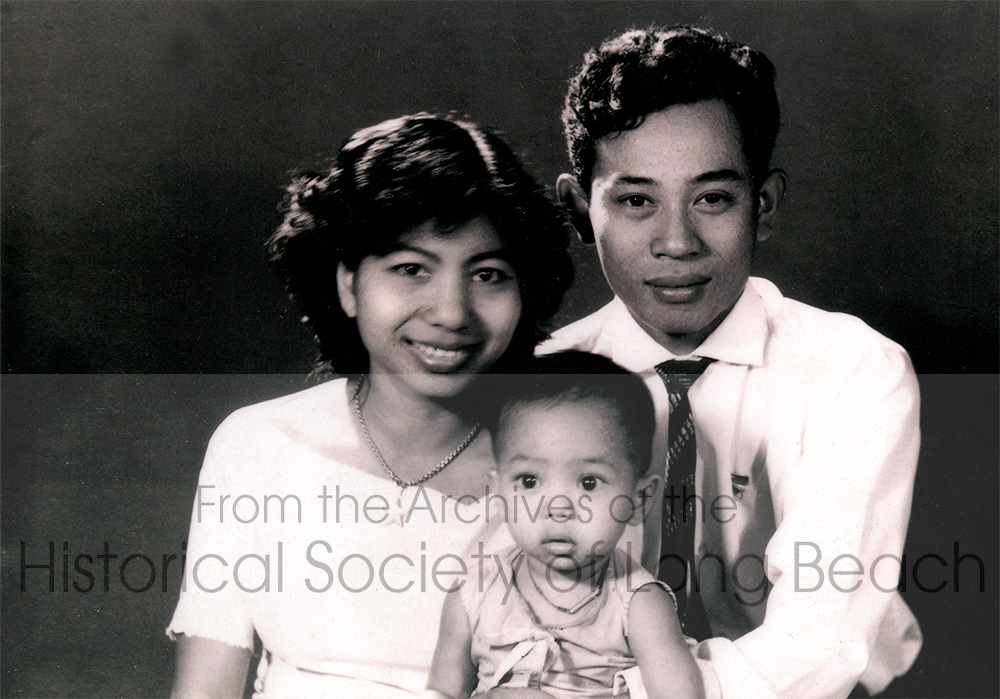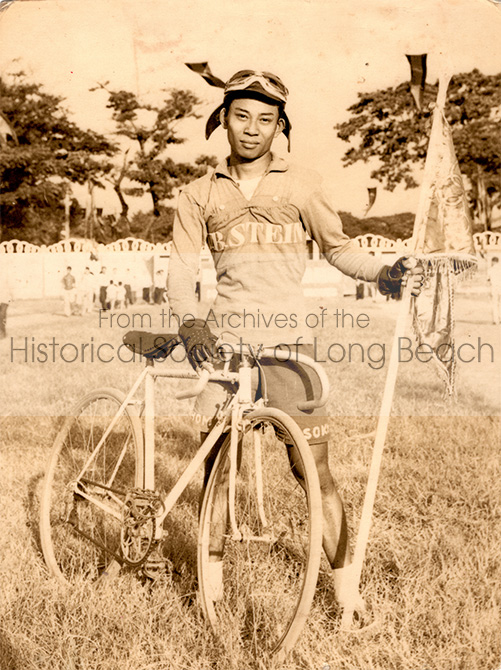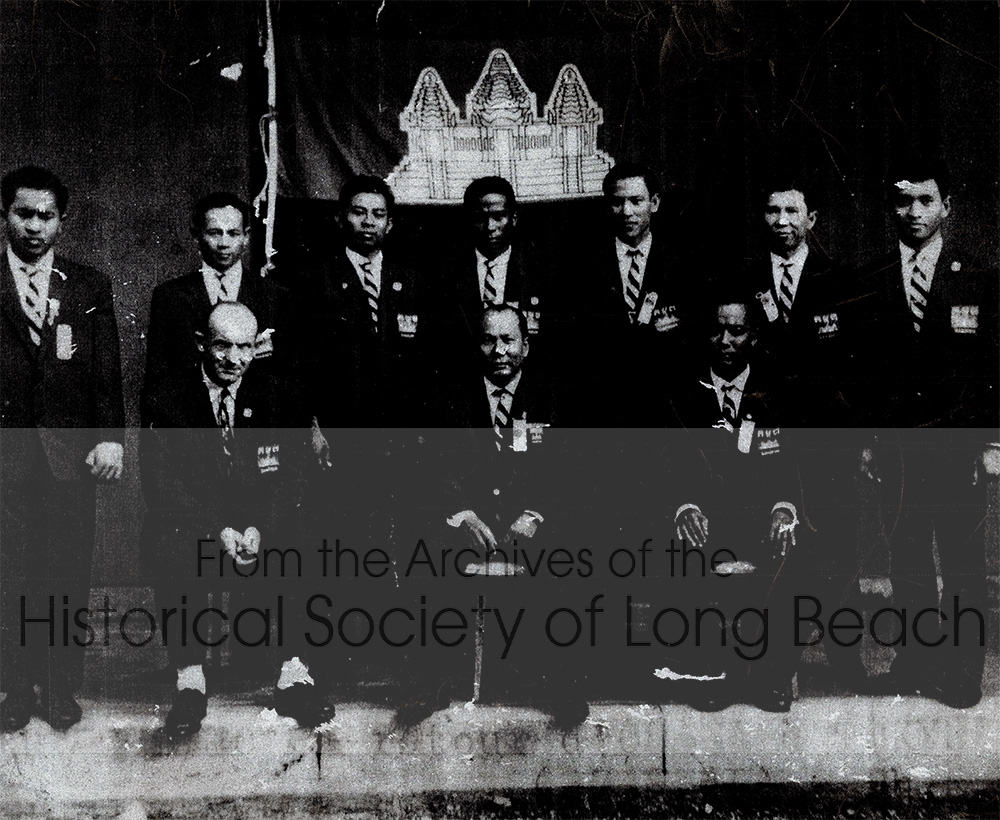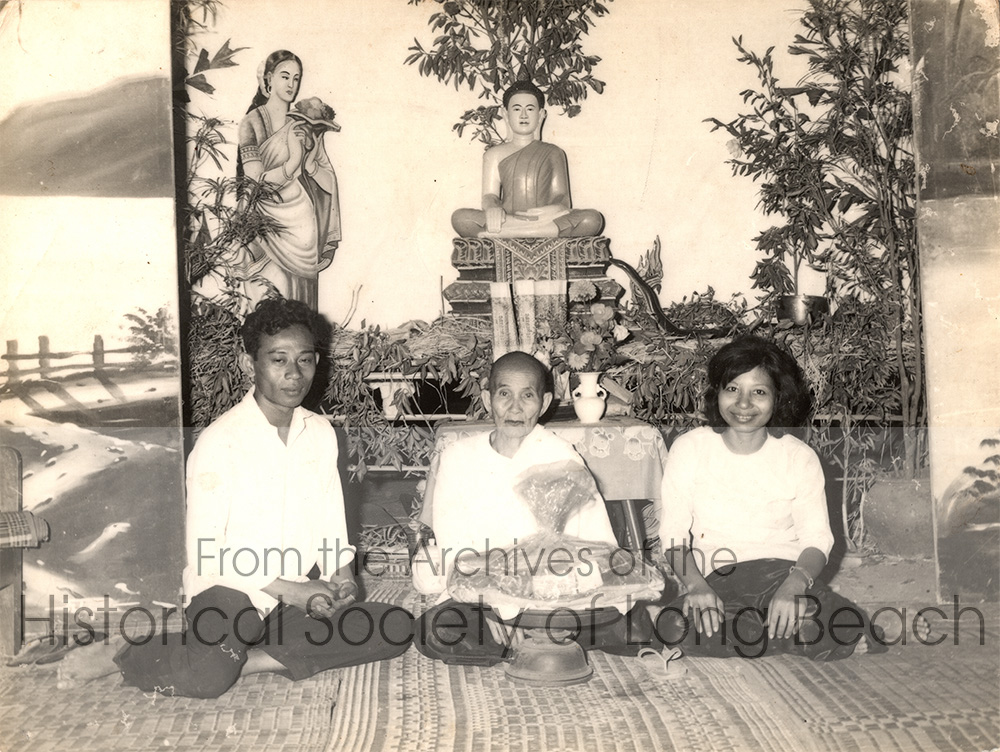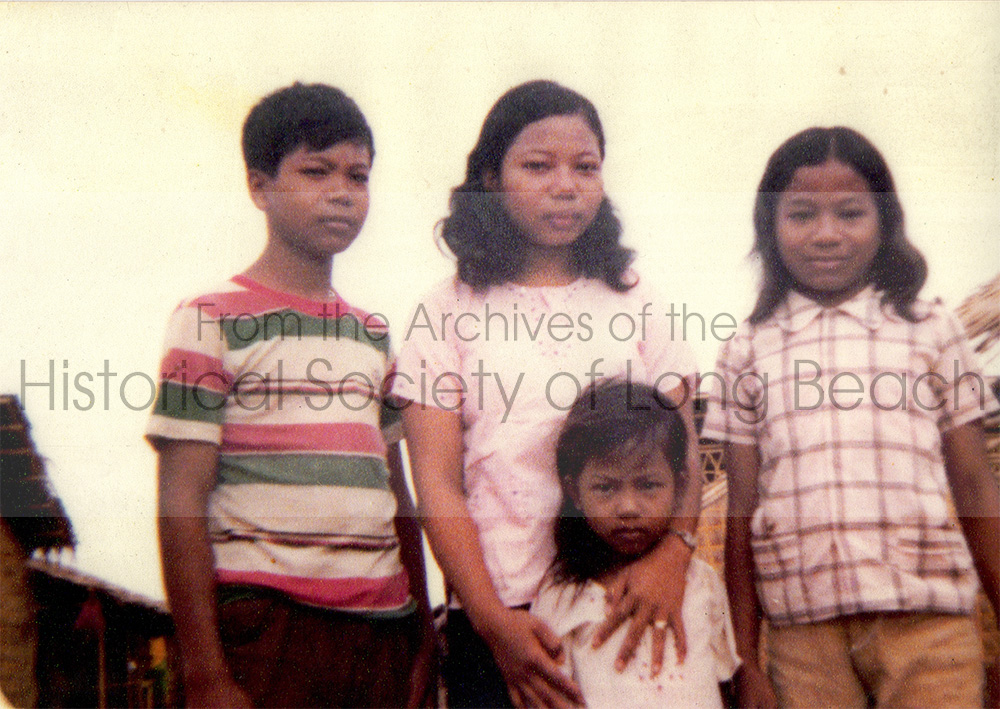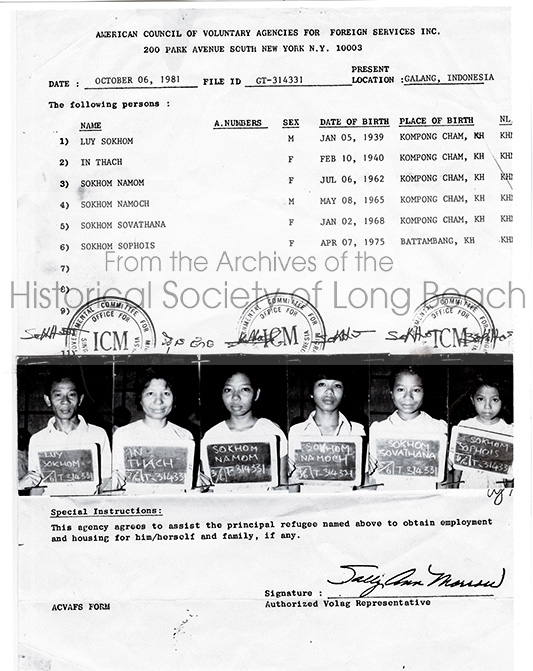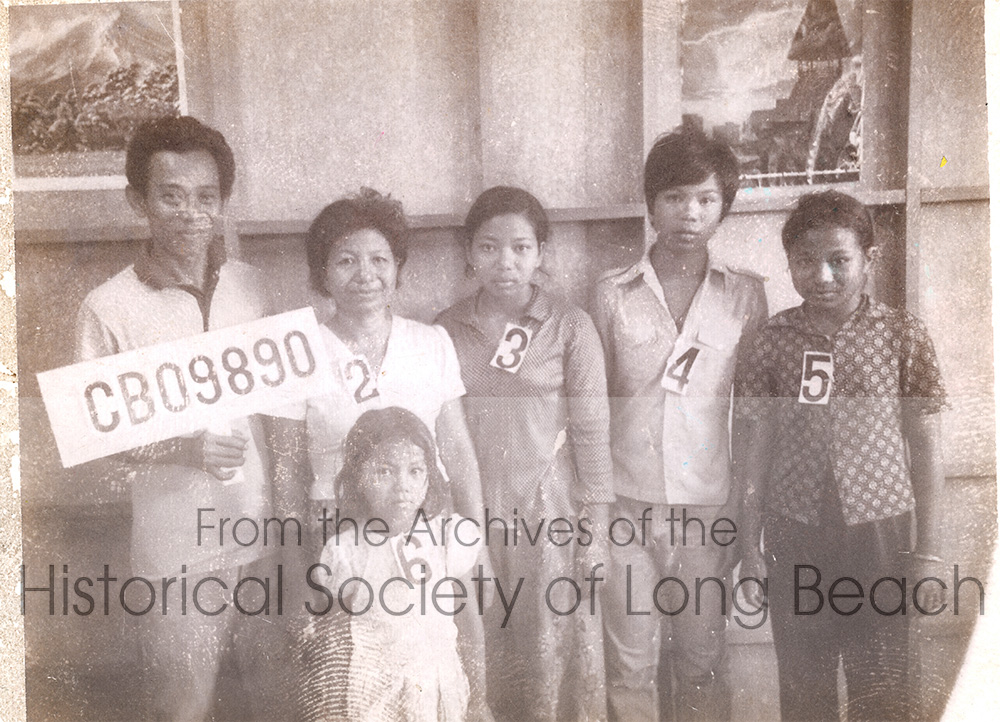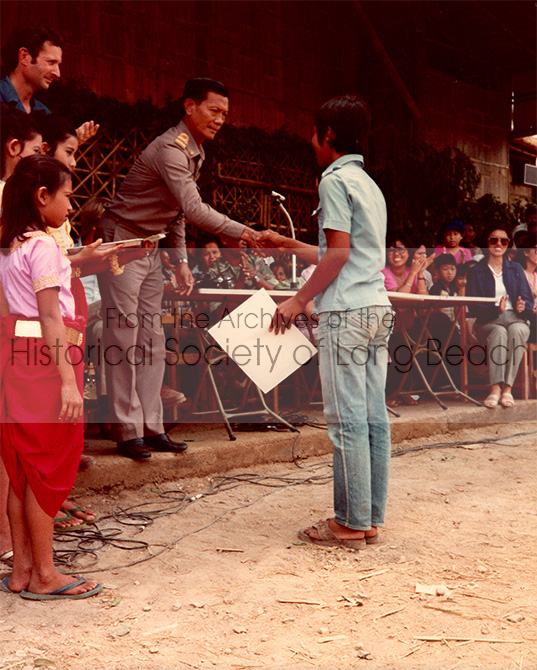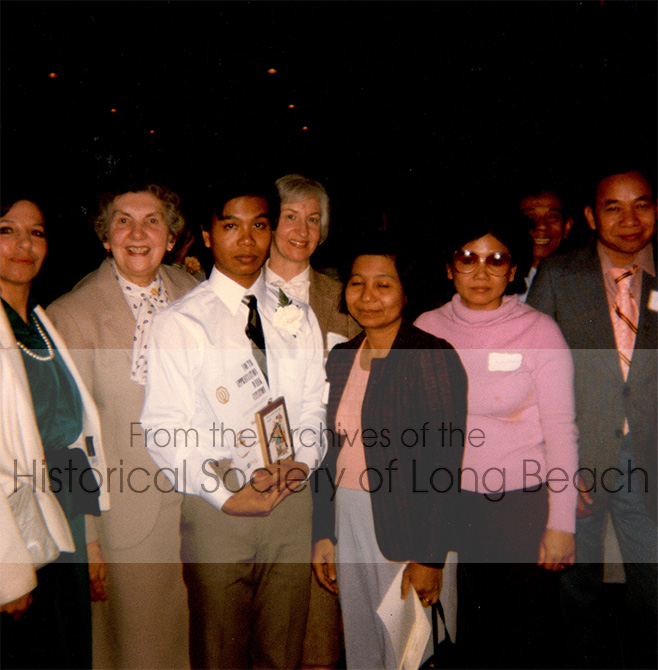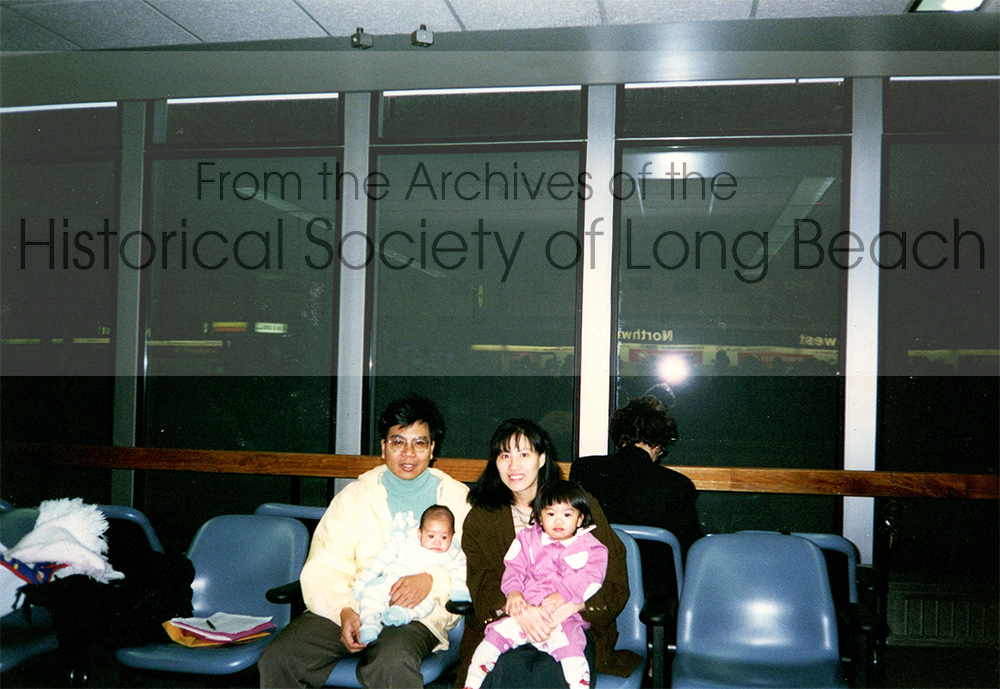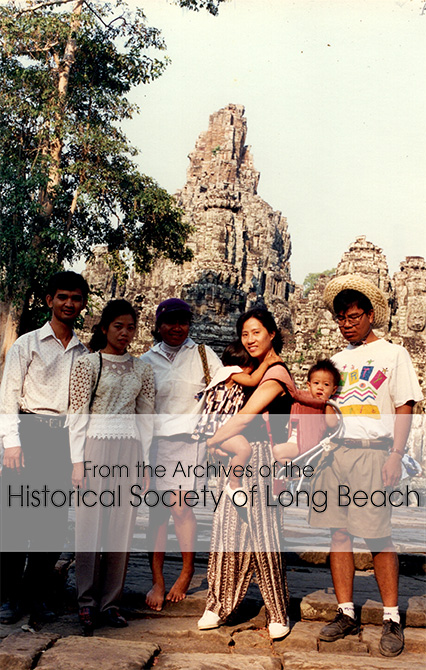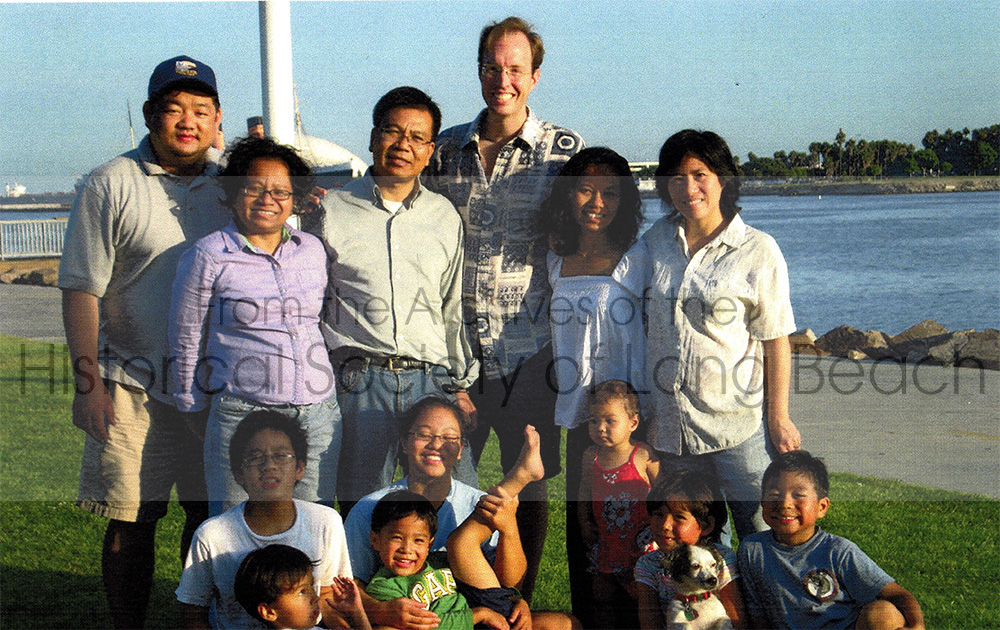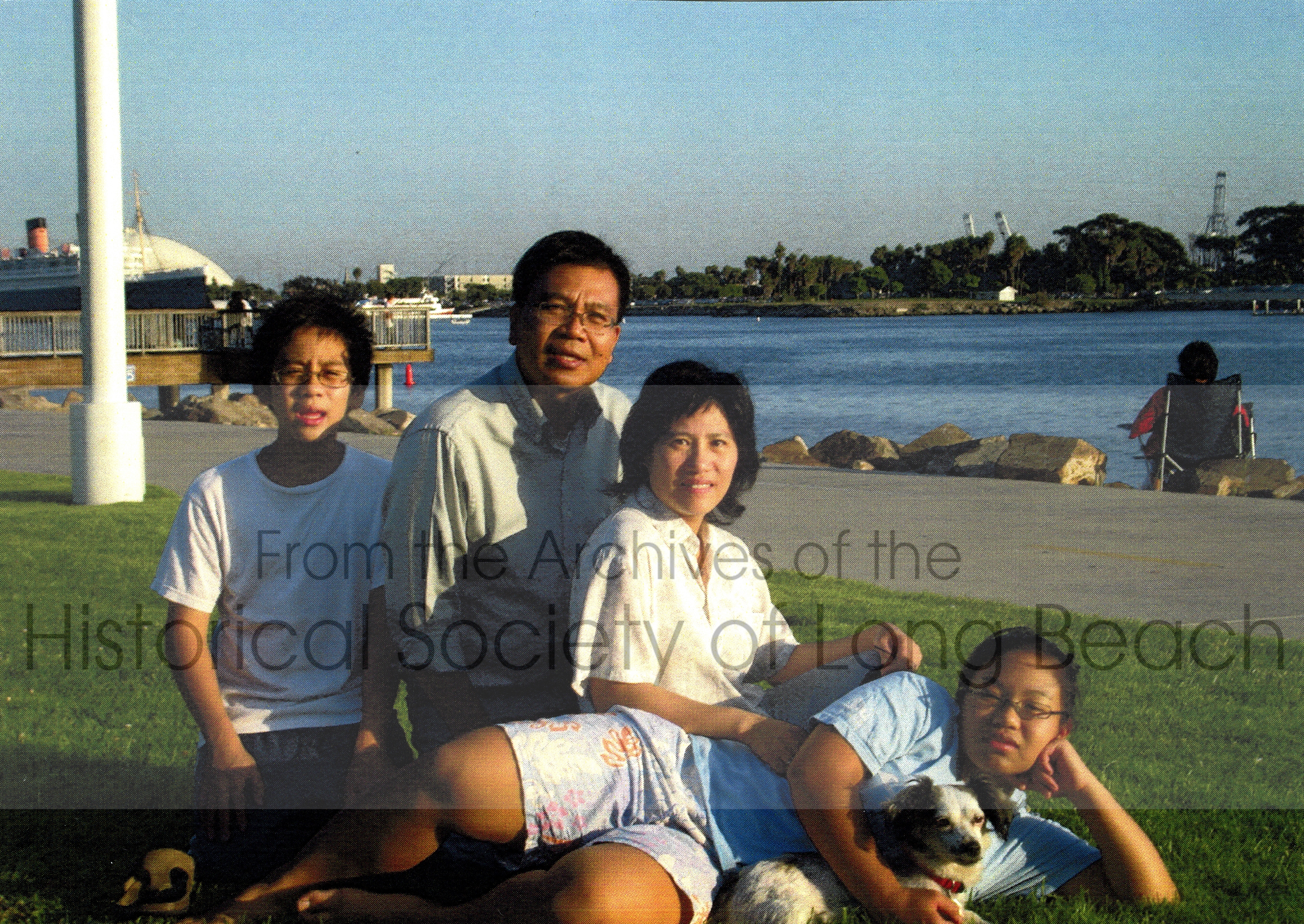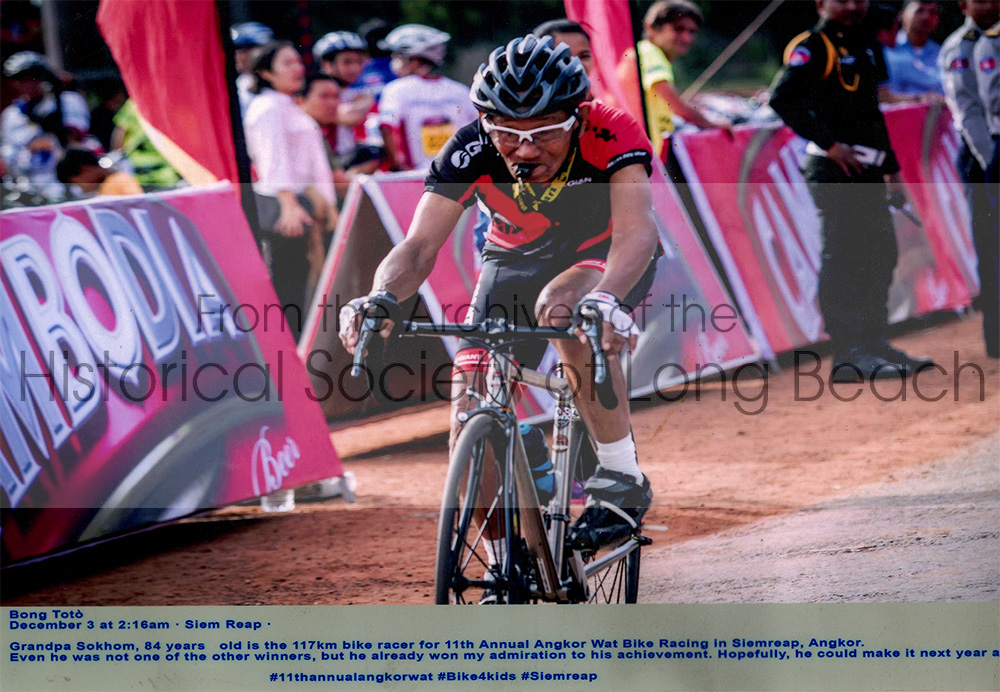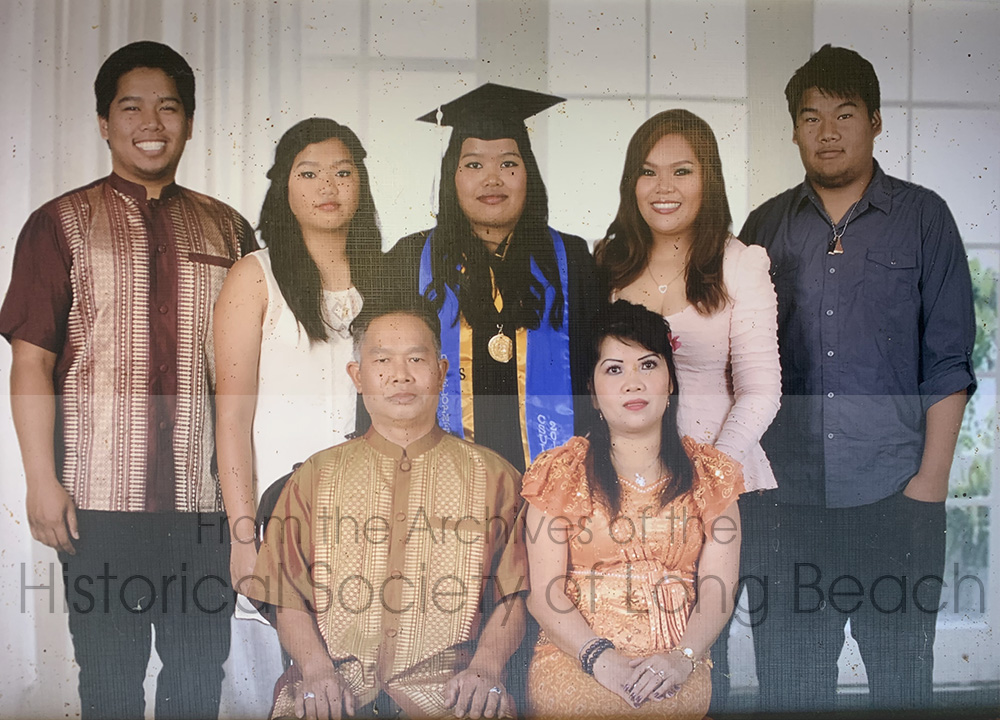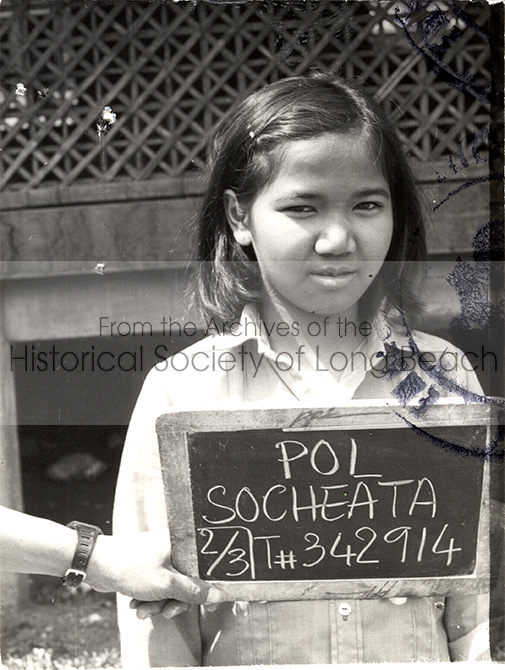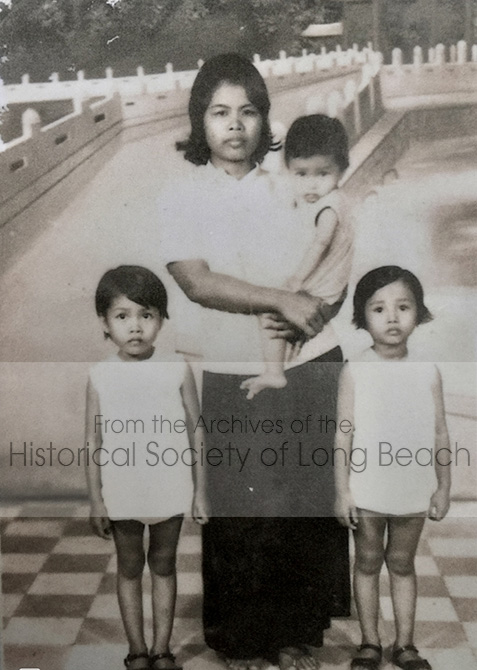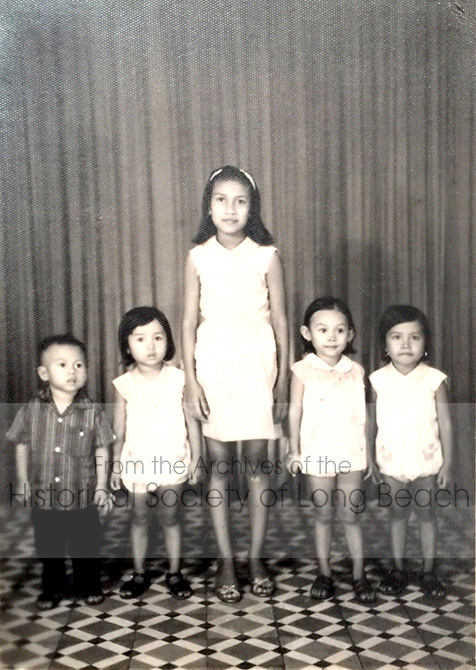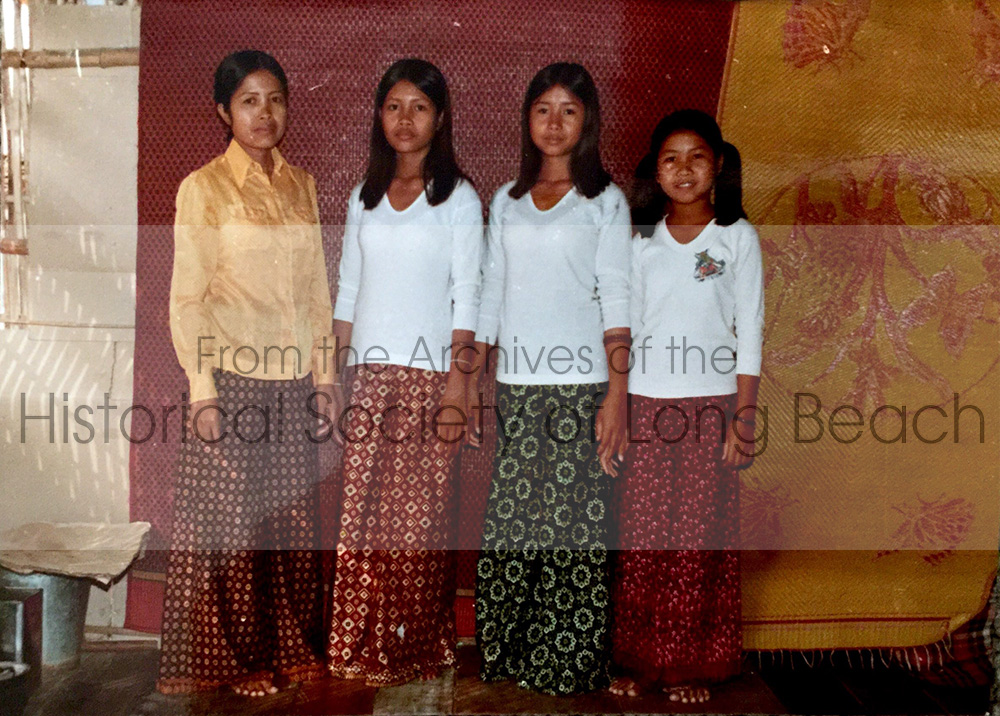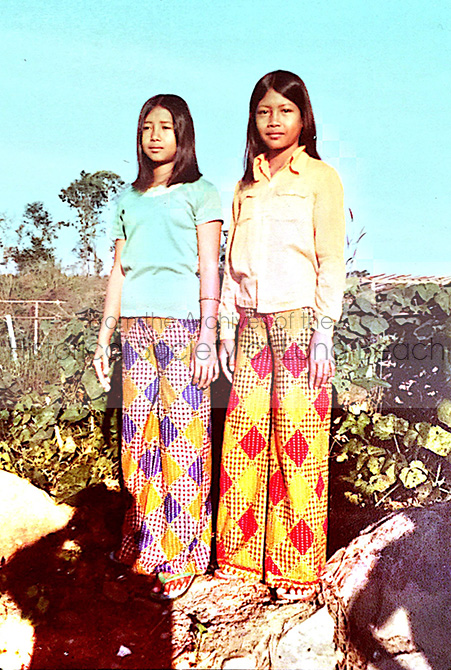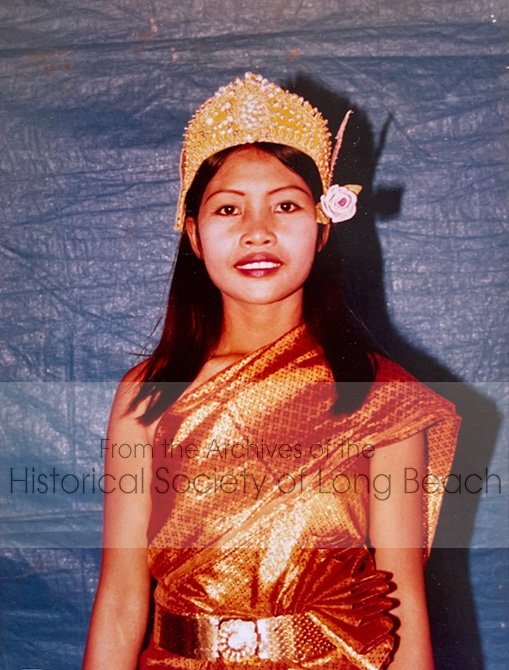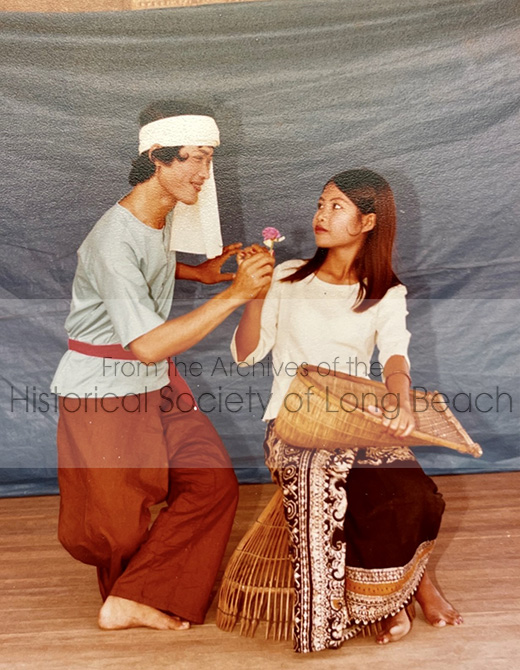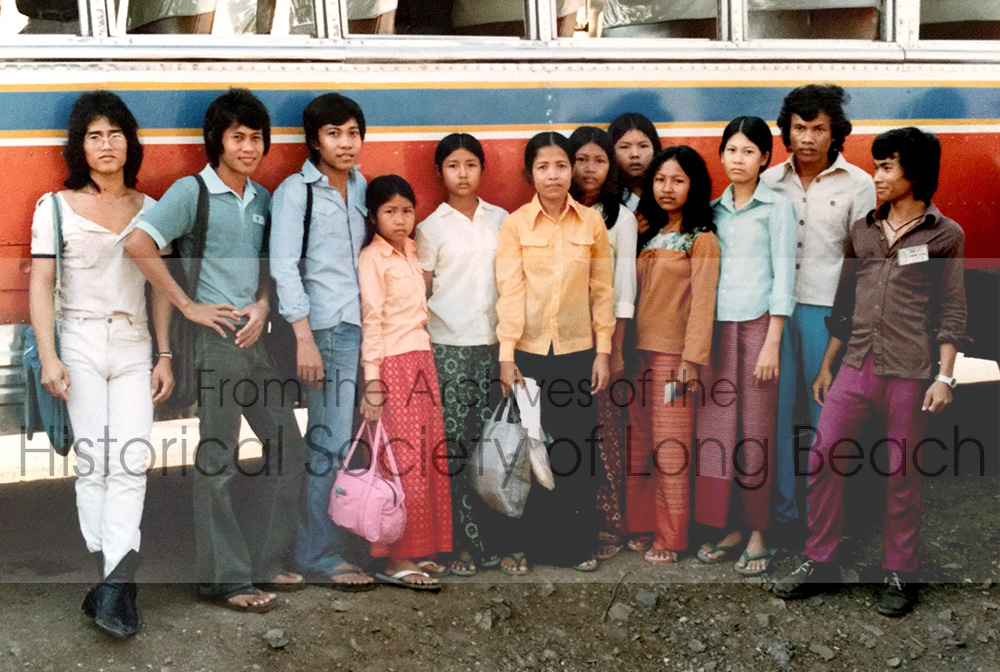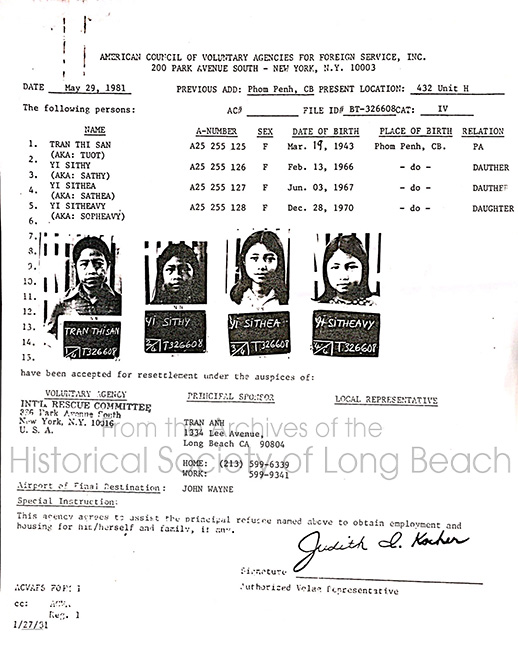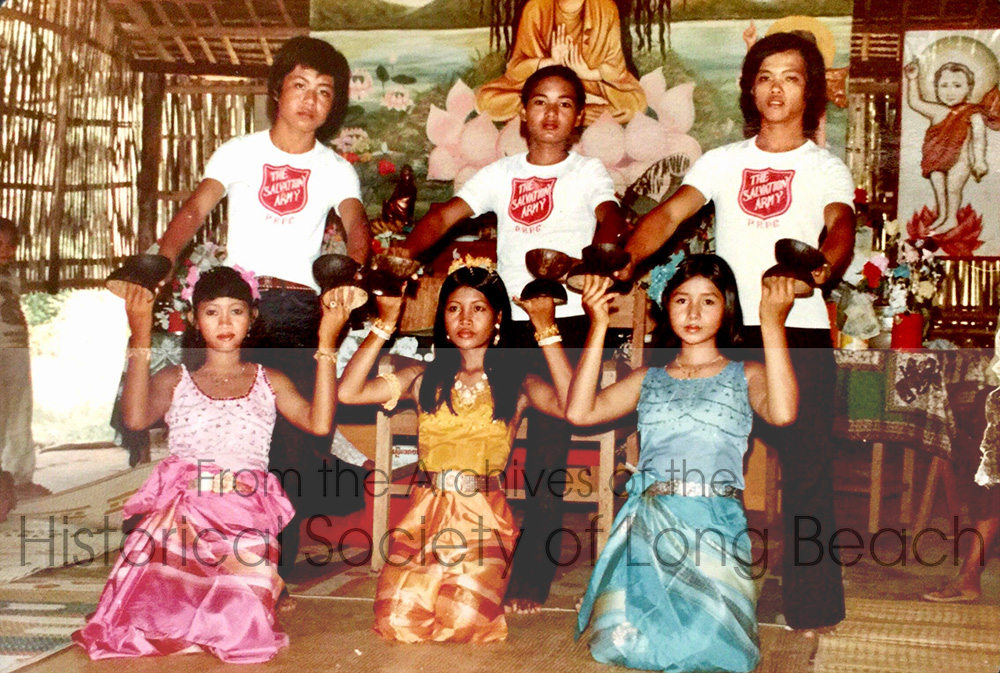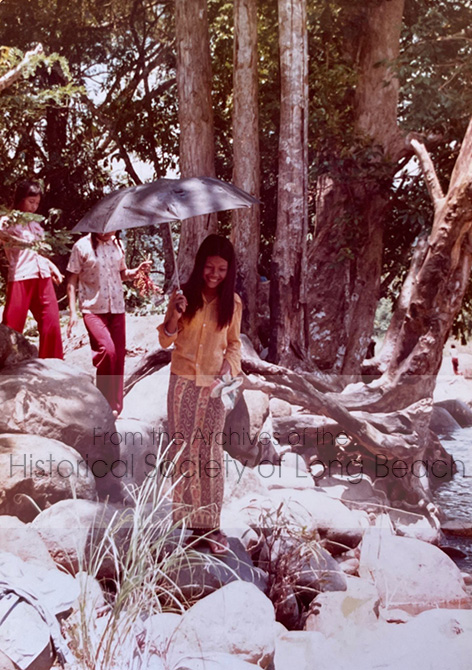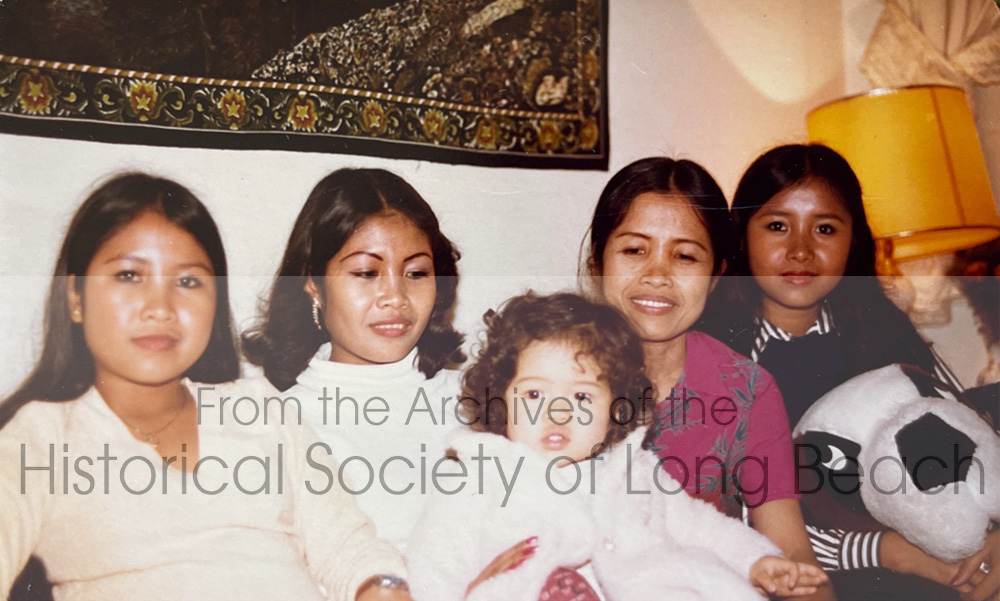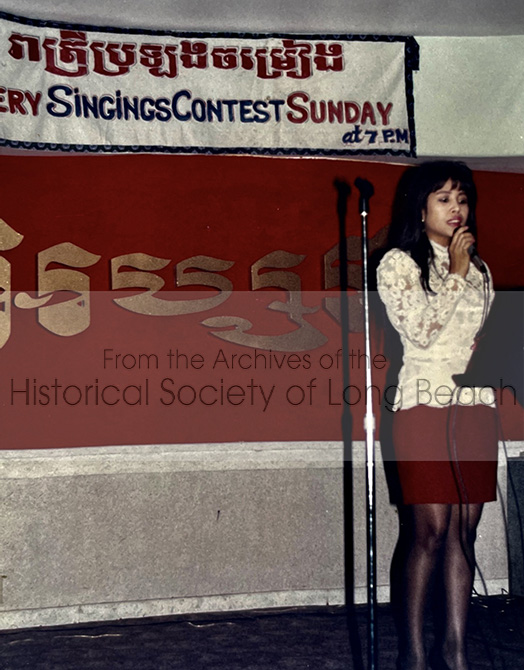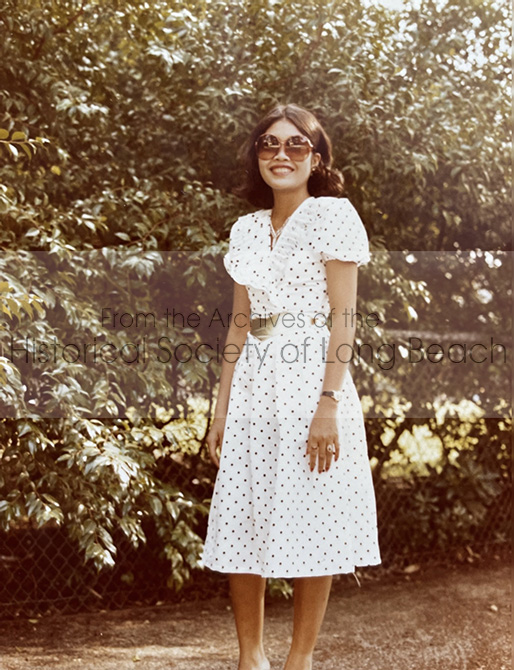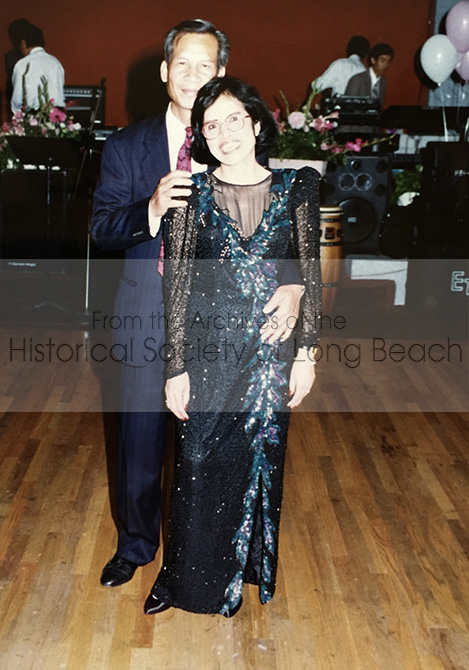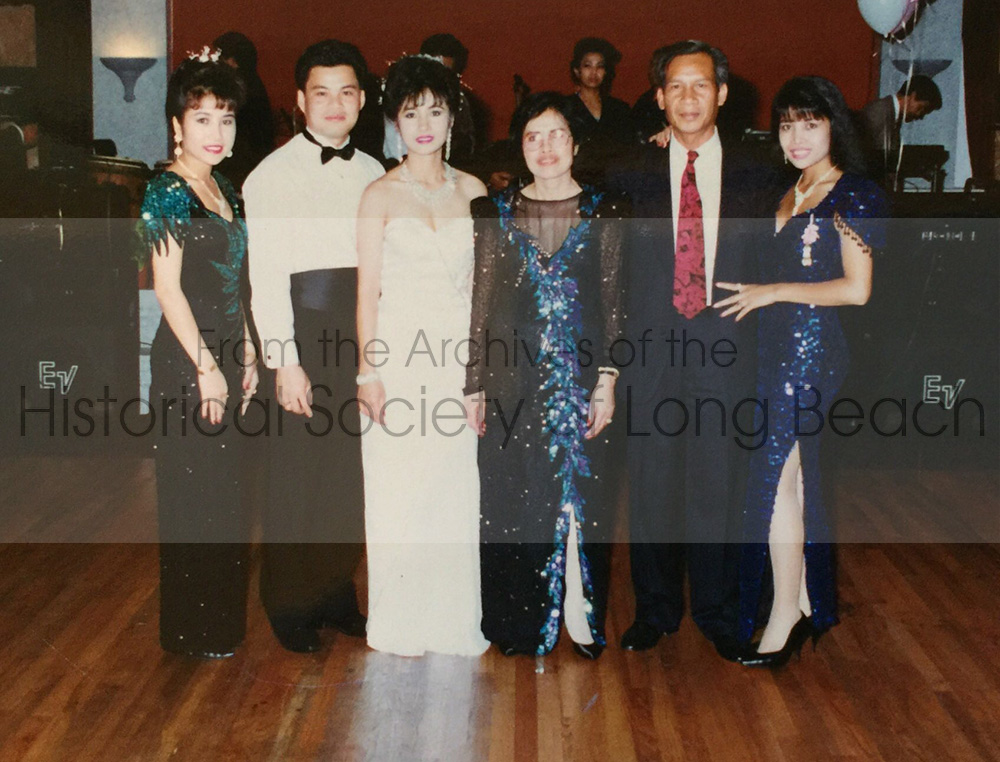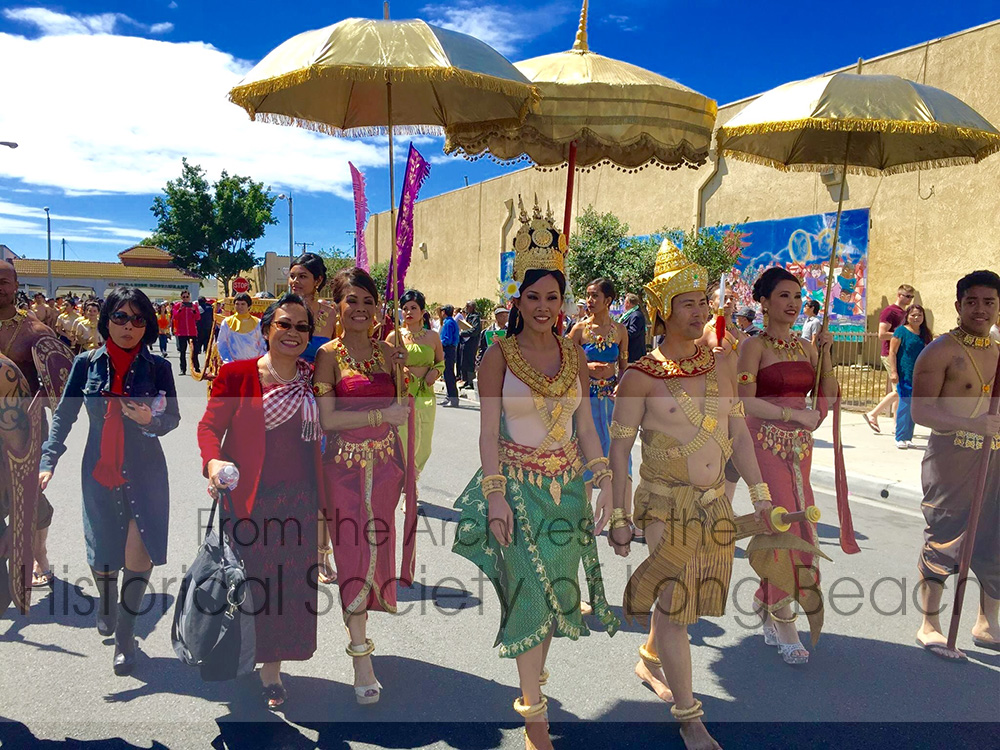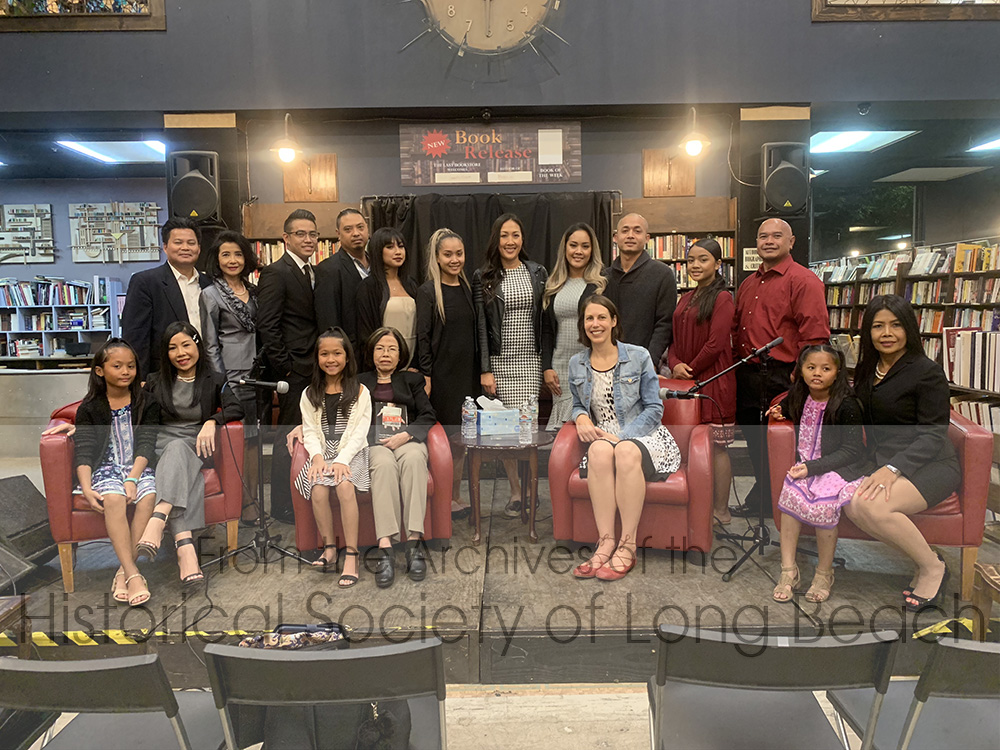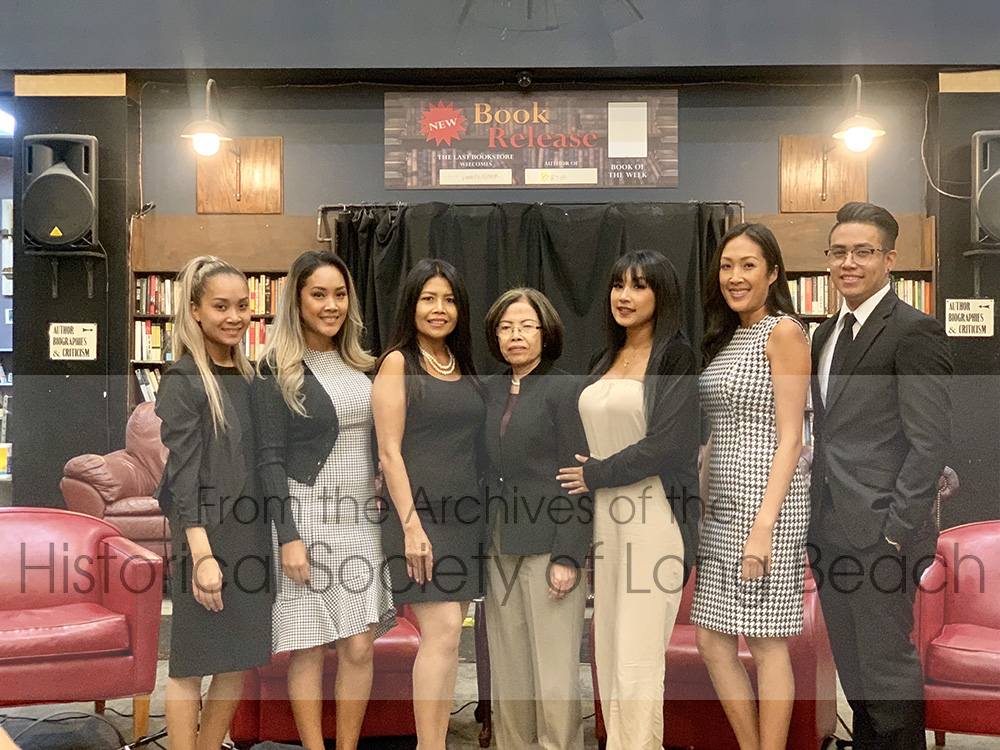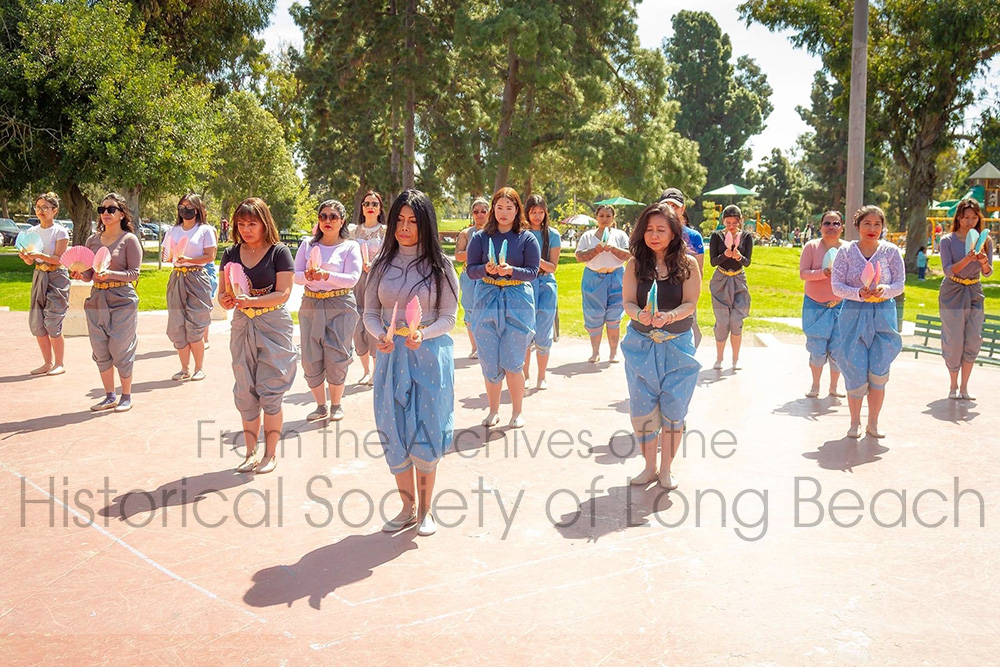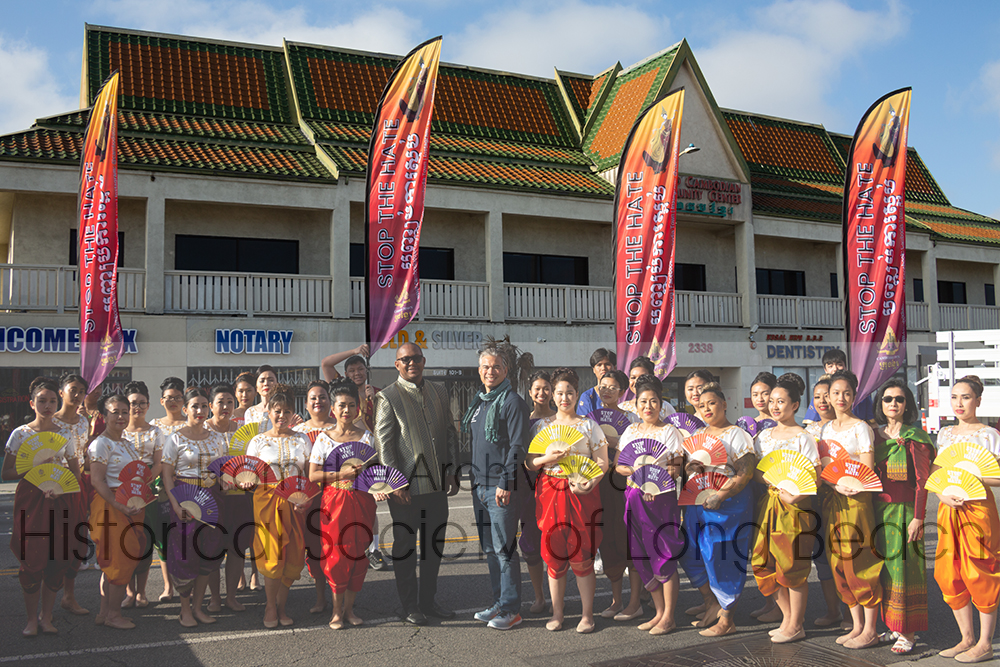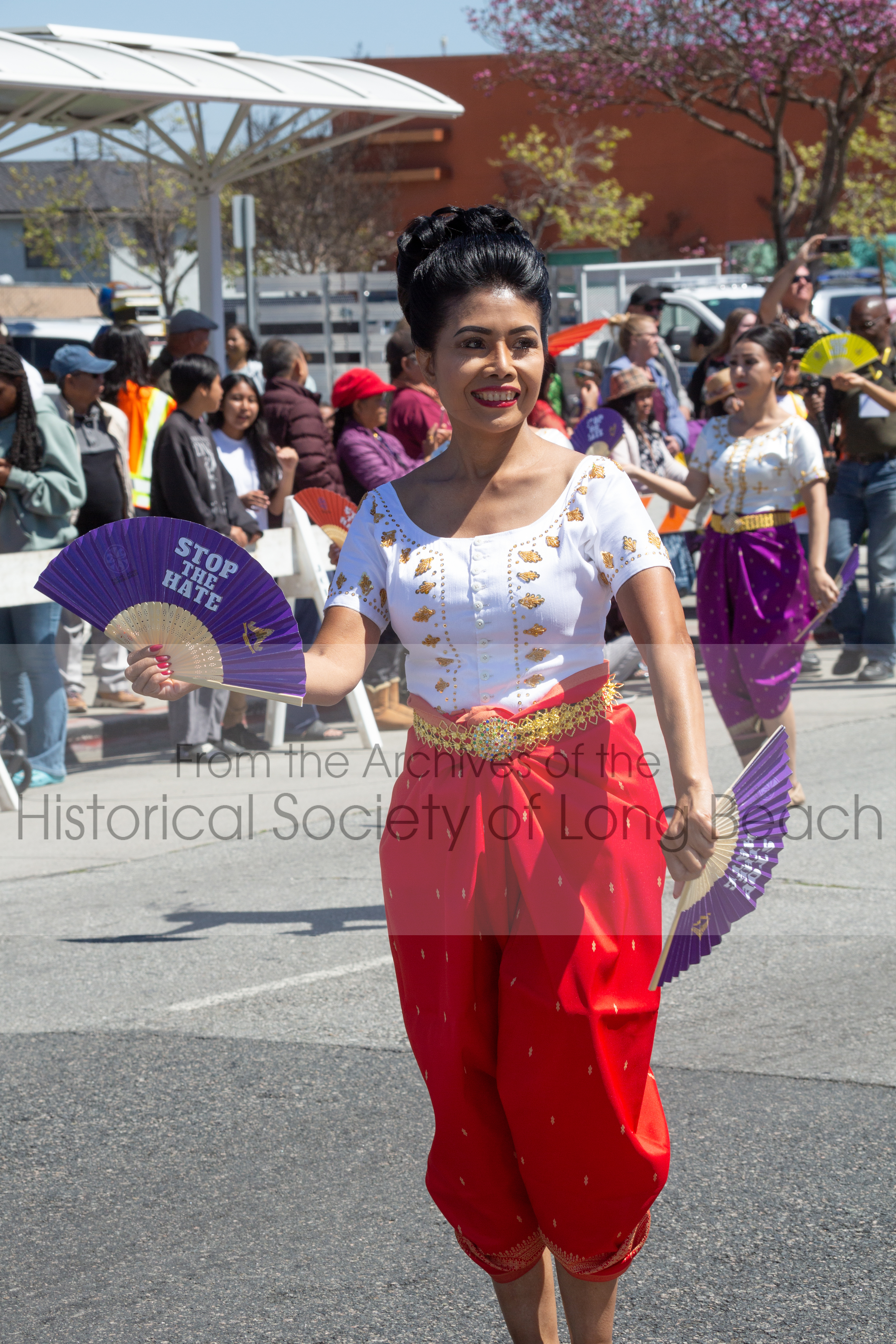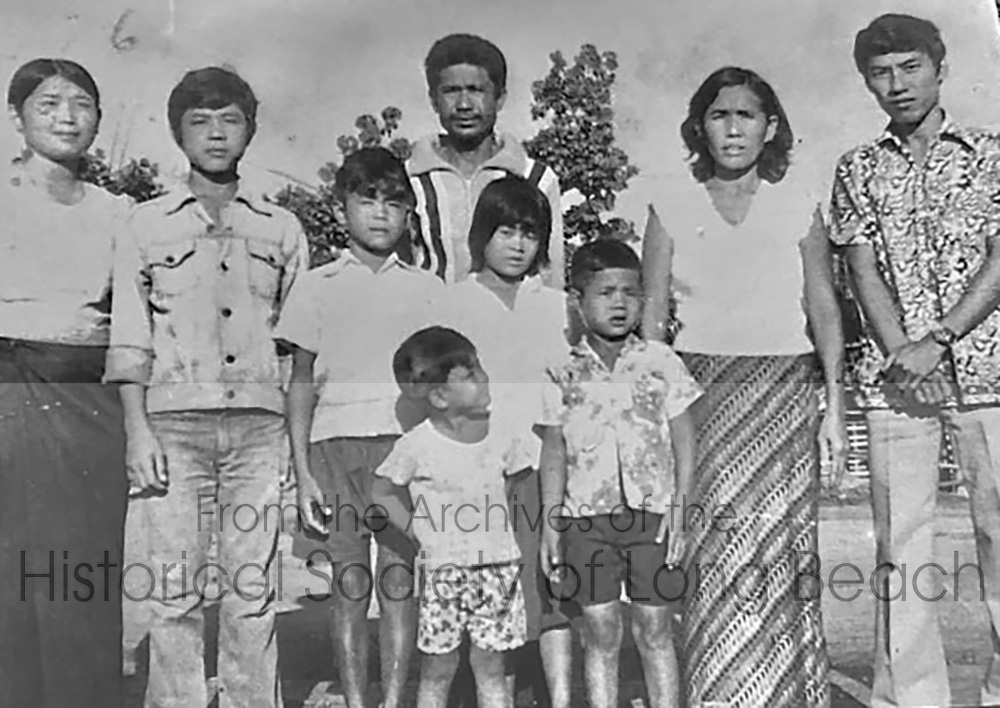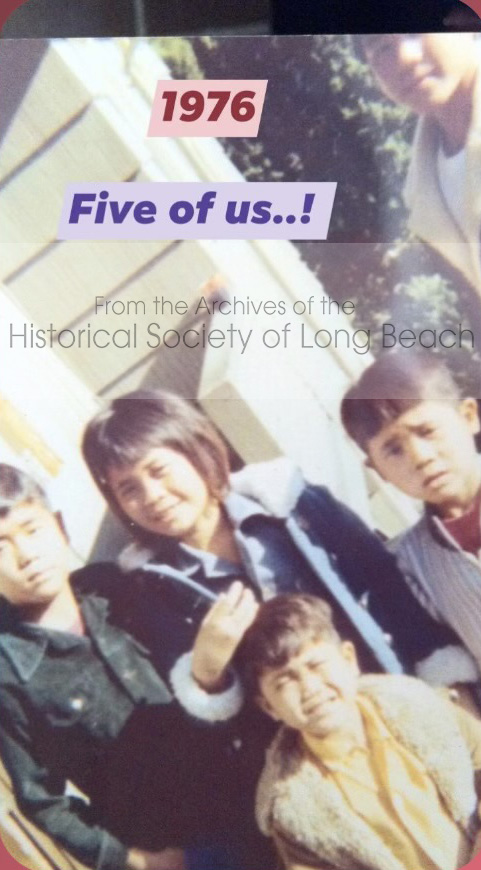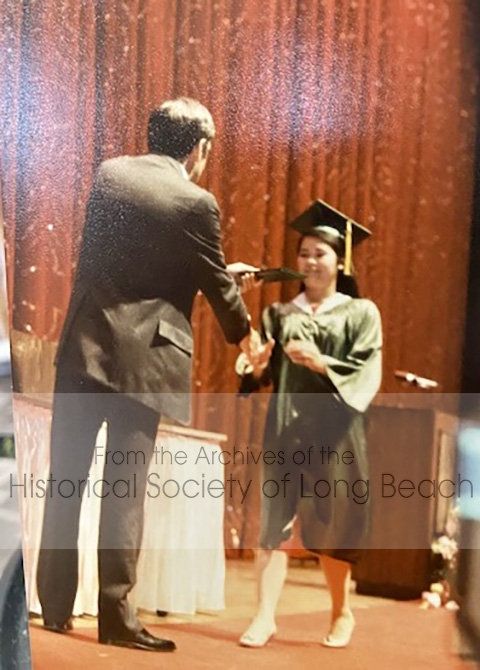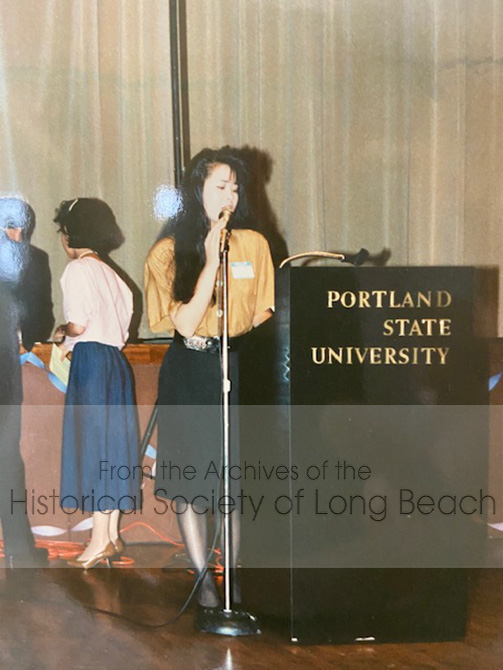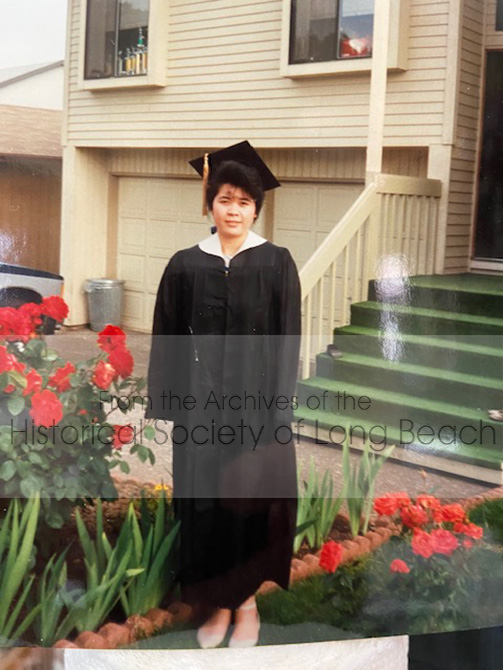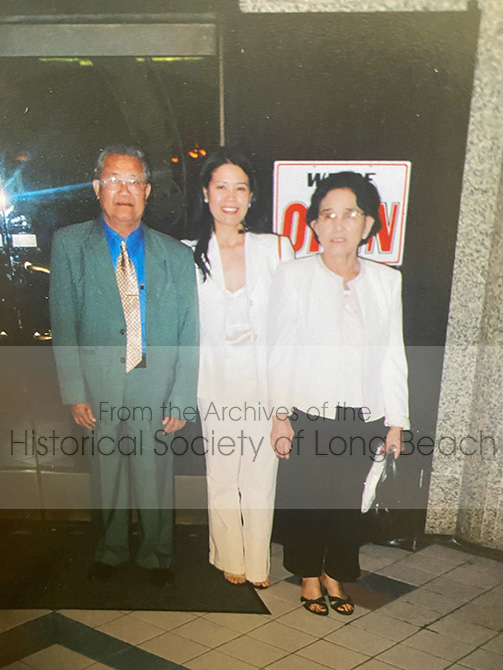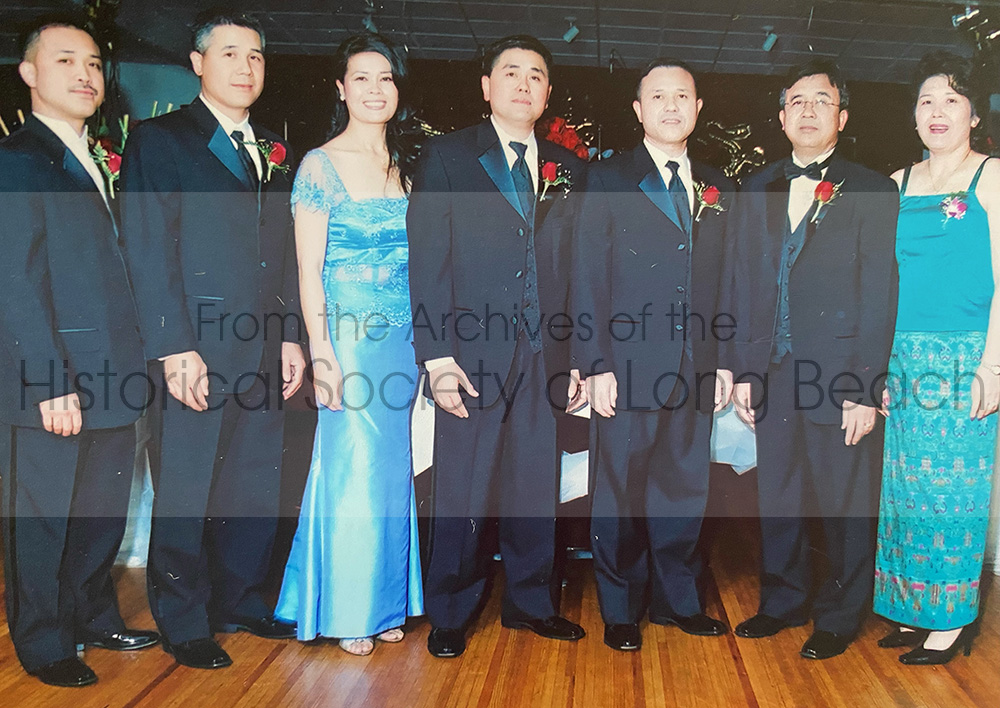The oral histories presented here were conducted as part of a project to better understand the life experiences of Cambodian Americans who were children when Cambodia was overtaken by the Khmer Rouge. These vivid survivor accounts were recorded by Pacific Asian Counseling Services (PACS) as a project titled “Cambodian Americans – Oral History of 1.5 Generation” (CAOH). The concept was first developed by Cambodia Town, supported by the API UsCC capacity building projects and implemented by PACS to incorporate a mental health perspective.
A number of oral histories have been collected from older adult survivors but this age group has been largely overlooked. The CAOH project defined the 1.5 generation as children born in Cambodia between 1963 to 1969 and who came to the U.S. between 1980 to 1986. Now adults, their oral histories provide an opportunity to learn about their childhood before and after the Khmer Rouge, what they lost during that time period, their journey to the U.S. and how they adjusted to life in America.
One of the project goals was to explore the factors that contributed to their survival such as the coping skills used to handle emigration and how trauma impacted their well-being. While offering a realistic view of what happened, these oral histories are a message of hope for future generations. FUNDED BY THE LOS ANGELES COUNTY DEPT. OF MENTAL HEALTH Under the Mental Health Services Act The oral histories are archived at CamCHAP and housed at the Historical Society of Long Beach at
www.hslb.org/collections.
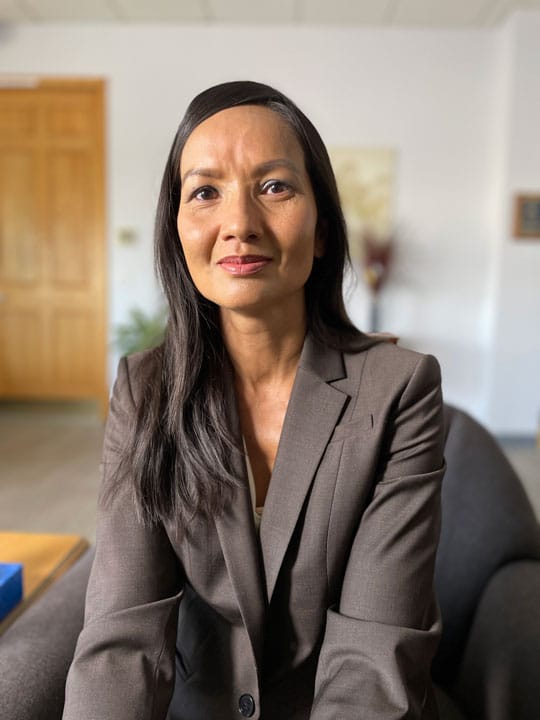
Bokanika Kan Moyle
Biography
Born in 1975 in Battambang, Cambodia, Bokanika remembers very little of the Khmer Rouge period.
After the Vietnamese entered Cambodia in 1979, Bokanika, her grandmother, mother, and three sisters made it to the Khao-I-Dang refugee camp in Thailand. They were sponsored by a cousin in Washington, DC. From there they moved to San Diego to be with an aunt. After completing high school, Bokanika attended the University of Denver where she majored in Political Science and earned a master’s degree in marketing. Bokanika is currently a Marketing Director with a health insurance provider, focusing on diversity, equity, and inclusion. Bokanika wanted to share her story because “it’s important for future generations to not forget where they come from… “You can forgive but I don’t think you should forget.” Bokanika also wants others to be aware of both the opportunities and the effects of poverty and violence on the lives of refugee children in the U.S.
Family Photos
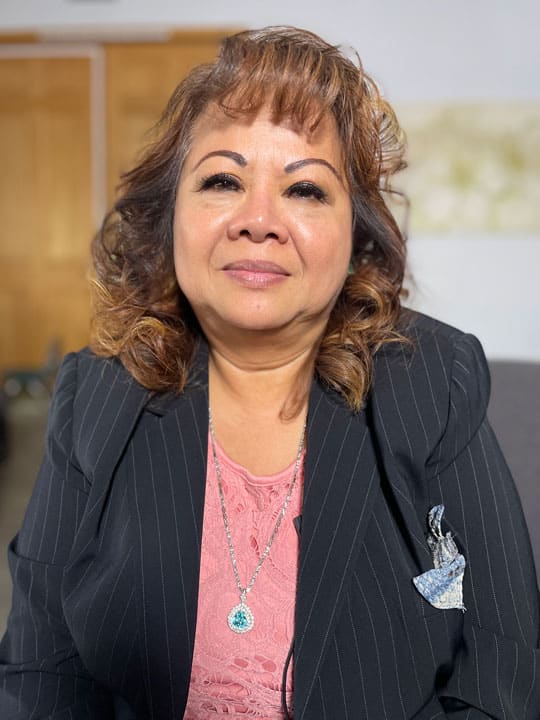
Bonavy Som
Biography
Born in 1966 in Phnom Penh, Cambodia, Bonavy was nine years old when the Khmer Rouge took control of the Country.
Her family was separated into labor camps in Battambang, the second largest city in Cambodia. After the Vietnamese entered Cambodia in 1979, Bonavy, her sister and mother crossed the Thai border into Khao-I-Dang camp. They were sponsored by a Catholic organization to Valley City, North Dakota, but within the year moved to Long Beach to join extended family. Today Bonavy is a mental health clinician with the Los Angeles County Department of Mental Health at Coastal Asian Pacific Islander Family Mental Health Center. She believes that what makes Cambodians resilient is that “we’re very community based, and we took care of each other, regardless of who it is. If they need help, we extend the hand.”
Family Photos
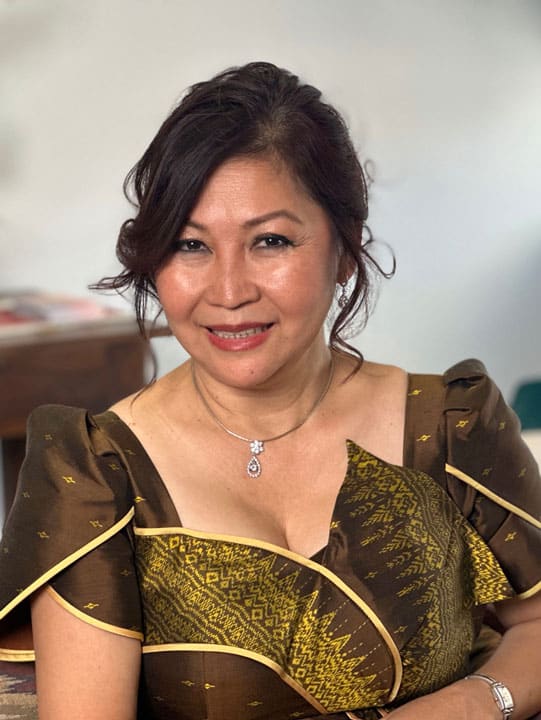
Christina Lee
Biography
Born in Phnom Penh, Cambodia, Christina Lee was about 7 years old when the Khmer Rouge took control of Cambodia in 1975.
Like thousands of others, Christina’s family was forced to leave the city to live in the jungle and work in labor camps without food or healthcare. She was orphaned during this time. After the Vietnamese military entered Cambodia, Christina and one of her aunts went to live in Sisophon, Cambodia for a while. They traveled with a Christian family to Khao-I-Dang refugee camp and were sponsored to Long Beach. Christina attended Poly High School and went on to earn a medical degree at the UCI School of Medicine. She has a private medical practice in Long Beach. Christina later became a pastor, earning her degree at the Claremont School of Theology. Christina wants others to know that Cambodians are not all victims. “We are proud of who we are, where we come from.” Christina remembers the bad times, but there were some good times as well, and she remembers those times as special.
Family Photos
Menu

Clark Tang
Biography
Clark Tang was born in Phnom Penh, Cambodia. Uncertain of the exact date, he believes he was born December 23, 1969.
When the Civil War began, his family moved to Bangkok, Thailand, but returned to Cambodia to settle close to the Thai border in Bao Pailin, Cambodia. After the Khmer Rouge took over the country, they were unable to cross back to Thailand. After the Vietnamese invasion in 1979, the family escaped to the Khao-I-Dang refugee camp in Thailand. A cousin in Texas sponsored them to the U.S. Shortly after arriving, they moved to Cincinnati, Ohio to be with an uncle. In 1983, they moved to Long Beach. After graduating from Poly High School Clark attended LBCC, CSULB, and graduated with his BA from CSUDH. He is currently a GAIN Services Worker and Business Services Specialist for Los Angeles County, but his passion is martial arts. Clark says of his life and himself, “All in all, life has struggles, challenges, tribulations, adversities, hardships, etc… These events are either breaking us or making us stronger; it’s always a choice and I choose to live as a Warrior.”
Family Photos

Dan Durke
Biography
Born in 1968 in Takeo, Cambodia, Dan’s family moved to Phnom Penh shortly before the Civil War began and then to Battambang where his father was employed as an airplane mechanic for the U.S. Air Force.
Following the Vietnamese army’s entry into Cambodia in 1979, Dan attempted to gain asylum in one of the refugee camps along the Thai border but was refused. He and thousands of other refugees were pushed back into Cambodia along the Dangrek Mountains, which was a jungle full of landmines. Many thousands of Cambodian refugees died as a result of this cruel mass atrocity. Dan crossed back into Thailand and this time gained access to Khao-I-Dang refugee camp. He was sponsored by a distant cousin to Houston, Texas, but soon moved to Long Beach, California. Dan graduated high school and went on to earn a degree in accounting at CSU Long Beach. He eventually became an accountant for CSULB and has recently retired. Dan wanted to participate in this project to record his experiences so that what happened is not forgotten.
Family Photos
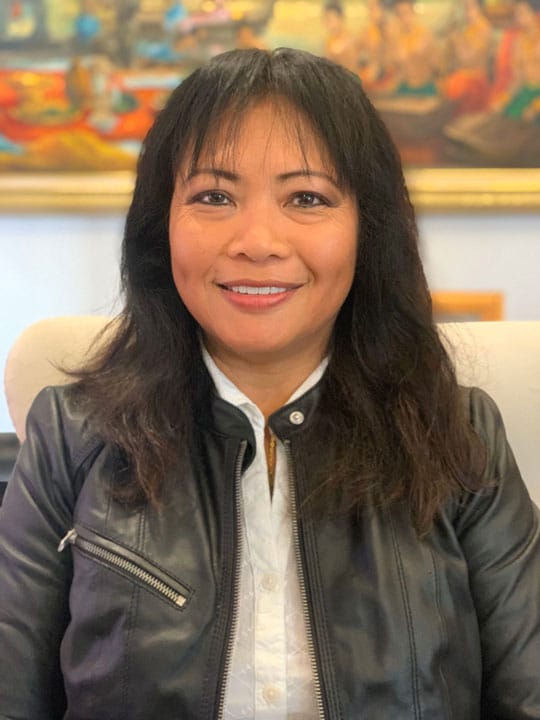
Danielle Khim
Biography
Danielle Khim was born in Phnom Penh, Cambodia in 1969. After the Khmer Rouge came to power her family members were moved into segregated labor camps.
Following the arrival of the Vietnamese military, Danielle traveled with her mother to the Thai border where they gained admission into the Khao-I-Dang refugee camp. They were sponsored relatively quickly by the International Rescue Committee. Danielle’s family settled in San Diego, California. In her senior year in high school, Danielle’s mother and stepfather moved to Rhode Island. She joined them after graduation but returned to California two years later to attend CSU Northridge. Driven by a desire to help others to find their inner strength to overcome trauma and achieve their goals, Danielle earned a certificate in hypnotherapy at the Tom Silver Institute and is now a Life Coach. Danielle is active in various events and organizations in the Cambodian Community. She is hopeful that by sharing her story she helps to empower others.
Family Photos
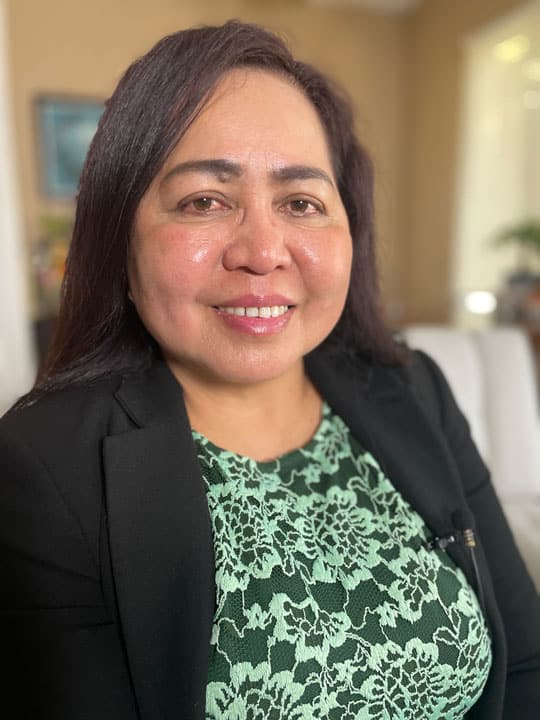
Janet Vanniroth
Biography
Janet Panhchakrong Vanniroth was six or seven years old when the Khmer Rouge came to power.
During that time, Janet and her mother lived in her grandmother’s village south of Phnom Penh. They remained there until the Vietnamese military came in 1979. They moved back to Phnom Penh for a short time, but headed for the Thai border after hearing that her father was in the U.S. The two eventually made it to Nong Samet Refugee Camp and shortly after moved to the Khao-I-Dang camp. They contacted Janet’s father, but he had remarried, so they had to find another sponsor in the U.S. Shortly after arriving in the U.S., Janet’s mother remarried and they settled in Hawaiian Gardens, California. Janet was a quick learner and after graduating from high school, she attended CSU Long Beach. She earned a degree in Business Finance. Janet is currently an Accountant at CSU Dominguez Hills and lives in Long Beach.
Family Photos
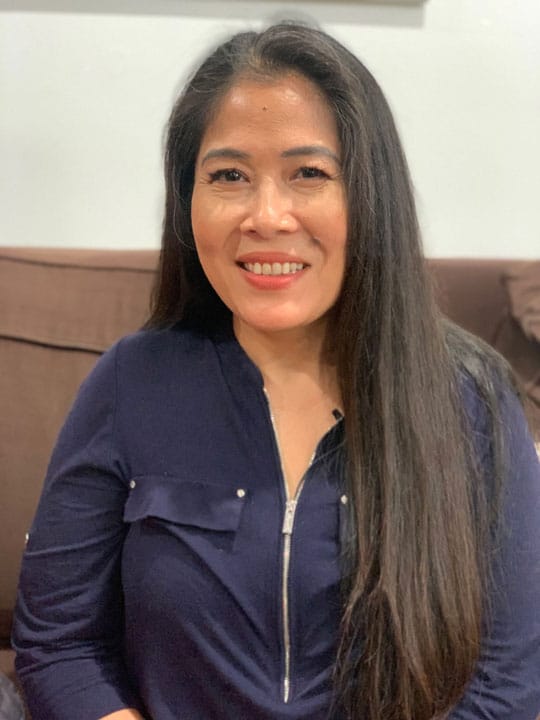
Julie Daniels
Biography
Julie was born in September 1972 on a farm in S’aang, a district in the Kandal Province, Cambodia.
She was three years old when the Khmer Rouge took over in 1975. Her family joined with her mother’s sister in Phnom Penh after being separated from her father who was an Army officer and who died at the military base. Julie was too young to work in the child labor camps and didn’t have many memories from during the Khmer Rouge years. Her family entered Kao-I-Dang sometime in 1978, very soon after the Vietnamese entered Cambodia. A church group sponsored them to come to the U.S. Julie and her family first settled in Coal City, Illinois and moved several times before settling permanently in Long Beach, CA. She has a master’s in business administration and works as the Academic Administrative Assistant at Long Beach City College. Julie has been involved in many Cambodia Town initiatives through volunteering. She is also founder of C-NOW (Cambodians Networking Our World) whose mission is to inform, connect, and engage the Cambodian community.
Family Photos
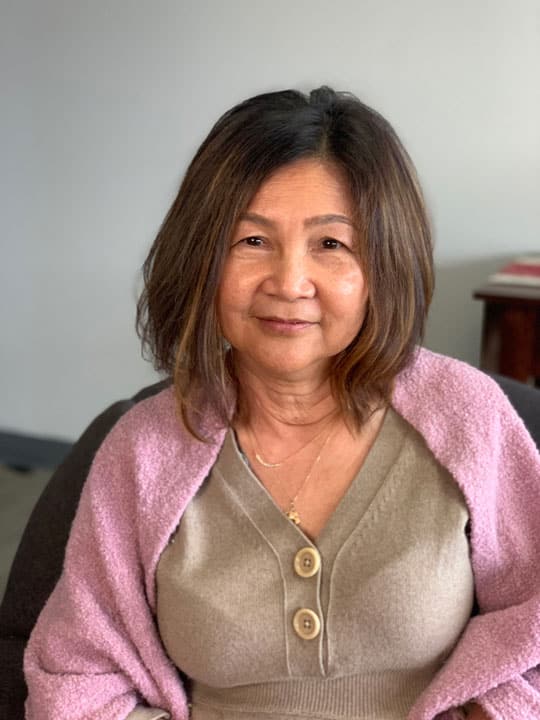
Kam Lou Lopez
Biography
Kam Lou Lopez was born in Chbar Ampov, a small village southeast of Phnom Penh, which is now part of the greater Phnom Penh metropolitan area.
Kam was six or seven years old when Phnom Penh fell to the Khmer Rouge. The family was forced to move to a mountain area in Pursat where Kam was assigned to a child labor camp. When the Vietnamese entered Cambodia, the family was caught between the retreating Khmer Rouge soldiers and advancing Vietnamese. They returned to Chbar Ampov for a short time, but then headed for the Thai border and into the Khao-I-Dang refugee camp. Kam’s brother sponsored them to Murfreesboro, Tennessee where Kam attended high school. About one year later they moved to join an aunt in Los Angeles. She graduated from CSU Los Angeles with a degree in marketing, but found her passion was working as an advocate for victims of domestic violence and sexual assault. Kam is currently a Services Coordinator III, working with low-income API older adult immigrants with limited English.
Family Photos
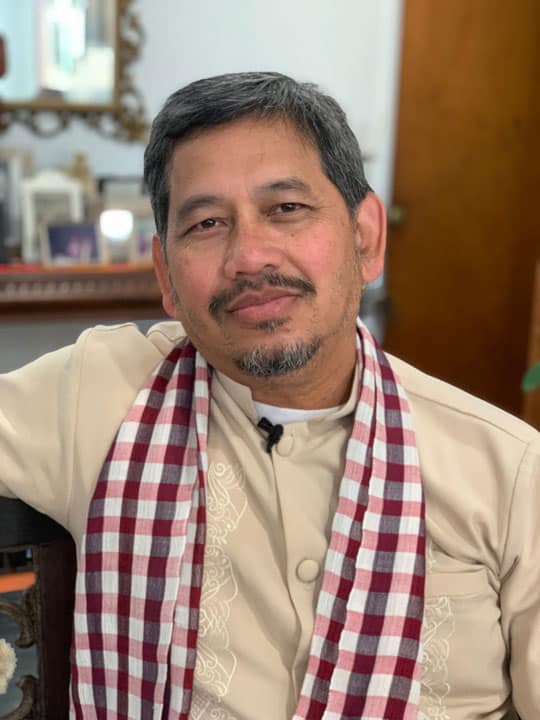
Monorom Neth
Biography
Born in Phnom Penh, Cambodia, Monorom was five or six years old when the Khmer Rouge took control of the country in 1975.
He and his family were part of the mass evacuation from the city. After walking for days, they were put on a truck and then a train that took them to a small village near Battambang in northwest Cambodia. Monorom’s family was separated into different labor camps, but because he was so young, he stayed with his mother who worked in the fields all day. One of his fondest memories from that time was when his mother brought him a handful of rice with some rock salt. After the Vietnamese entered Cambodia in 1979, Monorom and his mother reunited with some remaining extended family. Together they made the dangerous journey to the Khao-I-Dang refugee camp in Thailand. An uncle, who was evacuated from Cambodia in 1975, was living in Norwalk, California and he sponsored the family to the U.S. in 1983. Monorom is concerned about how the genocide he lived through overshadows the rest of Cambodia’s 2000-year history. He volunteers in the community to help preserve and teach about Cambodian culture so the next generation will know their culture is so much more.
Family Photos
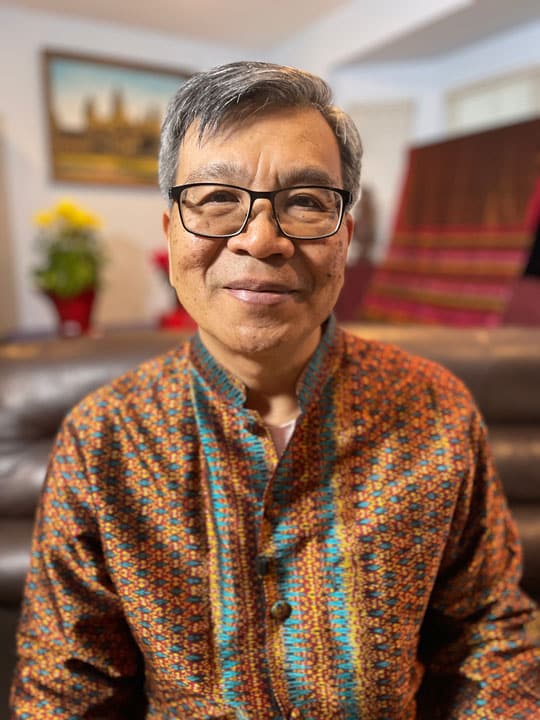
Namoch Sokhom
Biography
Namoch Sokhom was born in 1965 in Kampong Cham, Cambodia, a mid-sized city situated on the Mekong River, north of the capital, Phnom Penh.
In 1970, to avoid the spreading civil war, Namouch’s father moved the family to Phnom Penh, and then to Battambang, close to the border with Thailand. After the Khmer Rouge took control of the country, Namoch’s family was separated into different work camps. They reunited in 1979, after the Vietnamese military entered Cambodia. The family escaped across the Thai border to the Khao-I-Dang refugee camp. Lutheran Services sponsored them to Minnesota, where Namoch completed high school and went on to earn an MBS in management from St. Olaf University. Namoch returned to Cambodia shortly after the country reopened to work with the International Monetary Fund but returned to the U.S. in July 1997 after a violent coup by the current ruling party. He moved his family to Los Angeles shortly after returning from Cambodia. He is currently the Director of the Business Development Center and Lending Program at a Community Development Financial Institution.
Family Photos
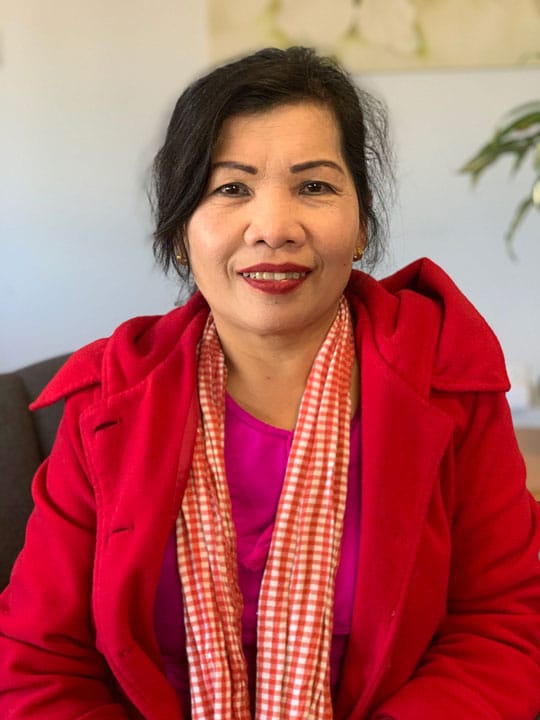
Rom Hoy
Biography
Rom Hoy was born in 1967 in Sovanna Vong Trang village in Battambang Province, Cambodia.
Her family owned a farm with a nice house. When the Khmer Rouge took control of the country, their home, fields, and animals were confiscated and they were separated into different labor camps. After the Vietnamese entered Cambodia in 1979, there was nothing left of their farm, so they escaped to the Thai border and entered the Khao-I-Dang refugee camp. After several years, they located an uncle living in Long Beach who was willing to sponsor them and, in 1985, they were finally able to leave for the U.S. Rom was 18 years old and could not attend school, so she studied Electronic Assembly and attended night classes in English at Wilson High School. She wants Cambodians to remember they are Khmer. For Rom, “Coming to America was like I was born again,” but she cautions her generation to not forget Cambodia.
Family Photos
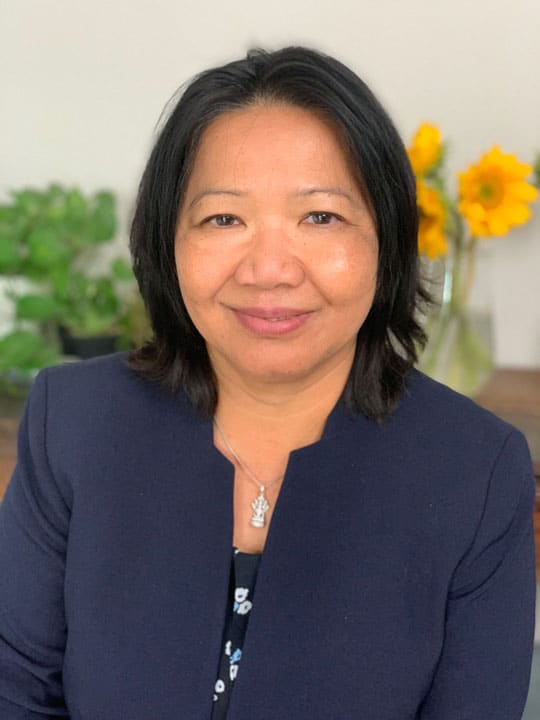
Sara Pol-Lim
Biography
Sara Pol-Lim was born on August 21, 1966, in Phnom Penh, Cambodia.
On April 17, 1975, the Khmer Rouge entered the city and like thousands of others, Sara’s family was forced out of their home into labor camps in the Cambodian countryside. Following the entry of the Vietnamese military in 1979, she and her mother reunited with extended family. They learned that one of her uncles had been evacuated to California in 1975 so they made the dangerous journey to the Khao-I-Dang refugee camp across the border in Thailand to try to contact him. They arrived in the U.S. in 1983 and settled in Gardena, California. Sara always loved learning. After high school, she attended El Camino Community College and then CSU Long Beach. While working full time for the Orange County Department of Social Services, she completed her degree at National University and earned a masters from Chapman University. Sara began working at the United Cambodian Community in Long Beach in 1998 and became the first woman Executive Director in 2007. She returned to CSU Long Beach and, in 2018 earned a Doctorate in Educational Leadership, which she uses to inspire the next generation to invest in their education. Sara acknowledges that the course of her childhood changed on April 17, 1979. She says, “as a survivor of the genocide, you feel a sense of responsibility to ensure that what happened to you doesn’t happen to any other kid.”
Family Photos
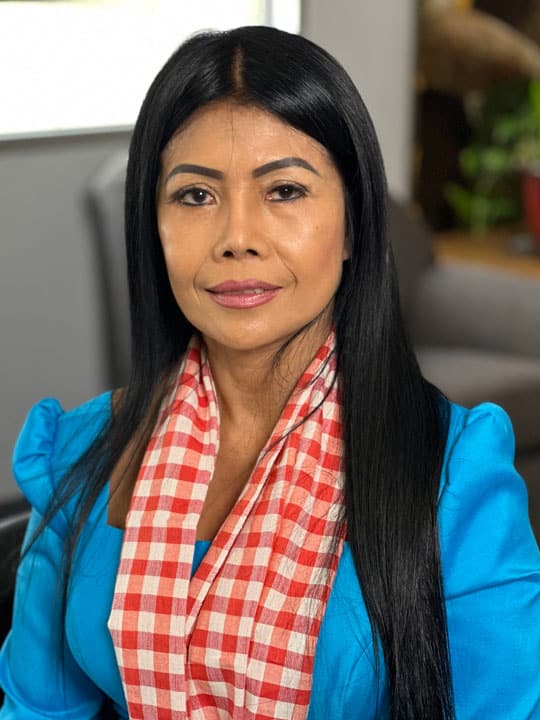
Sithy Yi
Biography
Sithy was born in Phnom Penh, Cambodia in 1966.
When the Khmer Rouge took control of Cambodia in 1975, her father was out of the country and could not return. Sithy, her mother and two siblings were sent to Koh Chheu Kmao and later to Battambang. Sithy developed a fever and was sent to a makeshift hospital. After recovering, she proved to be very good at gathering ingredients for medicines and was assigned to stay at the hospital to help. Concerned for her family, Sithy began to secretly take medicine and extra food to them which was very dangerous and could result in her execution. Sithy was severely beaten several times and made to watch executions as a warning of what would happen to her if she continued taking food to her family, but she didn’t stop. The day the soldiers announced they were going to kill Sithy and her family was the same day the Vietnamese arrived, and the family was spared. The family escaped to Thailand and entered the Khao-I-Dang refugee camp. They were sponsored to the U.S. by an uncle living in Long Beach and arrived in August 1981. Sithy never spoke about the beatings or the atrocities she witnessed to anyone, not even her family. She suffered debilitating anxiety and seizures which impaired her ability to learn. Sithy also struggled with life in the U.S. She was incarcerated but saved from deportation through the United Nations’ Convention Against Torture and Other Cruel, Inhuman or Degrading Treatment or Punishment. Sithy wanted to share her story in order to help others who have faced trouble like she has. She believes it is important to share: “Do not hide the problem. Speak out so they can help us. If we do not speak out and keep it to ourselves, it creates a bigger problem for ourselves and then no one can help us.”
Family Photos
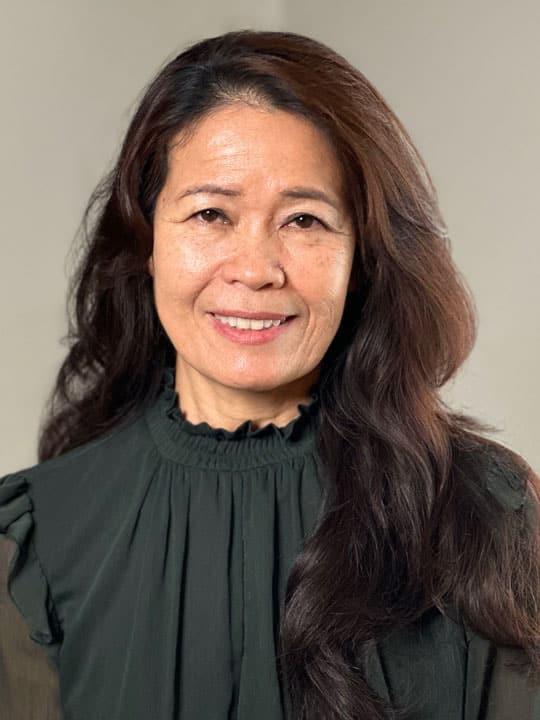
Sophy Khut
Biography
Sophy Khut was born October 8, 1965 in Chong Kal Village, Oddar Meanchey Province in northwest Cambodia.
She was 10 years old when the Khmer Rouge took control of the country. Having been a member of the local National Guard, her father and extended family of 15 were to be executed, so they fled barefoot and without food through the jungle to the Thai border. The family was sponsored by and uncle who was already in the U.S. They settled in Longview, Oregon. Sophy did well in school and got involved in sports. She and her siblings were bullied at first, but eventually made lifelong friends with the other children. After high school, Sophy went to Oregon State, earning a B.A. in Finance and Psychology. She opened her first restaurant, called Apsara, in 1990 in Beaver, Oregon. Wanting to be in a larger Cambodian community, Sophy moved to Long Beach, bought a Chinese restaurant and transformed it into a Cambodian restaurant. When asked about her life, Sophy says, “I think if you can put your heart and determination to be somebody, to help somebody, to forgive somebody, I think you can do it. Anybody can do it, as long as they believe it.”

